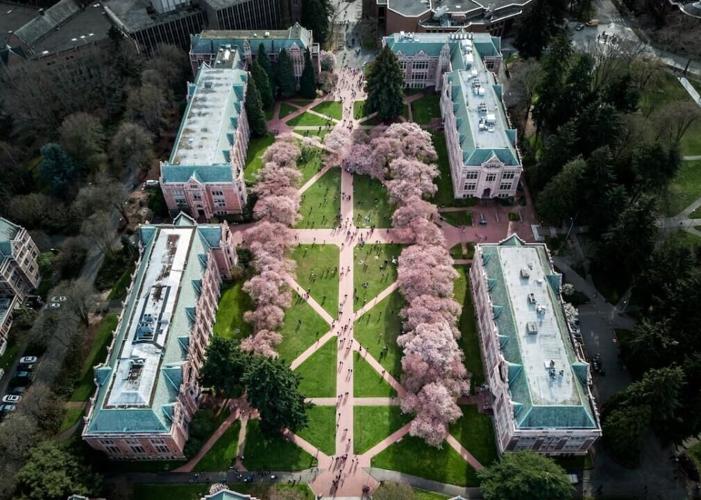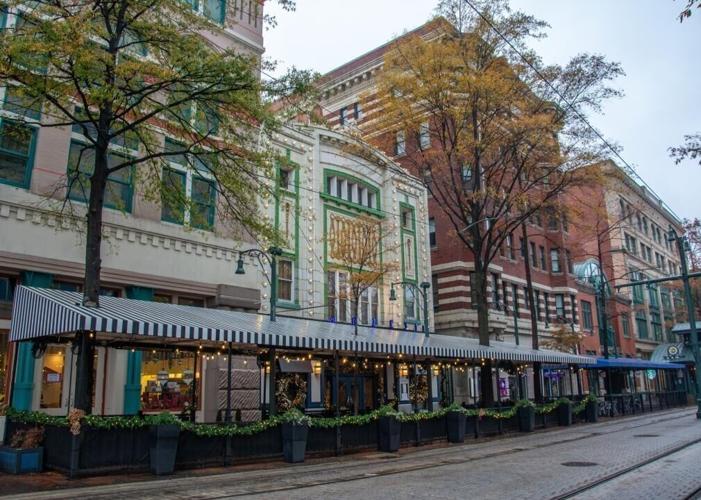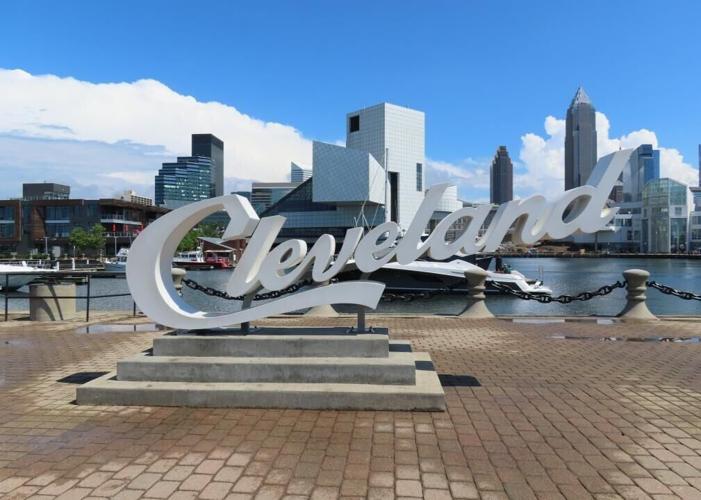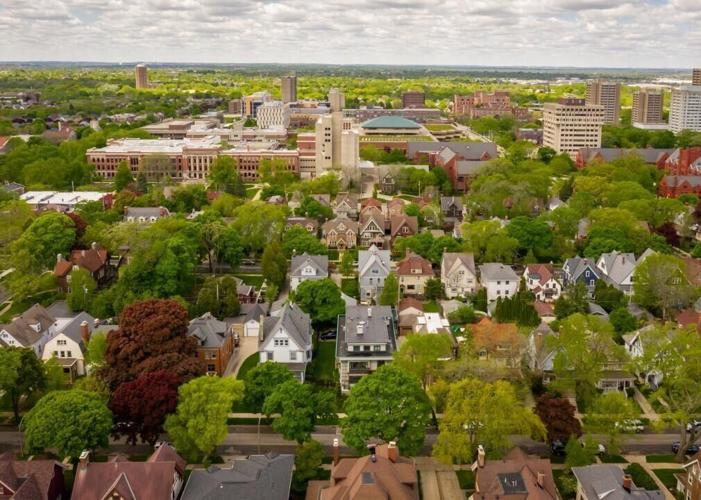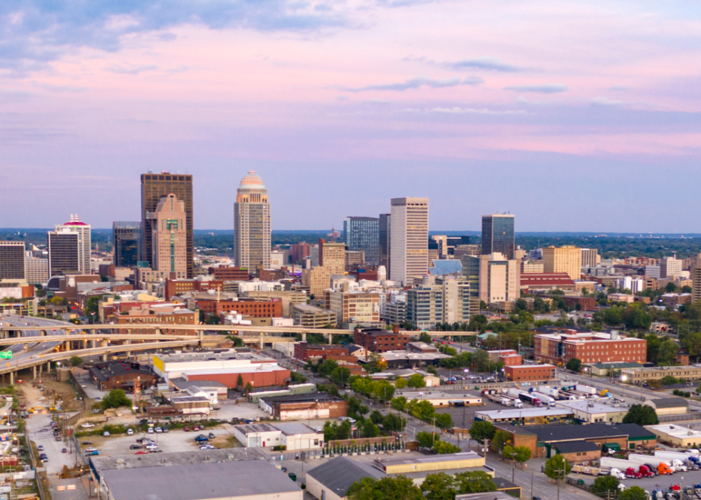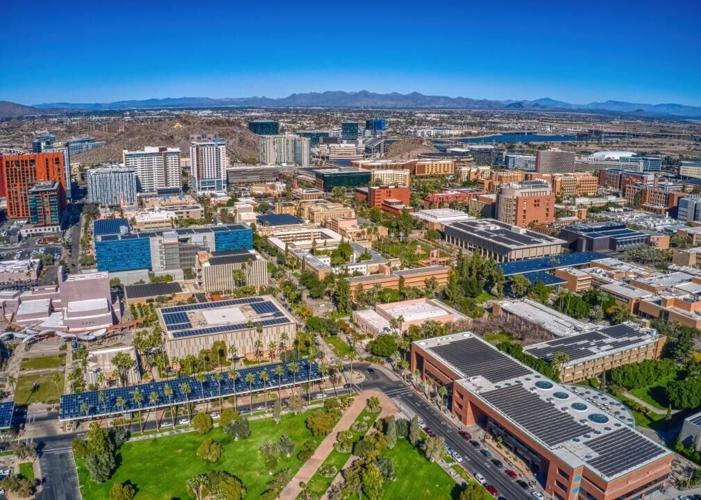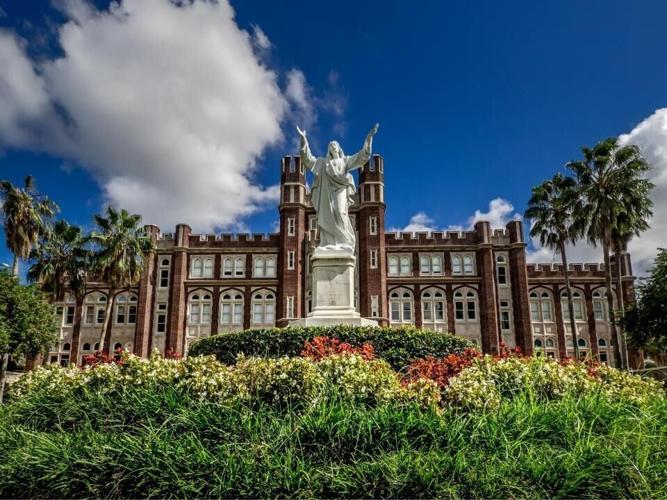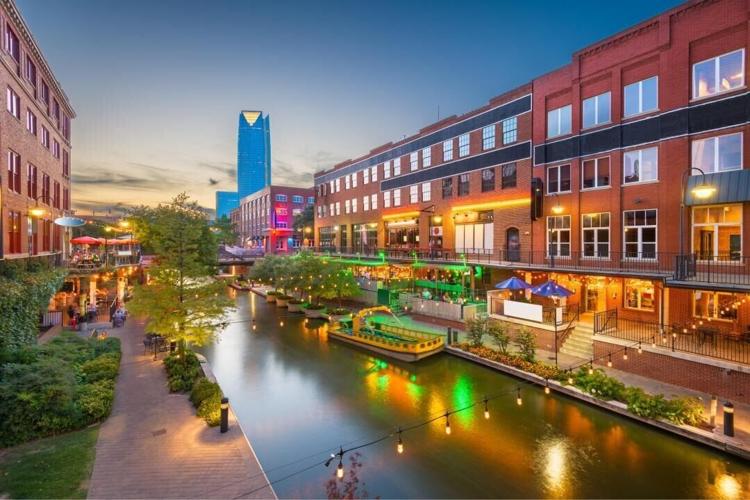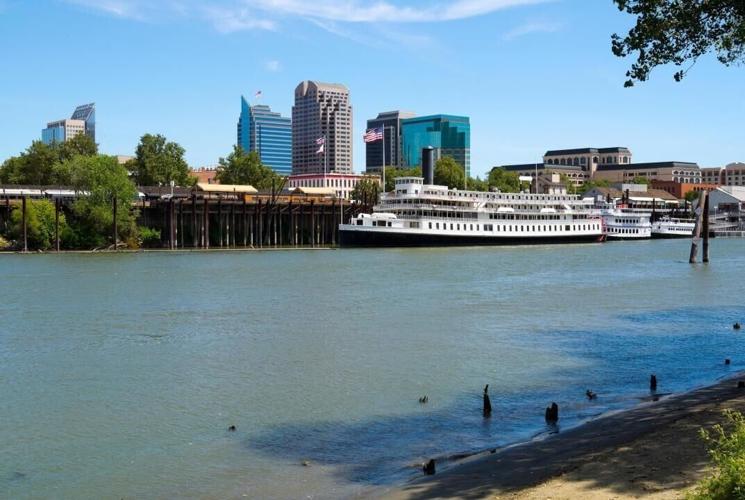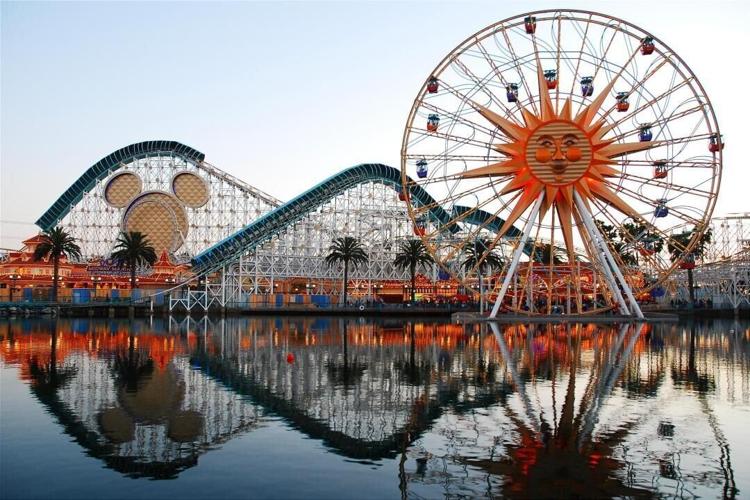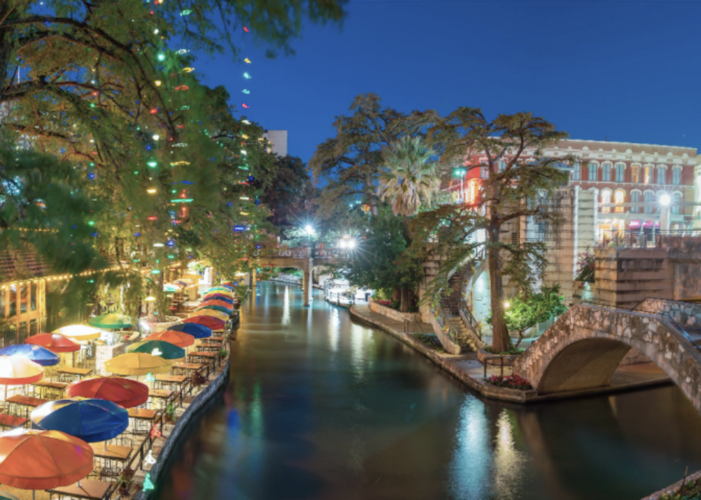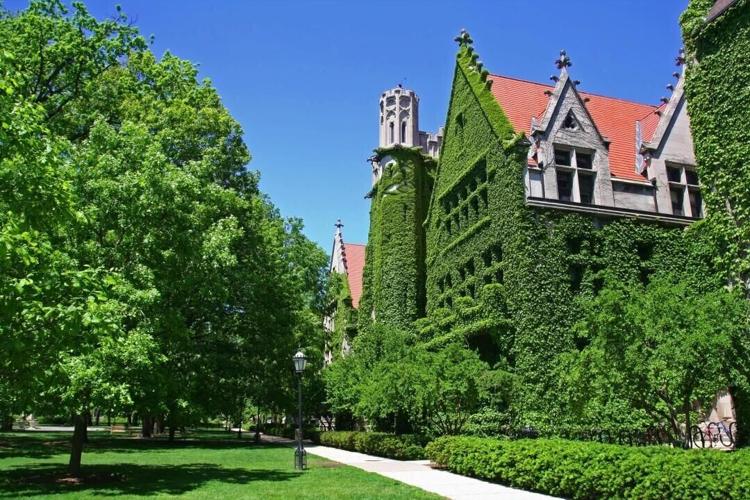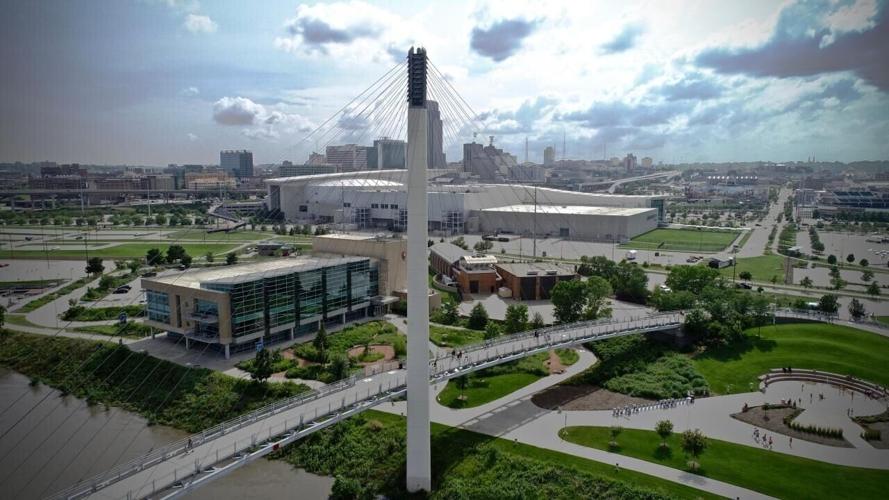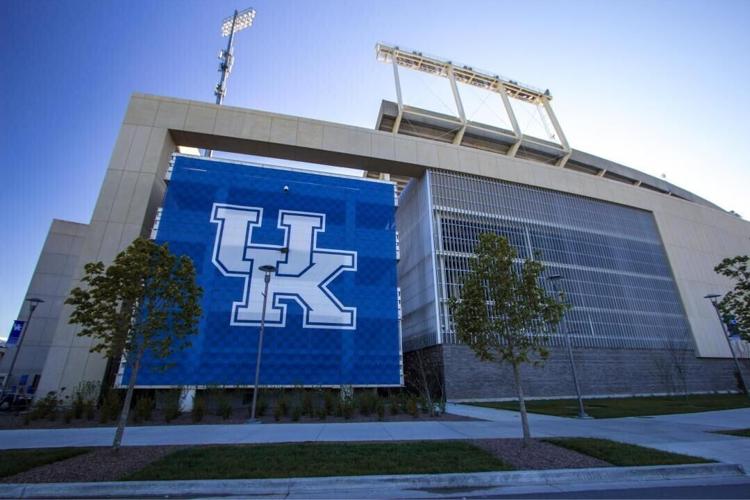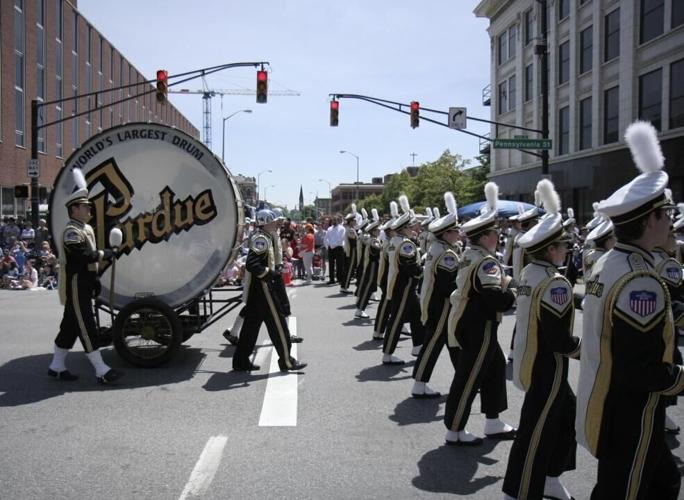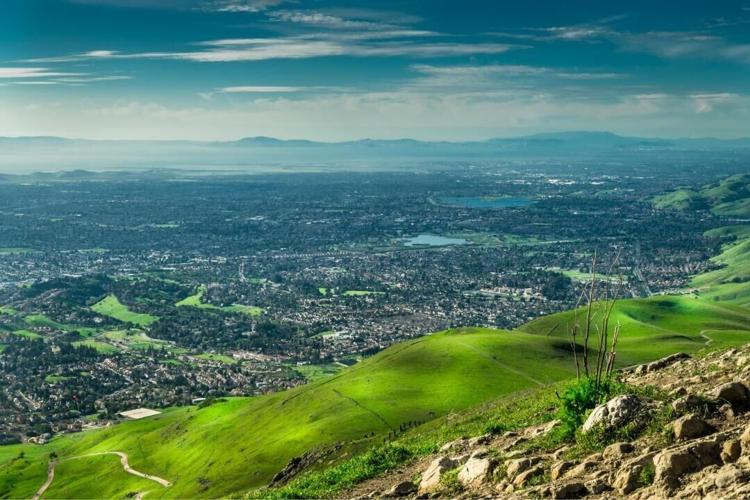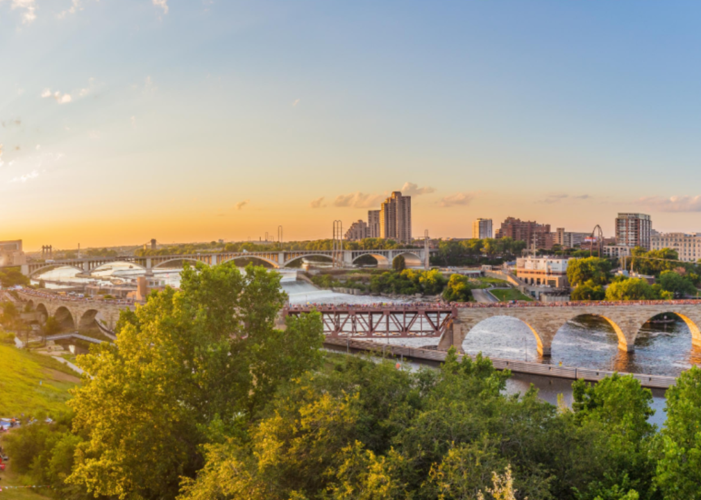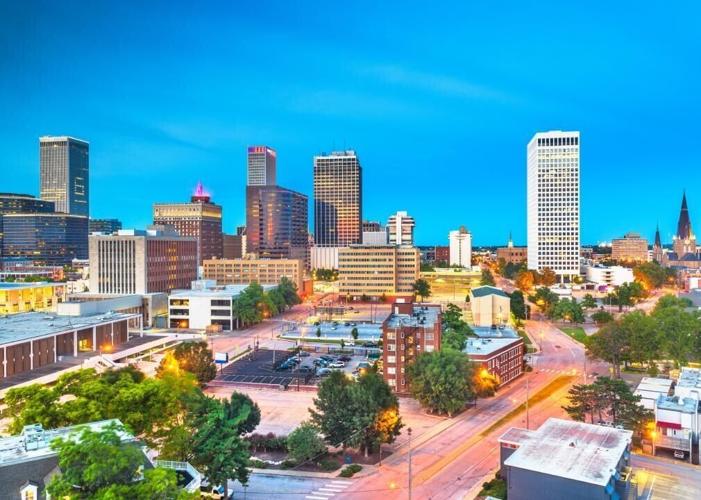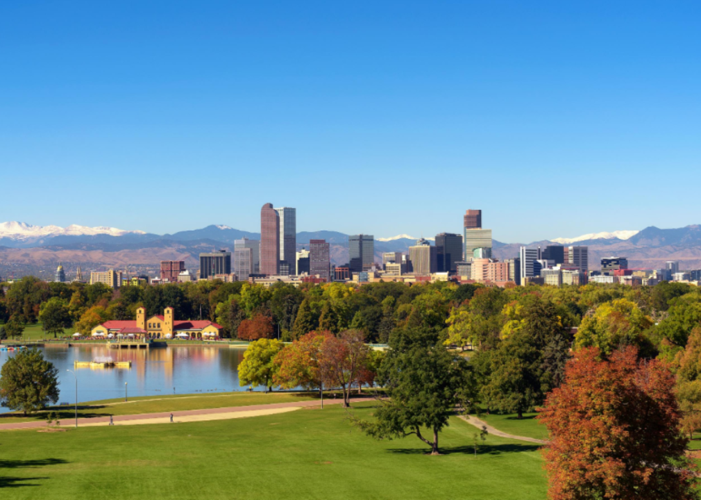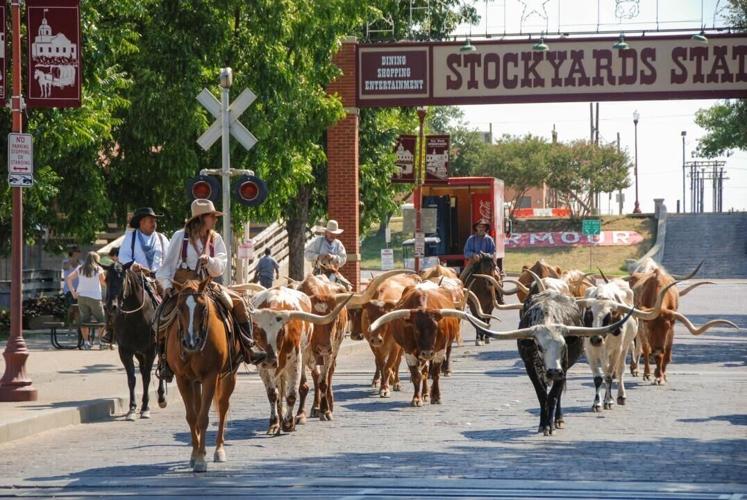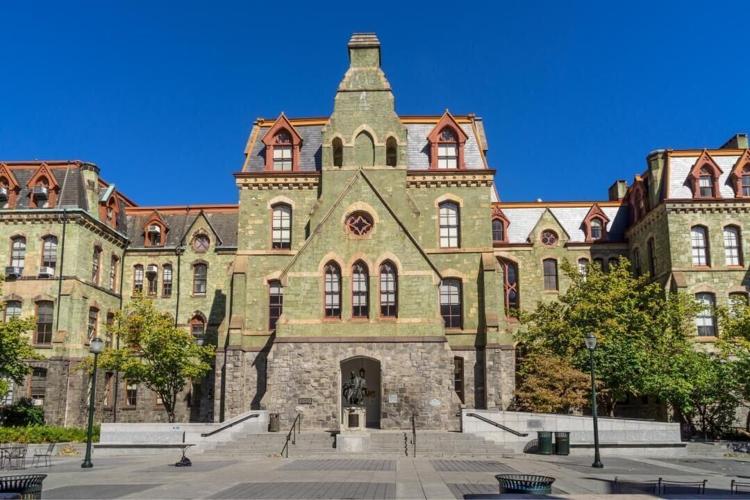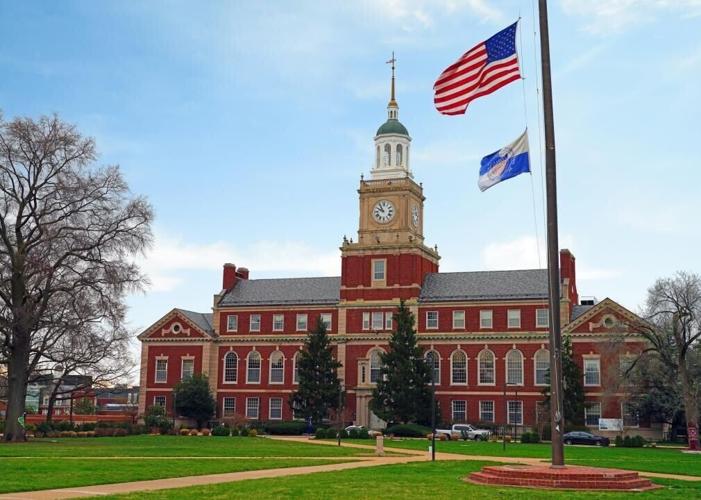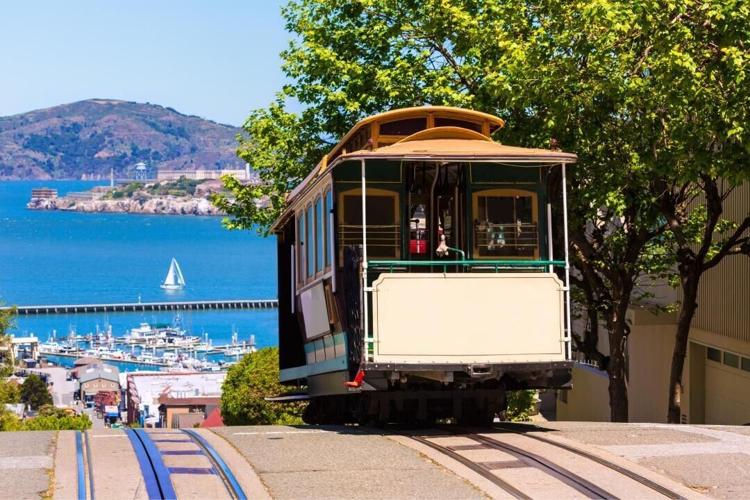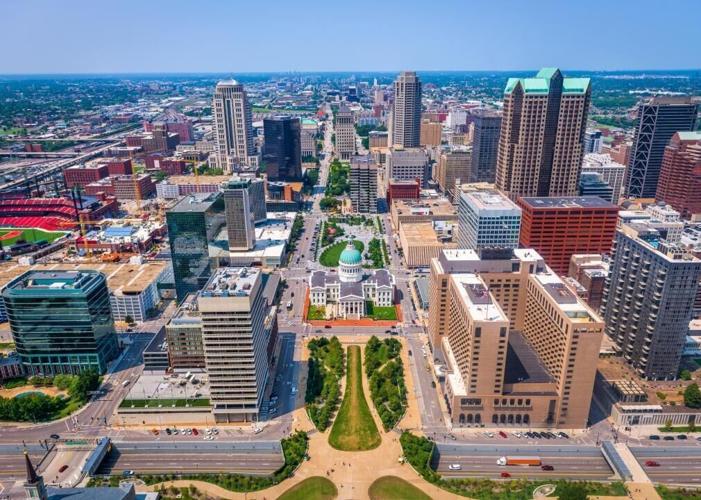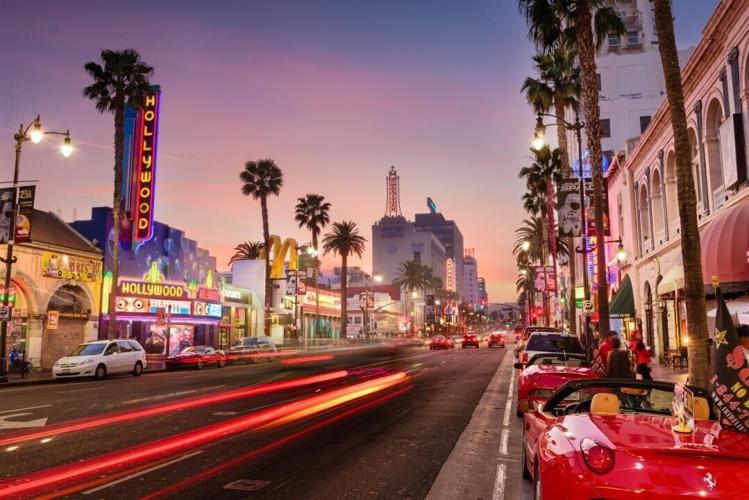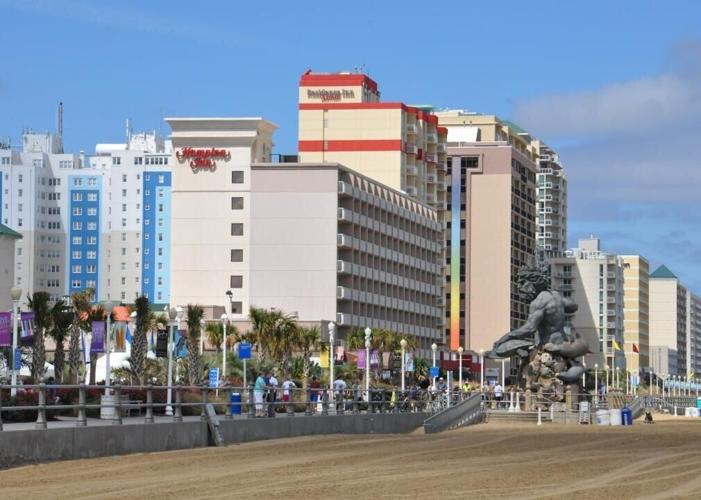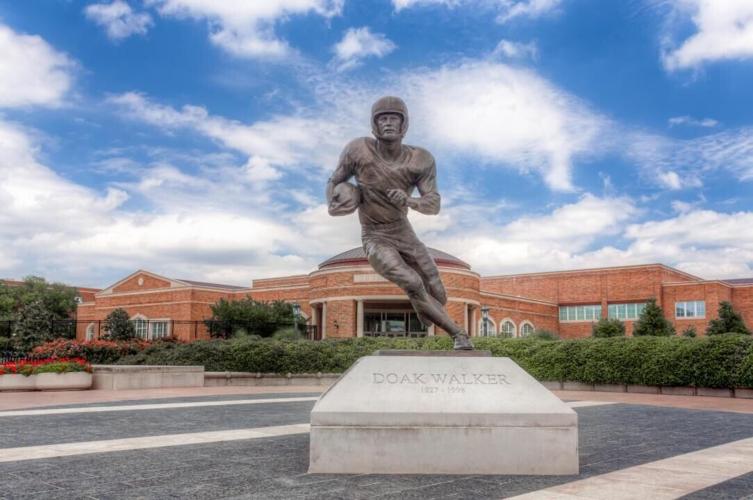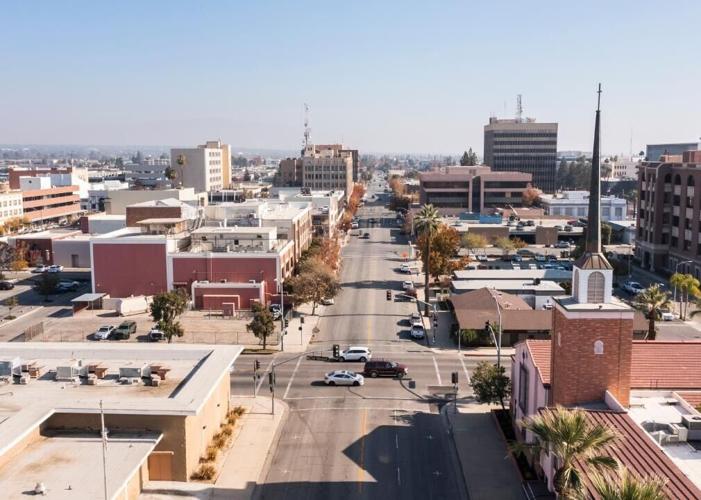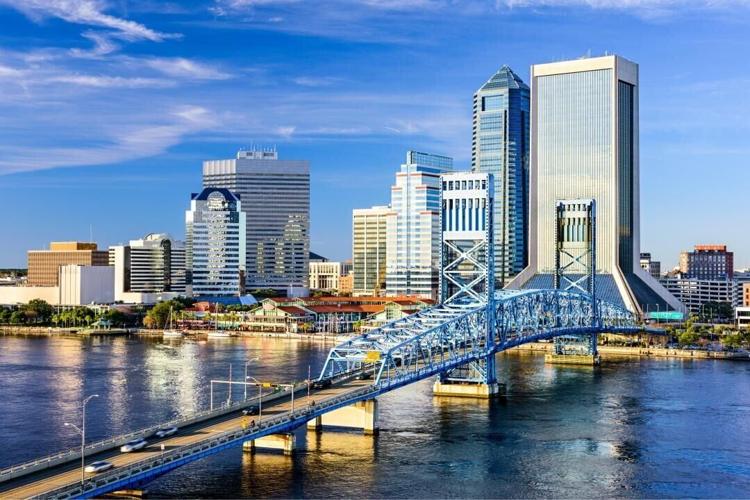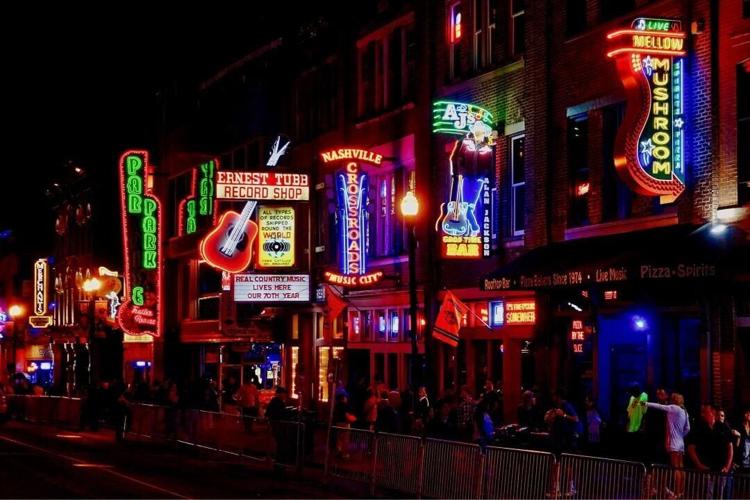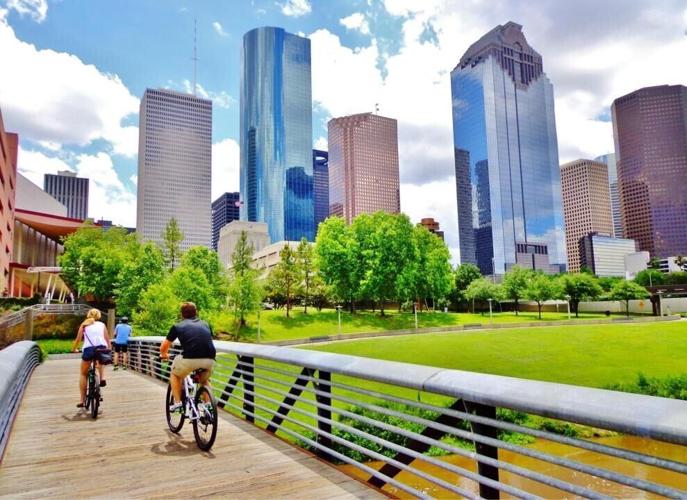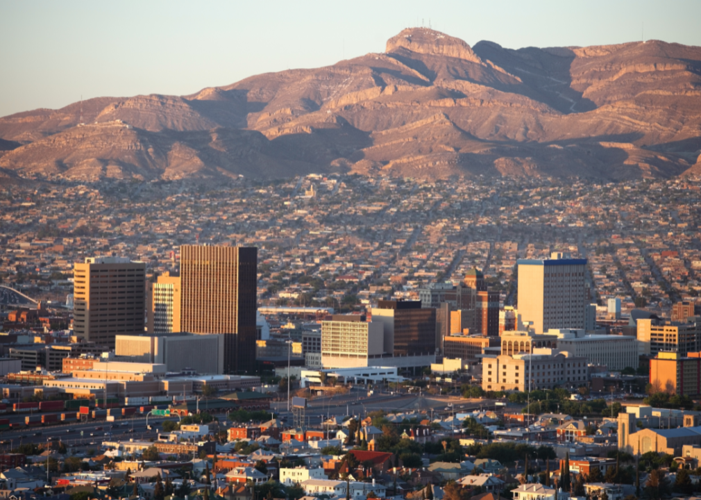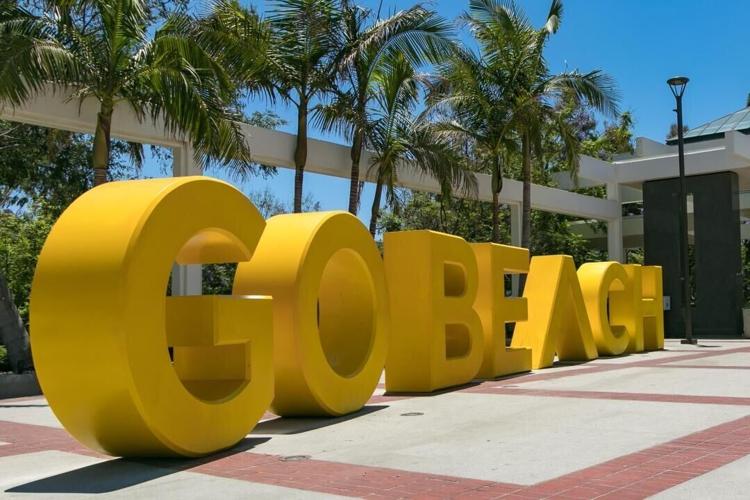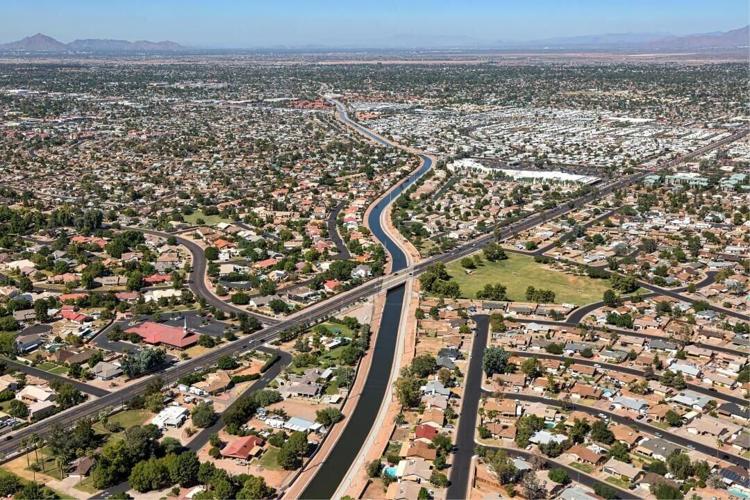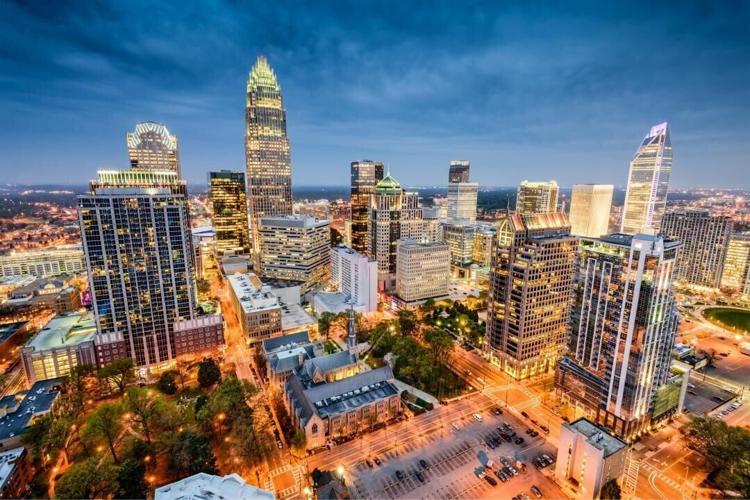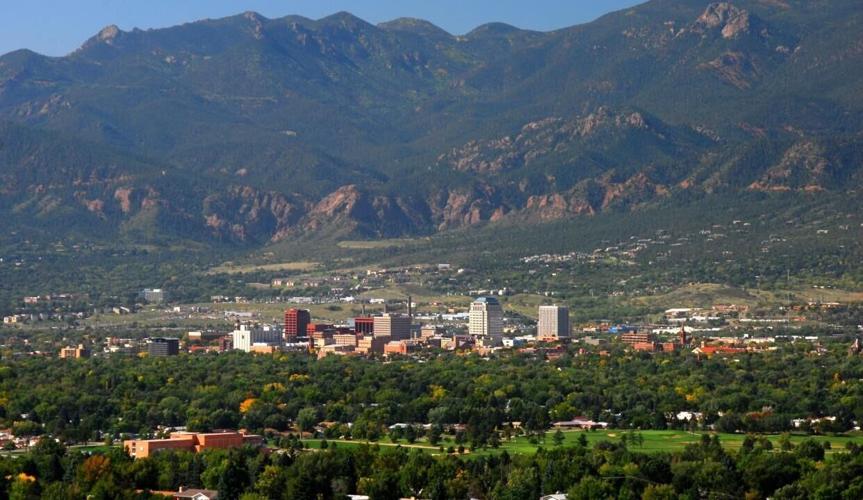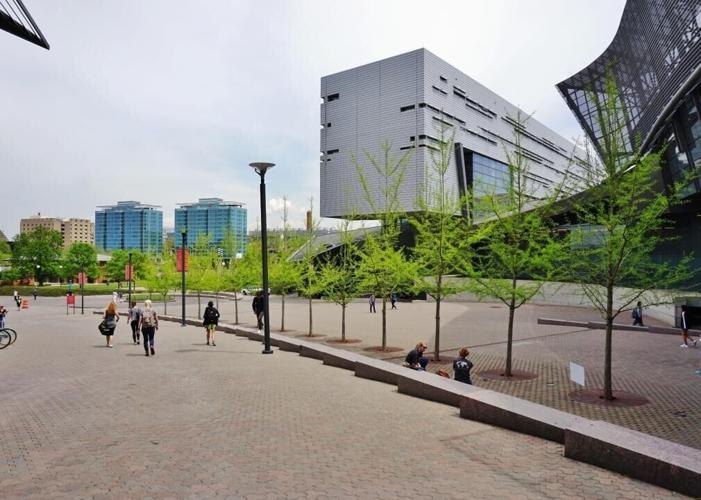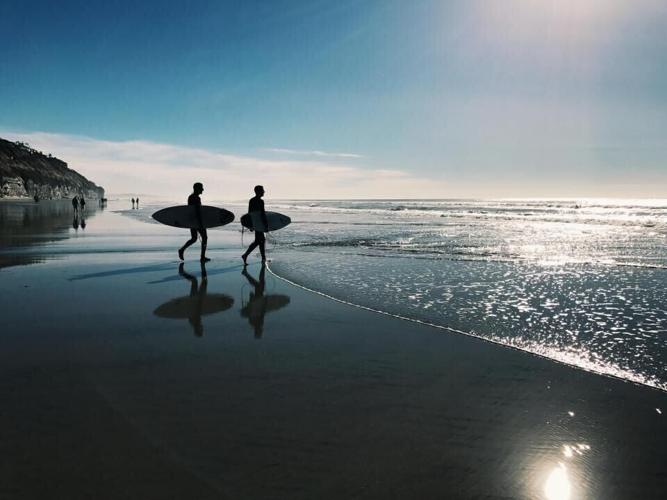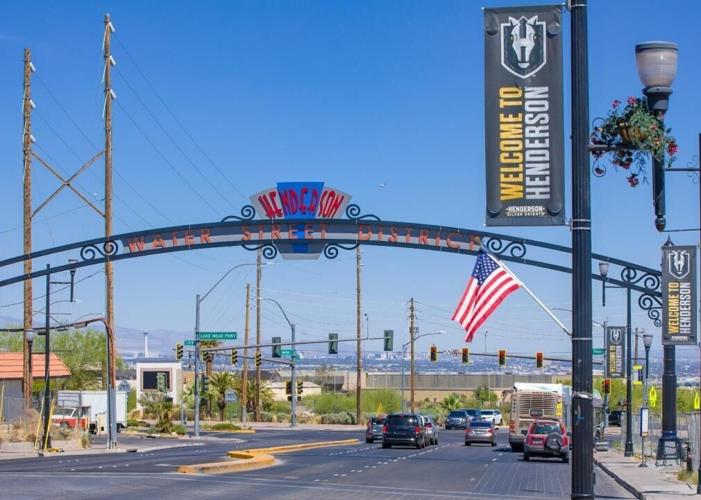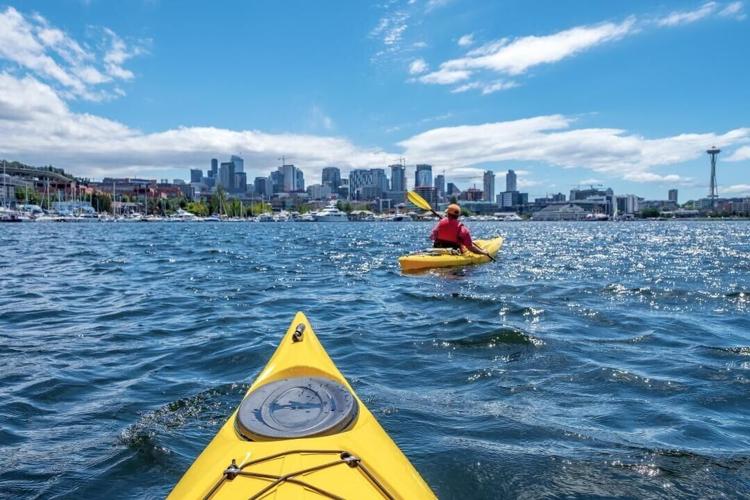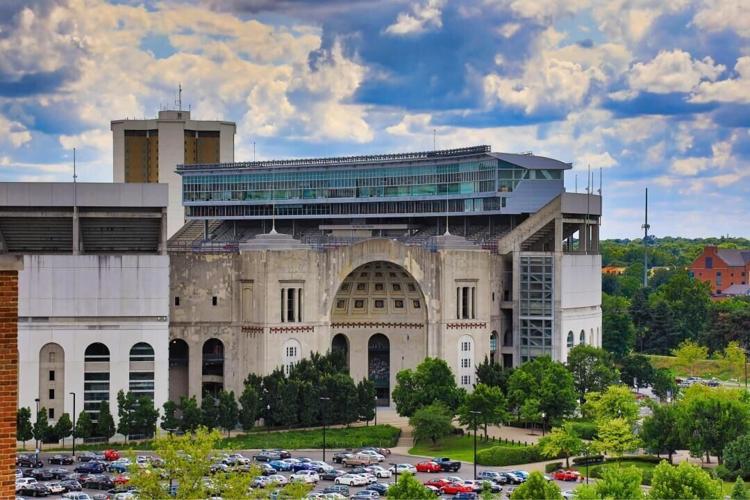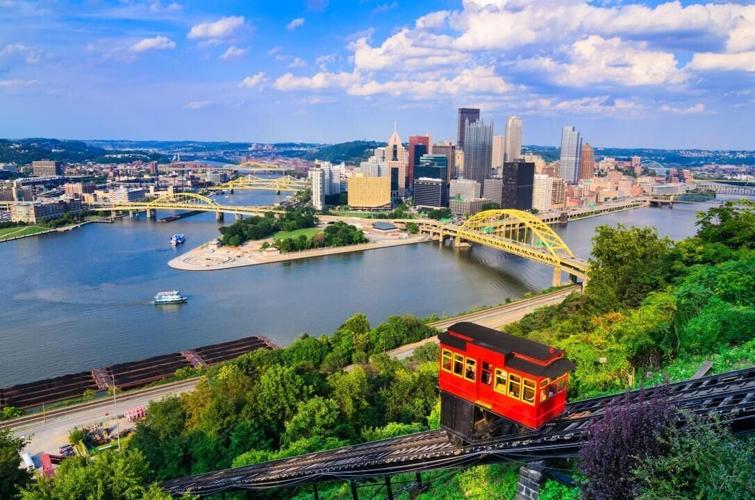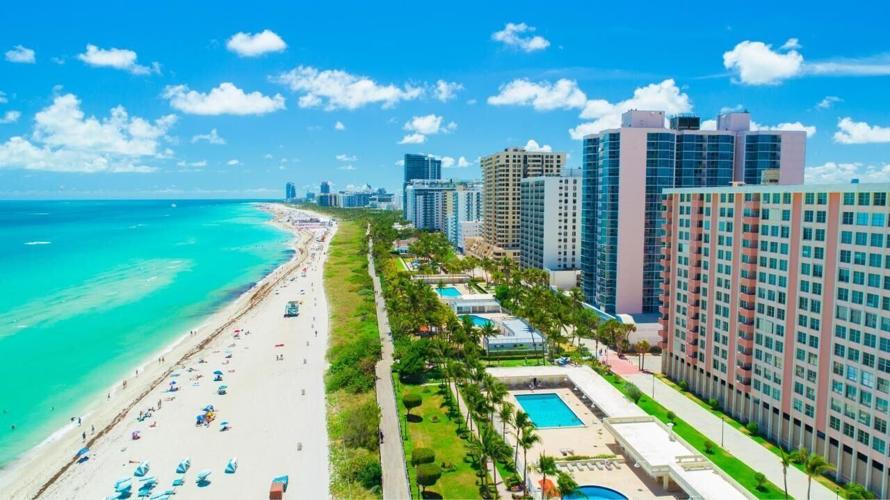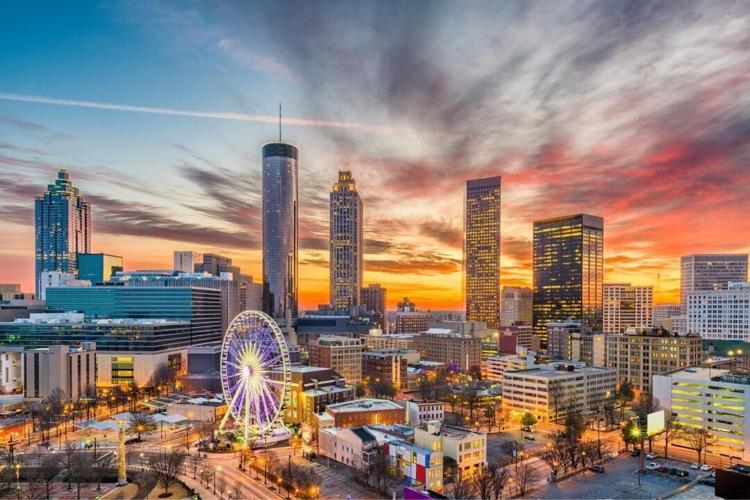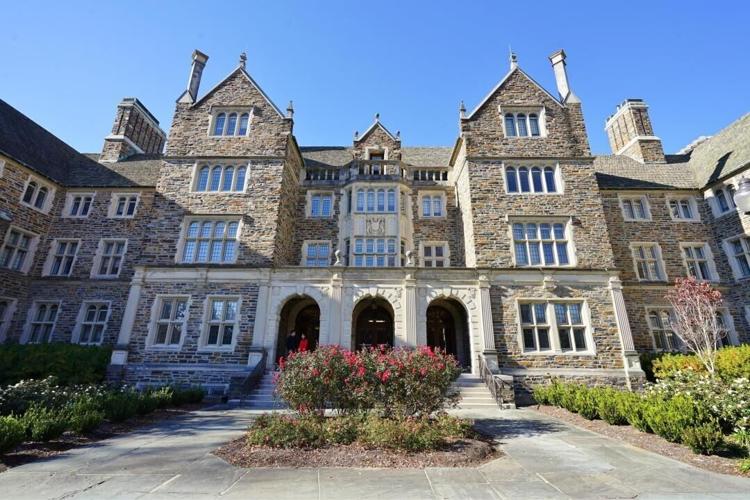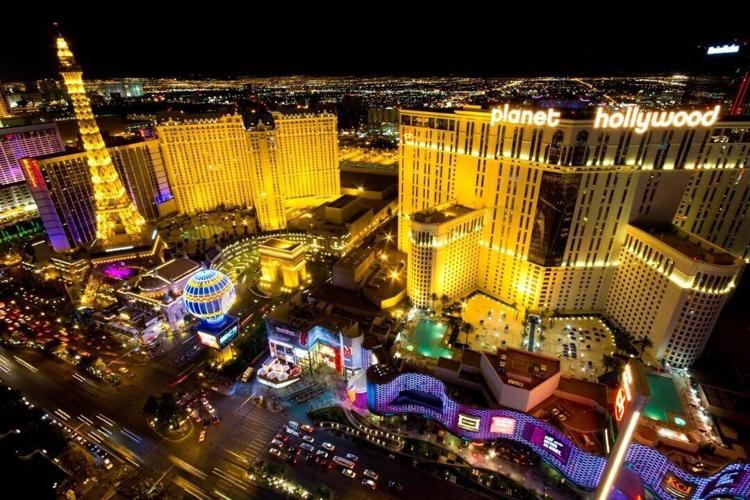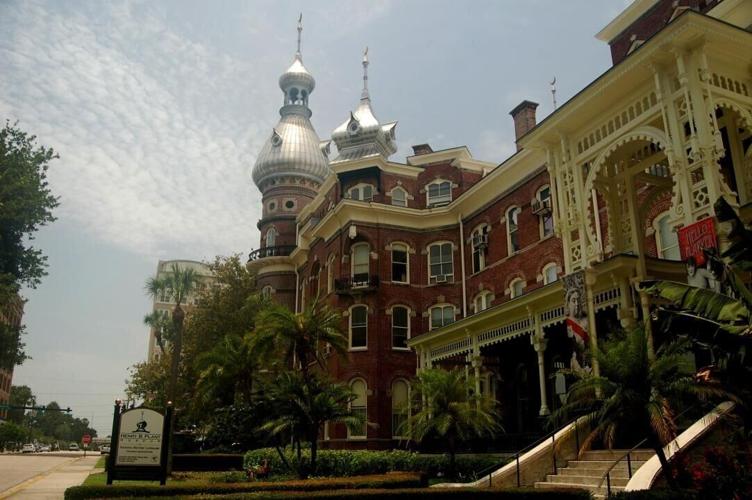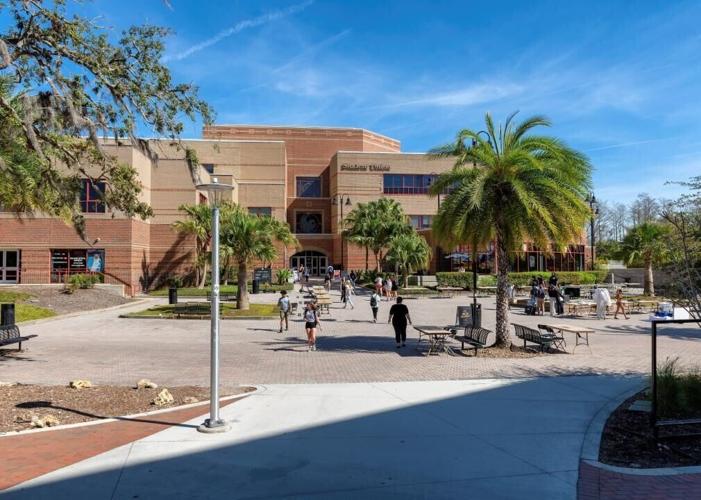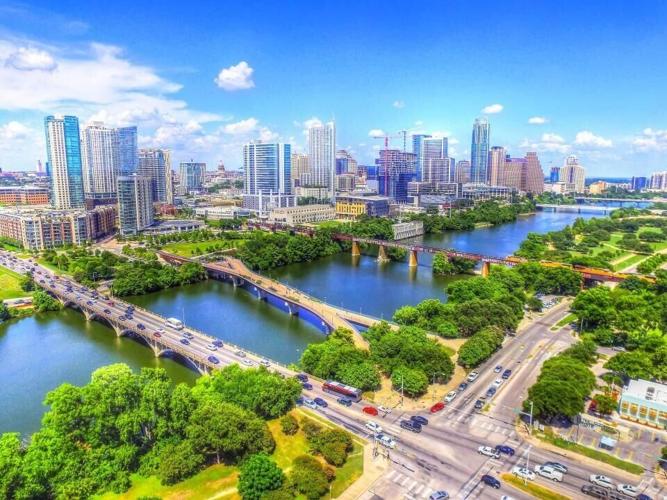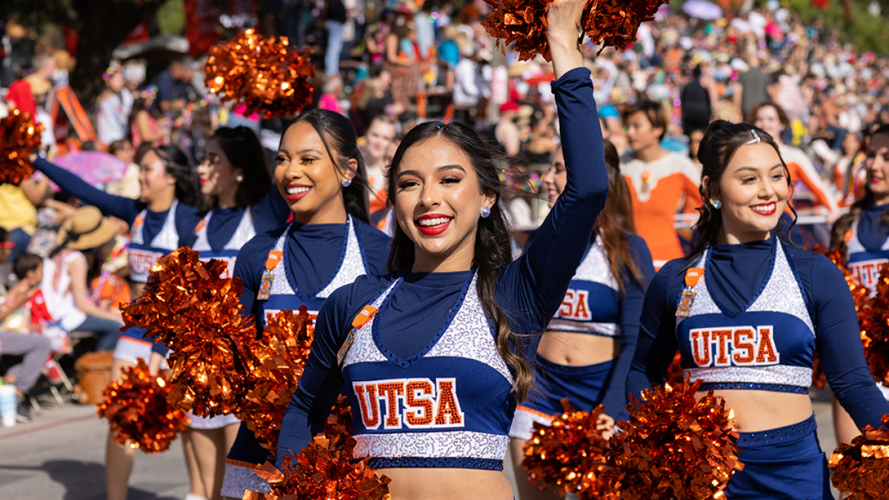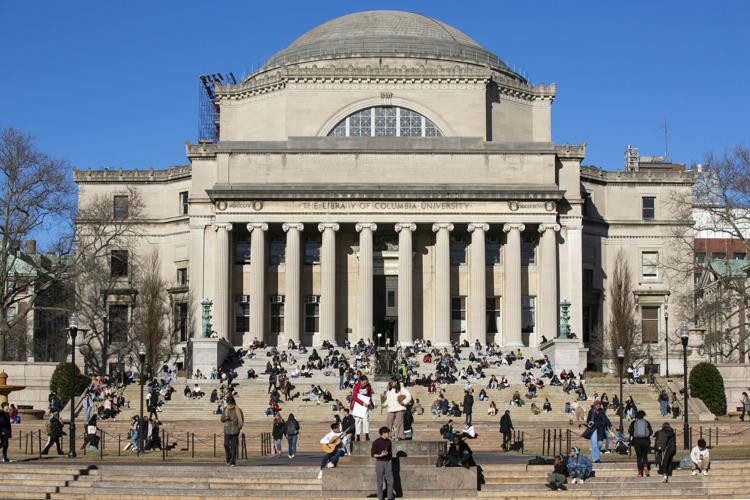WASHINGTON ‚ÄĒ The Trump administration's with Columbia promises to bring stability to a university in crisis. It also delivered a crucial win to President Donald Trump in his campaign to .
At colleges around the country, the deal clarifies the stakes for anyone weighing whether to fight the administration's demands or concede.
Columbia agreed Wednesday to pay more than $220 million to the federal government to restore that was canceled in the name of combating antisemitism on campus. That decision offers a contrast to the path taken by , which lost billions of dollars in government funding as its legal battle with no end in sight.
People are also reading…
Yet the Columbia deal also raises questions about university independence as the school submits to closer federal oversight.
No sooner had Trump announced the deal than he sent a warning: Numerous other universities, he said, "are upcoming."
The deal is the first to settle a federal antisemitism investigation since Trump returned to office. It's also the first agreement with a university touching on so many elements of the president's agenda, from admissions and campus protests to women's sports and diversity, equity and inclusion programs.
Columbia agreed to some provisions similar to those Harvard rejected and called a dangerous precedent. The settlement requires the hiring of new faculty in Jewish studies and a review of academics to ensure "balance." Columbia will be placed under the watch of an independent monitor and ordered to disclose hiring, admission and discipline data to be audited for compliance.
Still, in what Columbia described as a victory for university autonomy, the agreement includes a clause saying the government has no authority to dictate hiring, admissions decisions or the content of academic speech. University acting President Claire Shipman said it was "carefully crafted to protect the values that define us" while restoring the university's federal research funding.

Students sit on the front steps of Low Memorial Library on Feb. 10, 2023, on the Columbia University campus in New York City.
Where some see pragmatism, others see capitulation
Some at Columbia called it the best feasible outcome. Some called it capitulation.
Rep. Jerry Nadler, D-N.Y., a Columbia graduate whose district includes the Manhattan campus, called it a "cowardly" agreement. Columbia effectively waved "the white flag of surrender in its battle at the heart of the Trump Administration's war on higher education and academic freedom," he said.
Columbia was threatened with the potential loss of billions of dollars in government support, including more than $400 million in research grants canceled earlier this year.
David Pozen, a law professor at Columbia, said the settlement raises legal questions about Trump's strategy. Instead of applying a single standard across all of higher education, Pozen said, Trump relies on one-off deals with individual universities as a condition to regain federal funding.
"In short, the agreement gives legal form to an extortion scheme," he said.
The American Council on Education, which represents hundreds of university presidents, exhorted the administration to "return to following the rule of law."
"This cannot be a template for the government's approach to American higher education," said Ted Mitchell, the group's president. "Columbia was put in an untenable position by the outrageous actions of the executive branch of the government."
Lawrence Summers, a former Treasury secretary and former president of Harvard, called the settlement an "excellent template" for agreements with other universities. He said it preserves Columbia's independence while addressing antisemitism and renewing a focus on merit.
"This may be the best day higher education has had in the last year," Summers wrote on the social media platform X, formerly Twitter.

Demonstrators protest April 17, the Day of Action for Higher Education, outside the Columbia University campus in New York.
Dozens of colleges face federal investigations
Dozens of campuses are under federal investigation for allegations related to , DEI and in women's sports. Trump saved his strongest rebuke for elite private universities, yet his administration also recently turned attention to big public universities including .
Among Trump's backers, the Columbia agreement is seen as a first step to counteract the liberal bias they say permeates college campuses.
Education Secretary Linda McMahon called Columbia's reforms a roadmap for universities looking to regain public trust. "I believe they will ripple across the higher education sector and change the course of campus culture for years to come," she said.
The settlement followed smaller wins for the administration, including a recent deal with the University of Pennsylvania over transgender swimmer Lia Thomas. Penn agreed to modify school records held by Thomas and to apologize to female athletes "disadvantaged" by Thomas' participation.
Days earlier, the University of Virginia's president agreed to resign amid a Justice Department investigation over DEI policies.
Many university presidents rallied behind Harvard in its fight against the Trump administration, seeing their own independence jeopardized by the government's sanctions against the Ivy League school. Harvard, the nation's oldest and wealthiest university, is often seen as a bellwether for other institutions, and some regard it as the best hope to repel the Trump administration's pressure campaign.
Now even more rides on Harvard's case. Earlier this month, Trump said a deal with Harvard appeared imminent, only to lash out at the university this week following a court hearing in one of Harvard's legal battles.
"A big part of it is going to be how much Harvard gets in the future," Trump told reporters this week. "And they're not going to get very much."
More universities pull back from DEI
Even before Trump took office, more universities pulled back on DEI and took other steps to backtrack on what some see as a leftward political drift.
If the Columbia agreement becomes a model, it could force an even deeper reckoning.
The agreement requires full compliance with the administration's interpretation of Title IX, the federal law barring sex discrimination in education. Trump officials used the law to force the removal of transgender athletes from women's sports. The deal also requires regular reports to ensure Columbia does not "promote unlawful DEI goals."
On admissions, the settlement pushes Columbia to limit the consideration of race even beyond the Supreme Court's 2023 decision ending affirmative action. That decision left open the possibility that universities could consider an applicant's discussion of how their race affected their life, including in college application essays. The Columbia deal appears to bar such considerations.
It also orders the school to take steps to "decrease financial dependence" on international students. Columbia has one of the largest international student populations in the nation, making up about 40% of its enrollment.
How much Columbia ceded may not be clear for years. There's also no guarantee that the school is fully in the clear ‚ÄĒ the agreement leaves open the possibility of future "compliance reviews, investigations, defunding or litigation" by the government.
Read more:
Throughout history, bodies of water, mountains, ships, military installations were renamed in line with political and cultural views.
Gabbard cited newly declassified emails from Obama officials in hopes of undermining the intelligence community's conclusion that Vladimir Putin wanted to boost Trump and denigrate his Democratic opponent Hillary Clinton.
Best big college towns in America
![]()
Best big college towns in America
Every year, students from across the country agonize about where to go to college. The choices are endless: Big university or small private school? Close to home or far away? Options even abound for those committed to pursuing the standard "the college experience." Ultimately, however, where to matriculate is heavily influenced by where a school is located, especially for prospective students looking for the perfect college town.
The local student body often significantly impacts those who call small college towns home year-round. A December 2024 article in the Chronicle of Higher Education highlights that colleges are usually among the , with students and their visiting parents keeping local coffee houses and restaurants afloat. Still, not all the impacts of living in a college town are positive. Rent is typically more expensive (and unfortunately, it's only ). In 2025, the Trump administration . As a result, college-adjacent communities may sustain severe blows to their local economies.
However, in bigger cities, the impact of colleges may be easier to miss. To recognize ‚Äč‚Äčthis particular cohort, identified the 50 best big college towns using report, published in October 2024. WalletHub examined 415 cities using 31 metrics, including housing cost, cost of higher education, city accessibility, crime rate, and median income of part-time workers.
The metrics were broken into three ranked categories: wallet friendliness, social environment, and academic and economic opportunities. Stacker looked at the cities on WalletHub's ranking with at least 300,000 residents and a university or college population of at least 7,500 students. Some locations have several schools that fit the criteria, while others have one flagship university.
Read on to learn about the best big college towns in America.
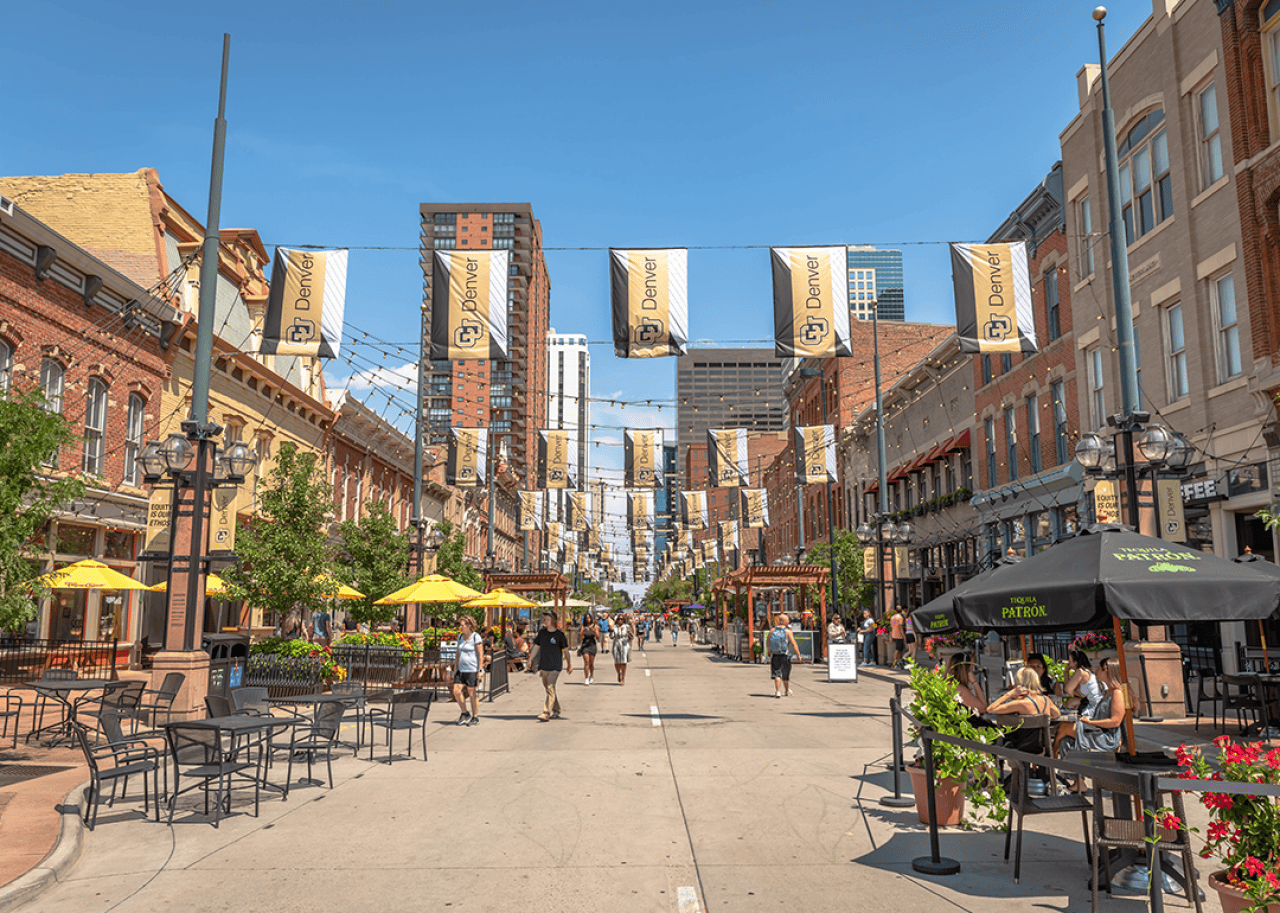
#50. Denver
- Total score: 49.16
- Wallet friendliness rank: 294
- Social environment rank: 31
- Academic and economic opportunities rank: 267
The Mile High City is home to students attending the University of Colorado Denver, Metropolitan State University of Denver, and Regis University, among other institutions. The city is known for its access to numerous year-round outdoor activities, and a robust public transit system covers much of the area. Denver's status as home to thousands of students is reflected in its cuisine: The is near the University of Denver campus.
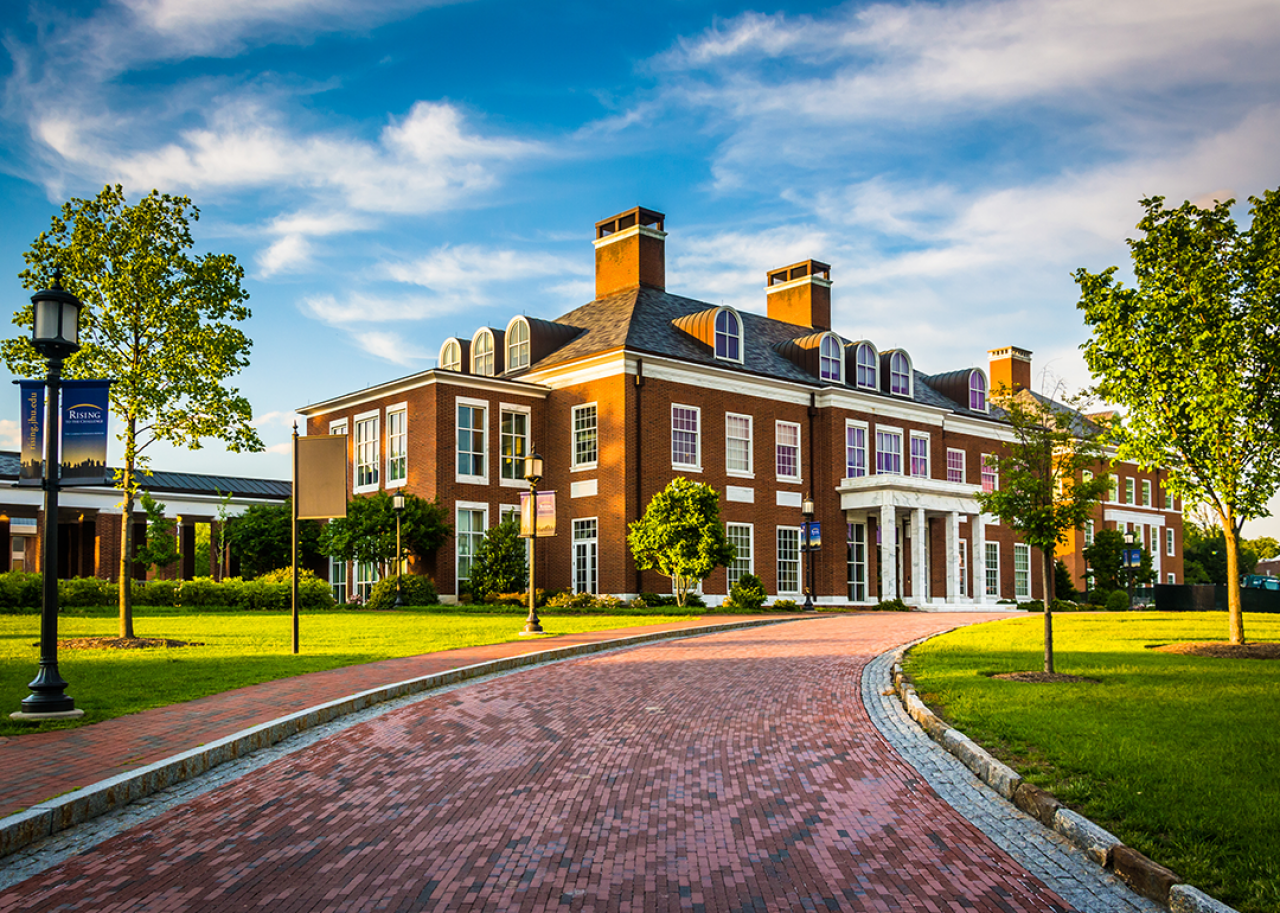
#49. Baltimore
- Total score: 49.22
- Wallet friendliness rank: 252
- Social environment rank: 143
- Academic and economic opportunities rank: 214
Several Baltimore-based colleges, including the renowned Johns Hopkins University, help put the "charm" into the Charm City. Baltimore also hosts Morgan State University and Coppin State University, two historically Black colleges and universities, and Loyola University Maryland and the University of Maryland, Baltimore. The city is steeped in history, including 10 public markets‚ÄĒsome of which date back to the late 1700s‚ÄĒwhere students can sample food from around the world. Many students stick around the area after college due to a wealth of well-paying , and the commute to Washington D.C. is only half an hour away by train.
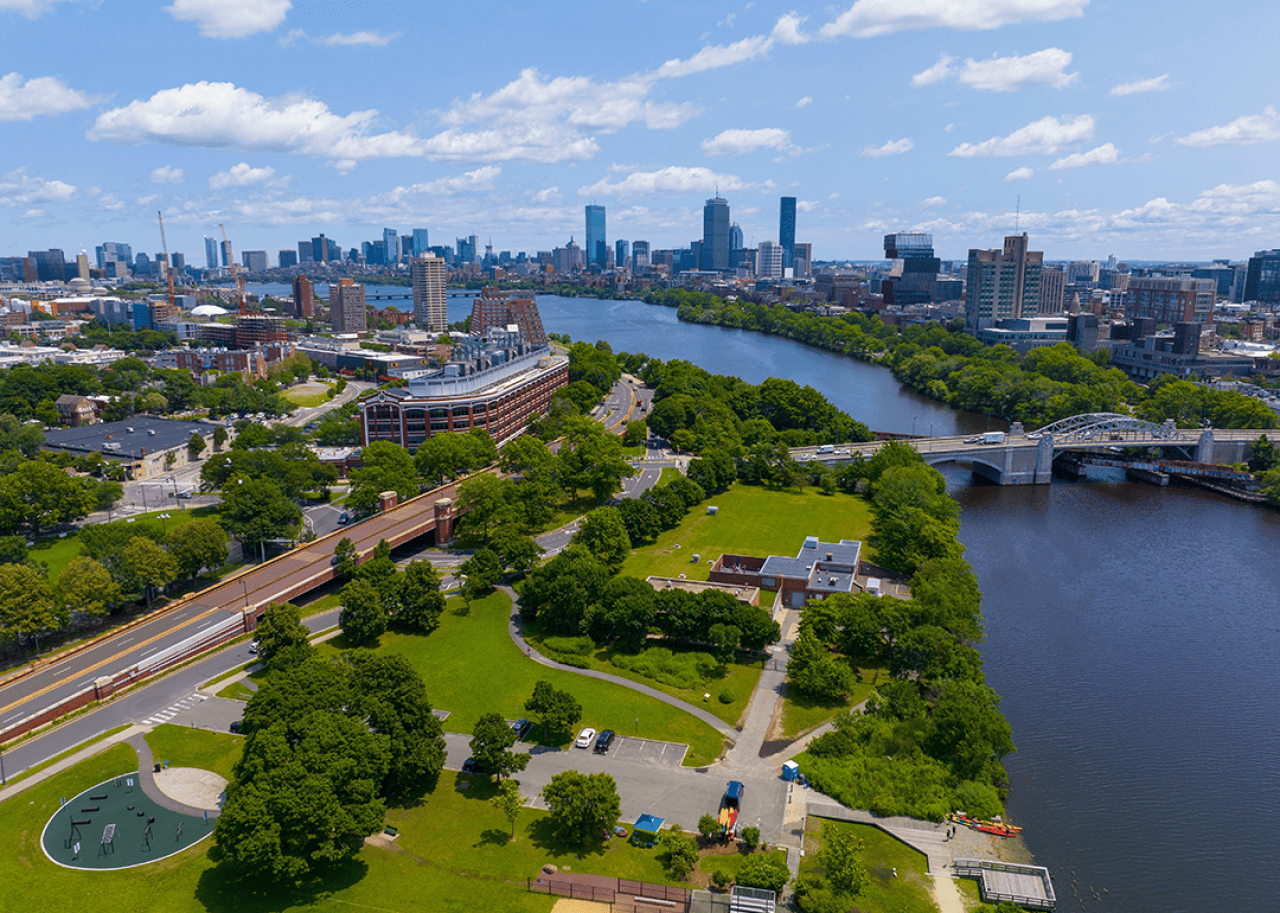
#48. Boston
- Total score: 49.38
- Wallet friendliness rank: 392
- Social environment rank: 19
- Academic and economic opportunities rank: 157
Higher education in the United States began in the Boston area with the founding of Harvard University in 1636. Over the centuries, Boston has maintained its reputation as a magnet for students, with over . Within the city limits are 26 colleges, including the esteemed , which counts Quincy Jones, Melissa Etheridge, Diana Krall, and John Mayer as alumni. The city's rivers beckon rowers and sailors, while those who prefer dry land enjoy Boston's many renowned cultural institutions and sports teams.
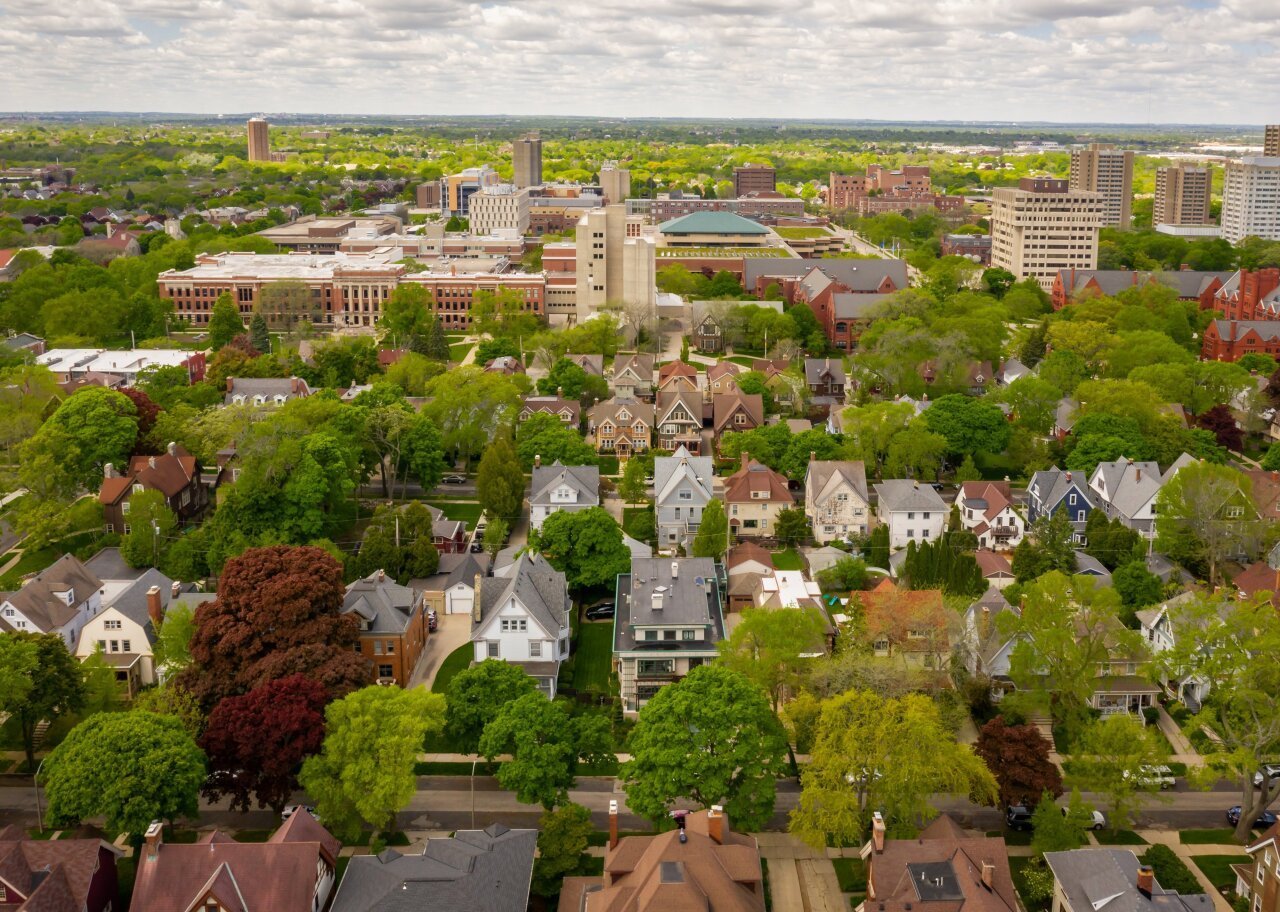
#47. Milwaukee
- Total score: 49.44
- Wallet friendliness rank: 160
- Social environment rank: 125
- Academic and economic opportunities rank: 298
Milwaukee is home to the state's second-largest higher ed. institution, the University of Wisconsin-Milwaukee, and several smaller schools, including Marquette University and the Milwaukee School of Engineering. Students of drinking age can participate in the city's famous brewery tours at top brands such as Miller, but younger students can still enjoy plenty of sober activities. For instance, the city has dozens of yearly festivals celebrating food and drink, music, LGBTQ+ Pride, and more.

#46. Honolulu
- Total score: 49.45
- Wallet friendliness rank: 354
- Social environment rank: 2
- Academic and economic opportunities rank: 272
Students who study in Honolulu enjoy urban living on an island paradise. Hawaii Pacific University and the University of Hawaii at Manoa are two of the five four-year colleges in the city, with about 25,000 students between them. Easily accessible beaches, surfing, snorkeling, and scuba diving make for a great study break. The area also has many cultural festivals throughout the year, including the Aloha Festival and the King Kamehameha Floral Parade.
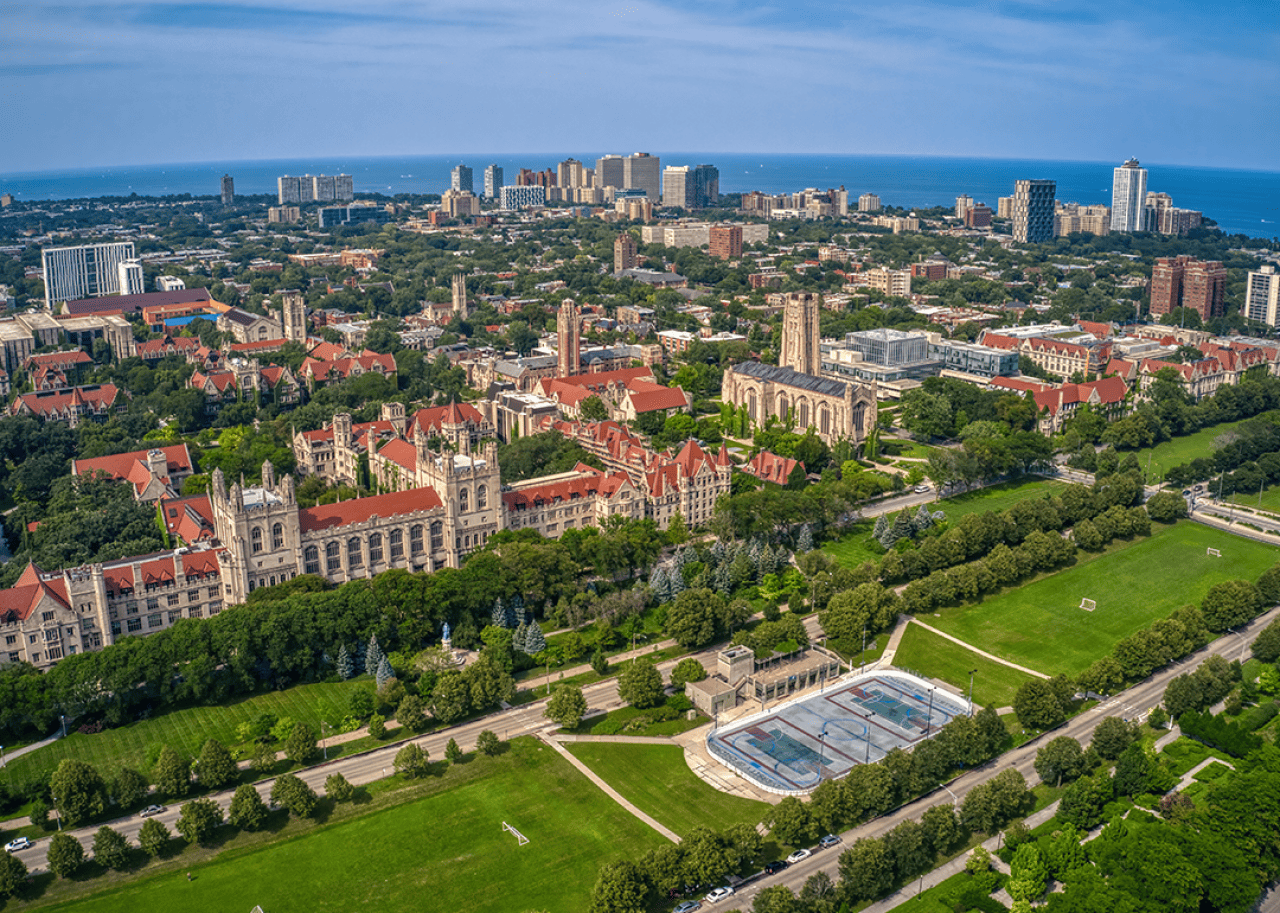
#45. Chicago
- Total score: 49.62
- Wallet friendliness rank: 281
- Social environment rank: 70
- Academic and economic opportunities rank: 228
Several notable educational institutions, including the celebrated University of Chicago, call Chicago home. Other schools include Loyola University Chicago, DePaul University, the University of Illinois Chicago, and Northwestern University in nearby Evanston. The city's diverse cultural and recreational offerings, solid public transportation system, and ties to numerous industries, from media to finance, make it a popular choice for those seeking a first-class urban college experience.
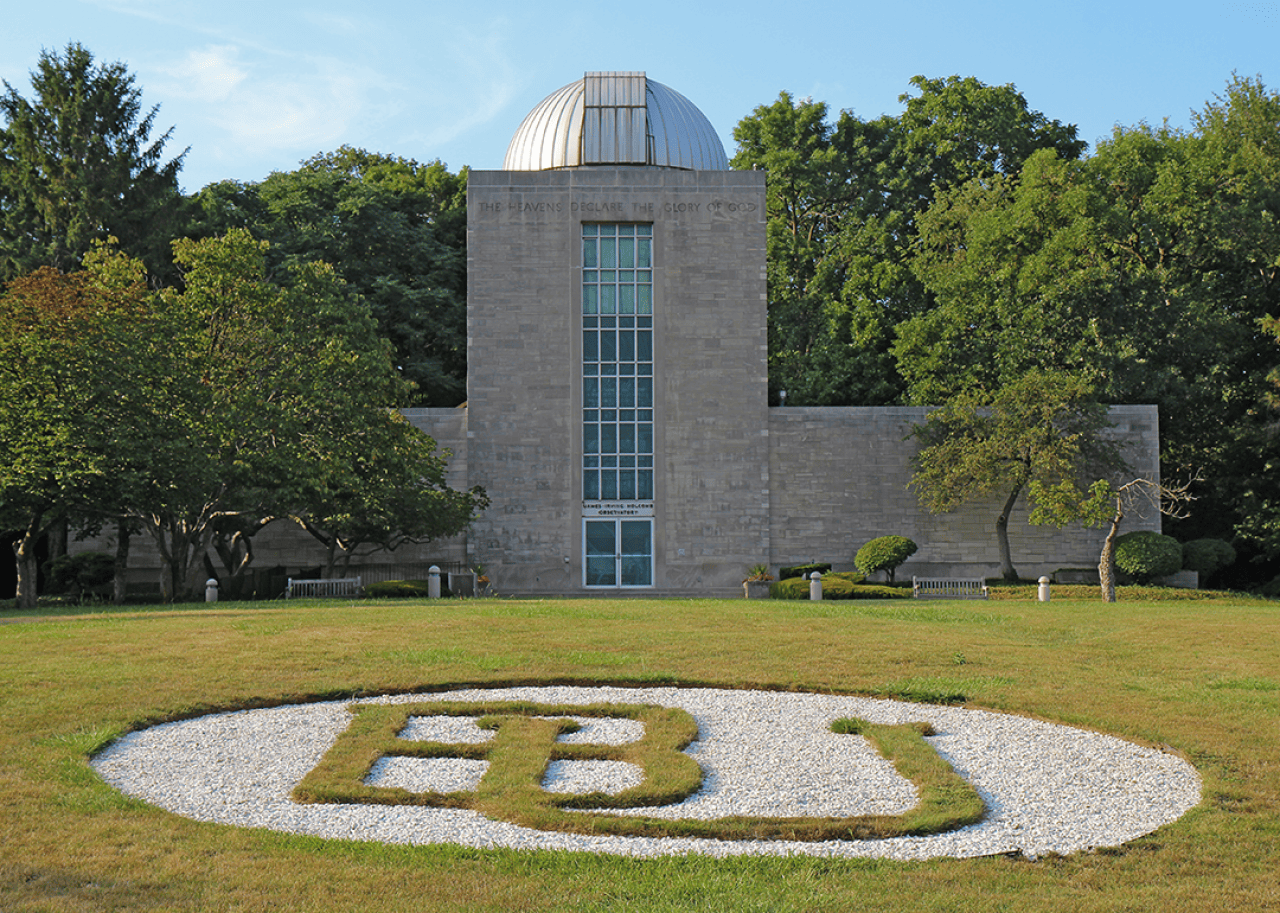
#44. Indianapolis
- Total score: 49.64
- Wallet friendliness rank: 180
- Social environment rank: 117
- Academic and economic opportunities rank: 284
Indiana's most populous city includes tens of thousands of students scattered across several institutions, including Indiana University Indianapolis, Butler University, the University of Indianapolis, and Marian University. Beyond its schools, Indianapolis' cultural districts offer rich local history and a buzzing culinary scene. With a revamped public transit system in the works, Indianapolis is also home to welcome distractions from studying, such as museums, parks, and sporting events.
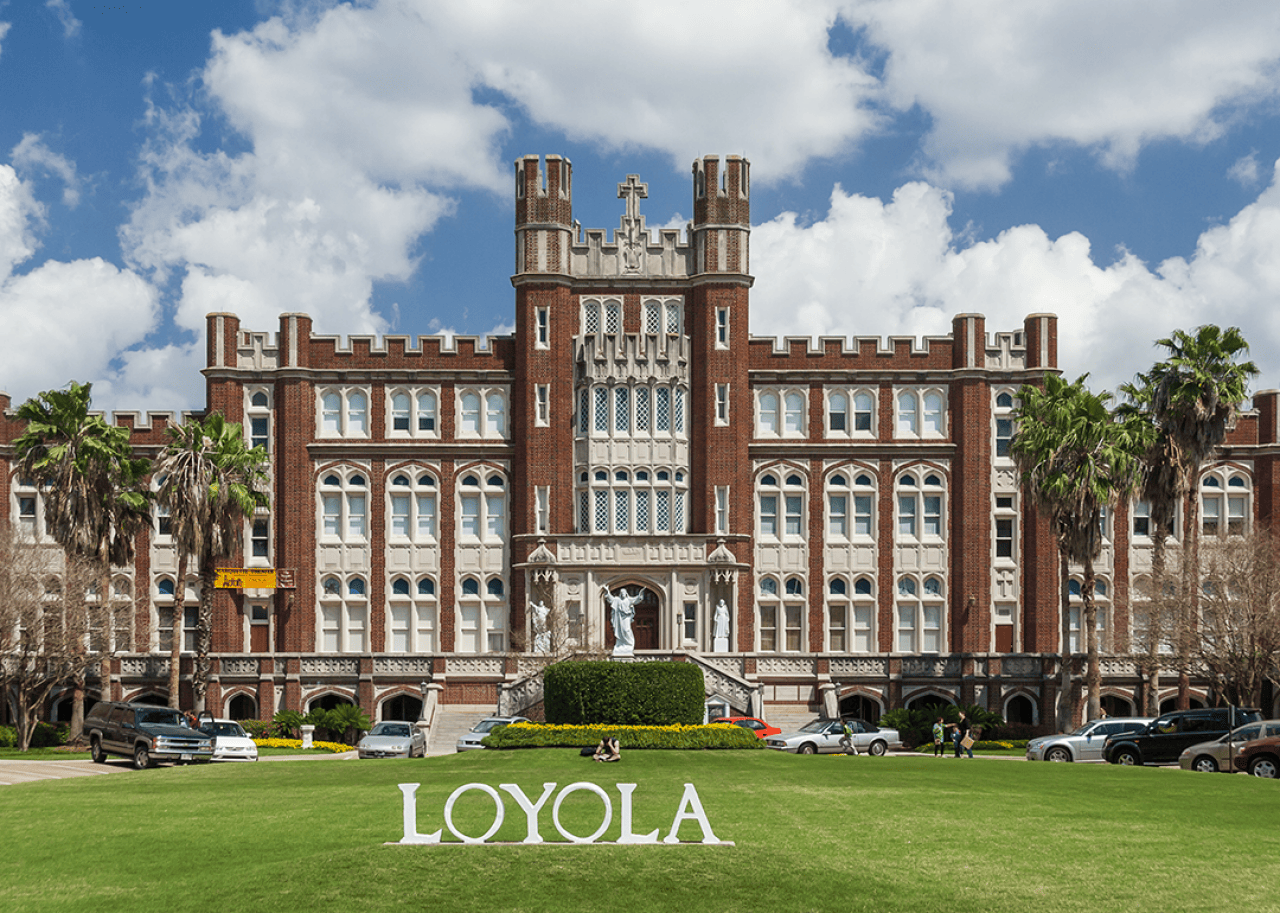
#43. New Orleans
- Total score: 49.72
- Wallet friendliness rank: 242
- Social environment rank: 71
- Academic and economic opportunities rank: 262
Several public and private institutions call the Big Easy home: Tulane University, Loyola University New Orleans, and Xavier University of Louisiana. The Louisiana State University Health Sciences Center also hosts six of the university's schools, including the medical program. New Orleans' storied tradition of street celebrations (second lines), live music, warm climate, and arts scene make it a popular destination for college students from around the country, many of whom stay after graduation to work in tourism, energy, and health care.
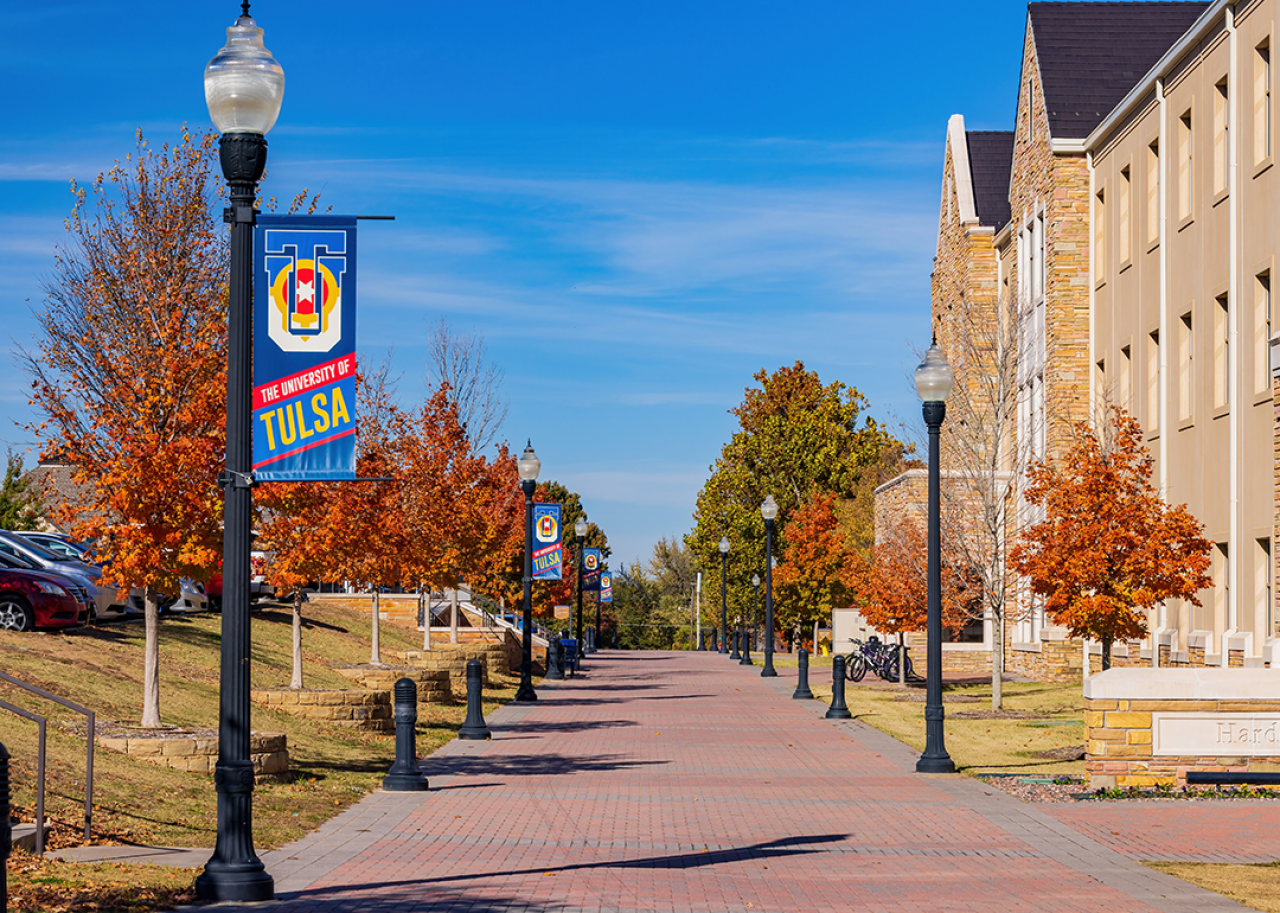
#42. Tulsa, Oklahoma
- Total score: 49.97
- Wallet friendliness rank: 127
- Social environment rank: 138
- Academic and economic opportunities rank: 294
Once known as the "Oil Capital of the World," Tulsa, Oklahoma, is a medium-sized city with small-town and big-metropolis vibes. Tulsa has hosted college students for over 140 years and preserved some of the best of its history. In the Deco District, old buildings delight locals and visitors, while foodies can explore unique gastronomic creations on Cherry Street. Several technology, manufacturing, energy, and aerospace companies are headquartered in Tulsa, which makes it an optimal place to find internships, mentors, and corporate job opportunities.
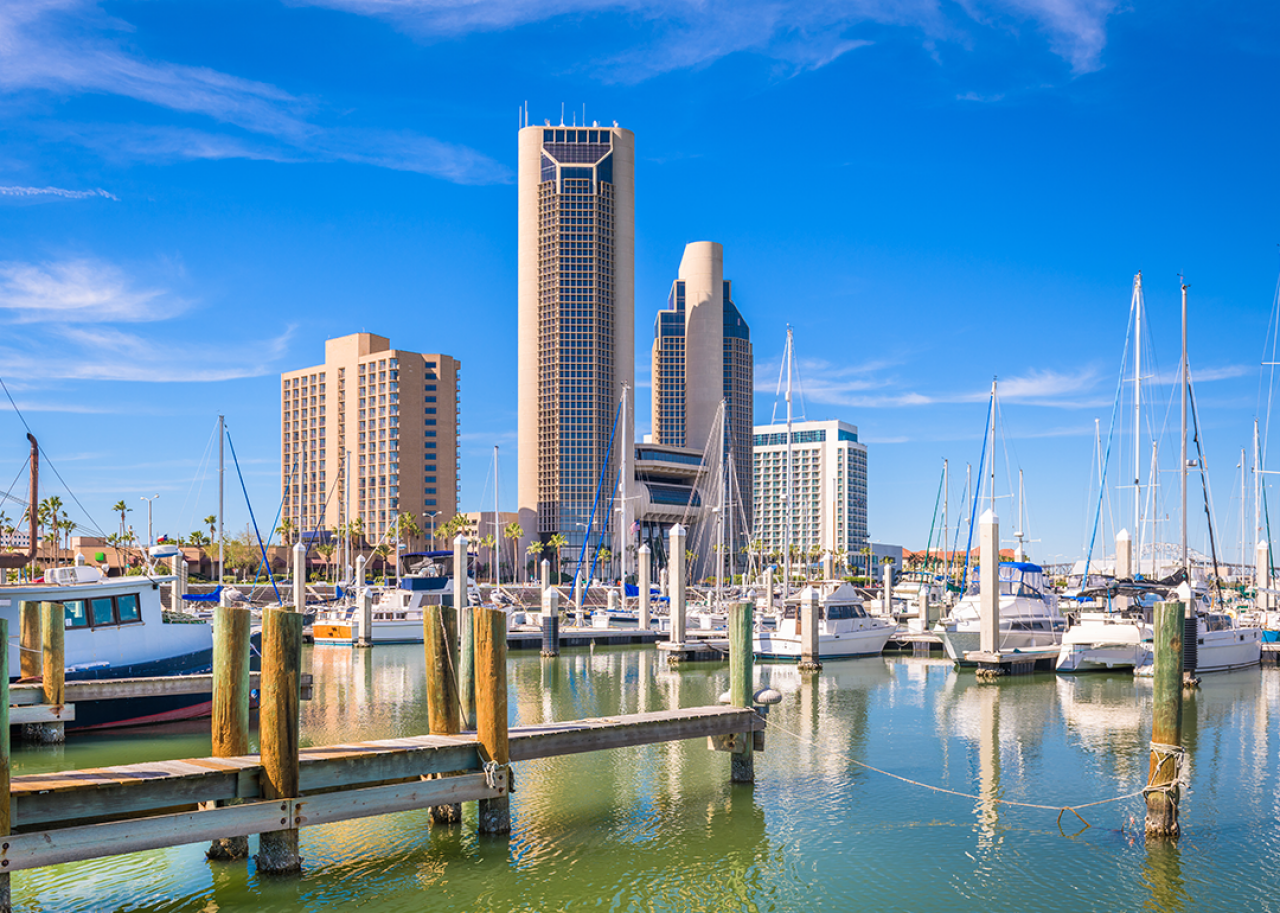
#41. Corpus Christi
- Total score: 50.35
- Wallet friendliness rank: 92
- Social environment rank: 254
- Academic and economic opportunities rank: 202
A popular spring break destination, thousands of students call coastal Corpus Christi home. Students at Texas A&M University-Corpus Christi enjoy island living, as the campus is located on Ward Island, between Oso Bay and Corpus Christi Bay. The Whataburger fast food chain was in 1950, and the city boasts many 24-hour locations to satisfy any student's late-night hunger cravings.
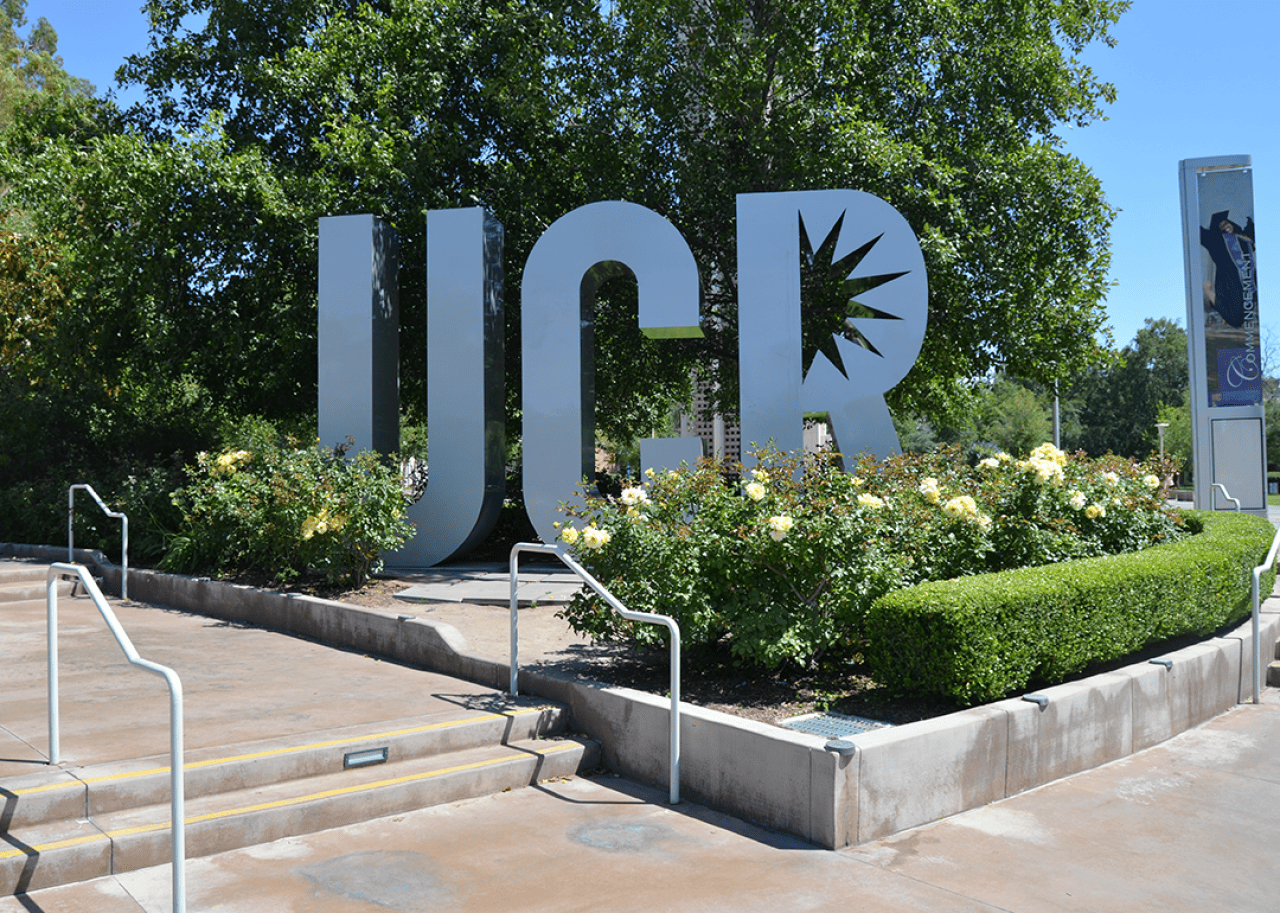
#40. Riverside, California
- Total score: 50.39
- Wallet friendliness rank: 277
- Social environment rank: 180
- Academic and economic opportunities rank: 93
Riverside is part of Southern California's Inland Empire, an area east of Los Angeles that offers urban amenities without the same level of gridlock. Along with several community colleges, Riverside is also home to the University of California, Riverside, La Sierra University, and California Baptist University. Riverside played a major role in the development of the California citrus industry, and the area still features some orange groves. Its citrus history is preserved at California Citrus State Historic Park, which hosts an annual citrus festival.
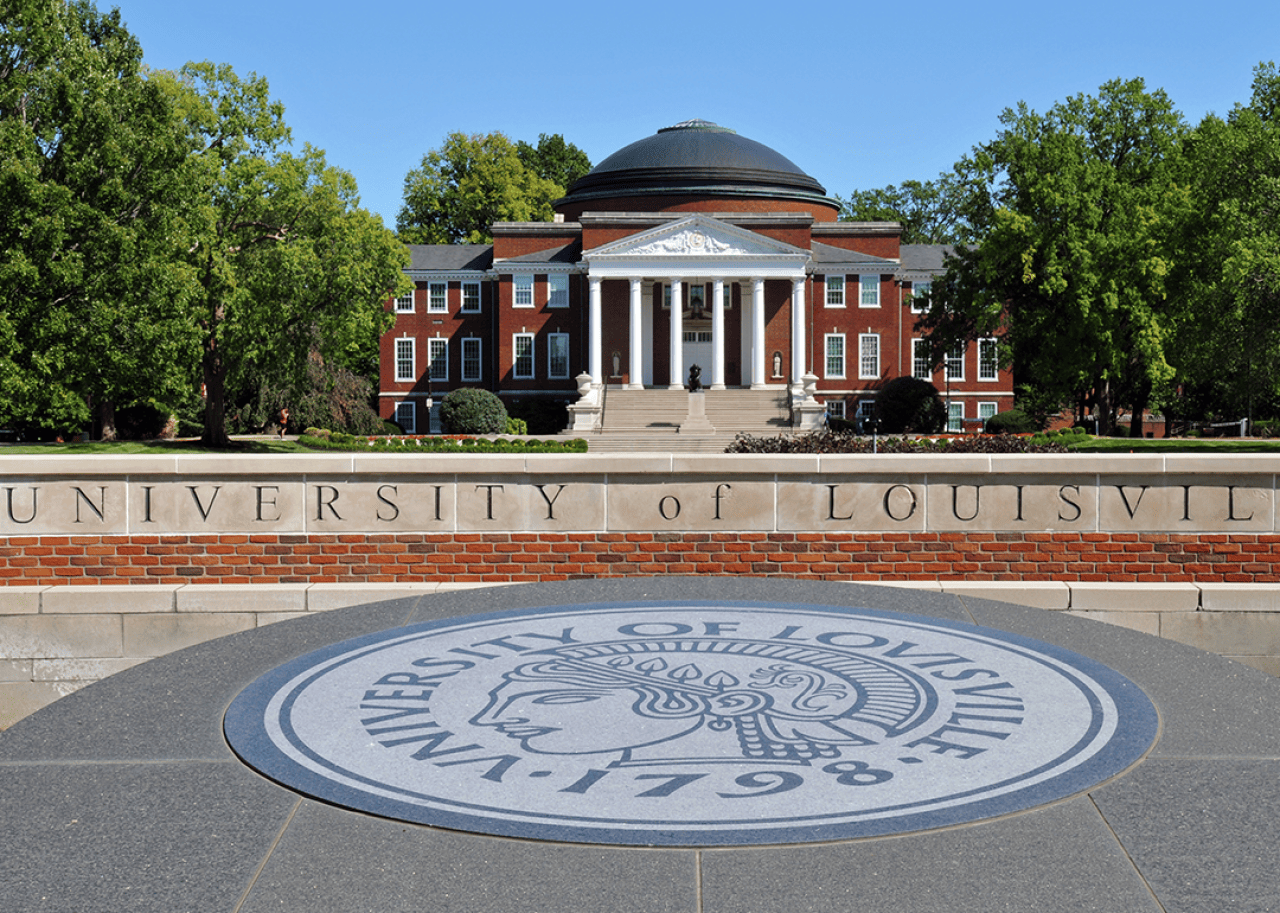
#39. Louisville, Kentucky
- Total score: 50.45
- Wallet friendliness rank: 167
- Social environment rank: 69
- Academic and economic opportunities rank: 300
Students attending any major educational institutions in Louisville, Kentucky‚ÄĒincluding the University of Louisville and Simmons College of Kentucky, a Historically Black Colleges and Universities member‚ÄĒhave good reason to love their school's location. The city is home to party-heavy annual events such as the Kentucky Derby, but it also enjoys a vibrant indie music scene and a , who planned New York's Central Park. Like Kentucky's other big city of Lexington, Louisville has strong traditions centered around college sports, particularly UofL's Cardinals.

#38. Omaha, Nebraska
- Total score: 50.78
- Wallet friendliness rank: 198
- Social environment rank: 130
- Academic and economic opportunities rank: 229
Omaha, Nebraska, is a backdrop to many of the state's educational institutions, including the University of Nebraska Omaha, Creighton University, and Clarkson College. The University of Nebraska Medical Center is also located here. With its low cost of living and various historic landmarks, Omaha offers an appealing blend of urban and suburban. The Old Market is home to everything from pubs and taverns to art galleries and live music venues.
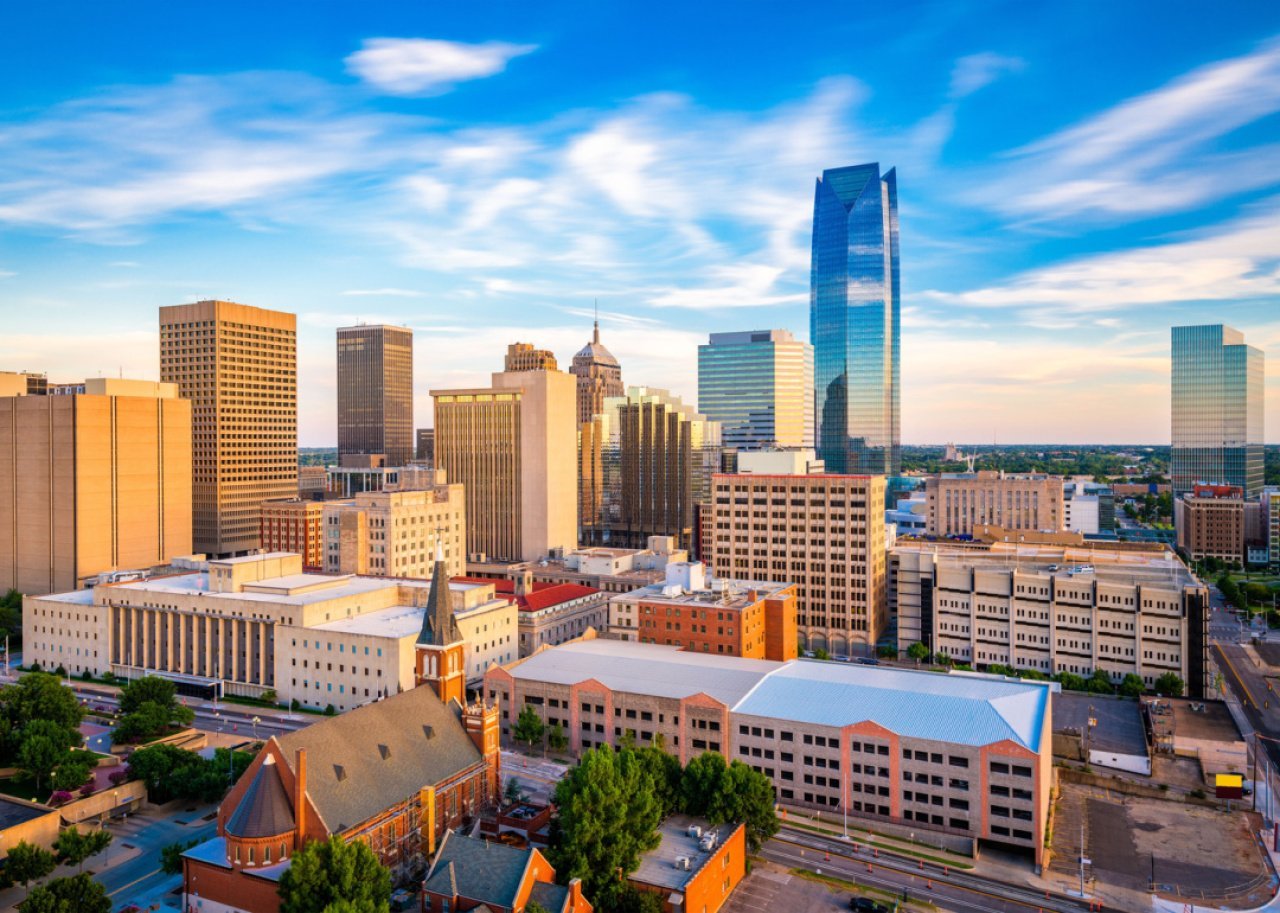
#37. Oklahoma City
- Total score: 50.78
- Wallet friendliness rank: 84
- Social environment rank: 193
- Academic and economic opportunities rank: 258
Home to the public University of Oklahoma Norman Campus, University of Central Oklahoma, Oklahoma State University Oklahoma City, and the private Oklahoma City University and Oklahoma Christian University, Oklahoma City has something for everyone. In addition to its higher learning institutions, the city is home to the Oklahoma City Thunder basketball team, the Oklahoma City Museum of Art, and the National Cowboy and Western Heritage Museum. Bricktown is a popular nightlife destination where students can find everything from live banjo music to hip wine bars.
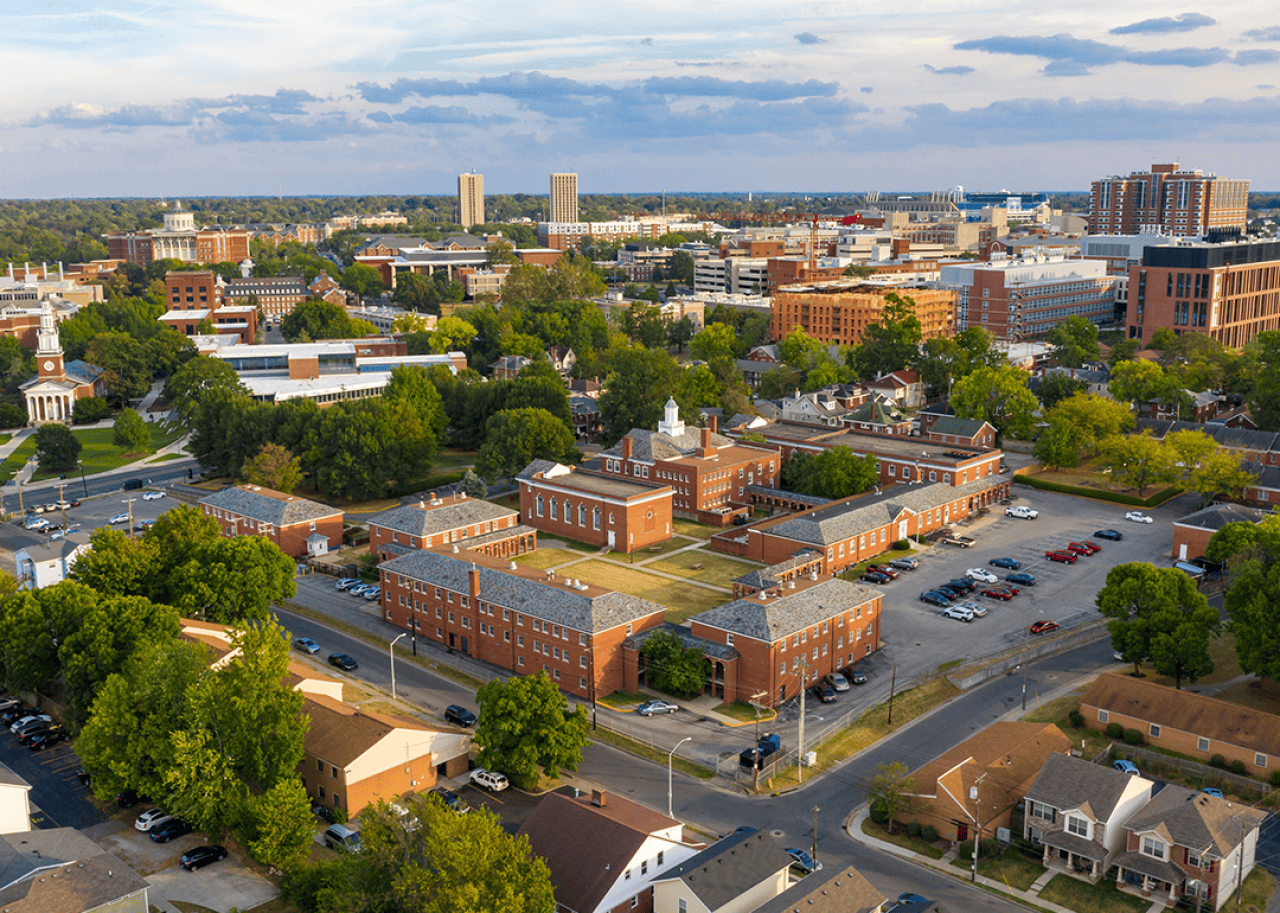
#36. Lexington, Kentucky
- Total score: 50.99
- Wallet friendliness rank: 153
- Social environment rank: 106
- Academic and economic opportunities rank: 274
Known for its lively college athletics scene, Lexington, Kentucky, is home to the University of Kentucky, which is also the . Transylvania University, one of the , is also there. Students are drawn to the area thanks to its low cost of living and variety of manufacturing job opportunities, including with Toyota Kentucky and Lockheed Martin.
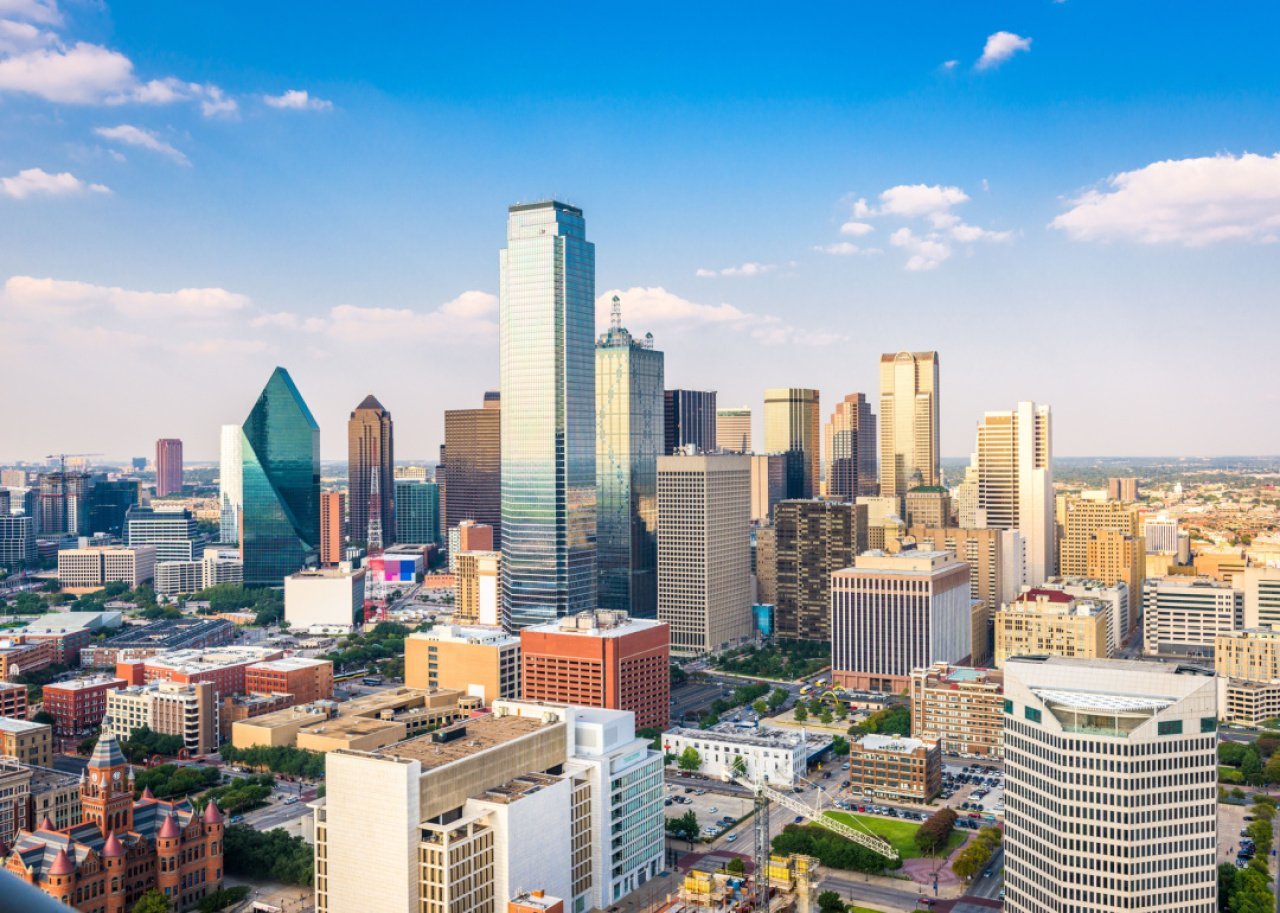
#35. Dallas
- Total score: 51.46
- Wallet friendliness rank: 229
- Social environment rank: 124
- Academic and economic opportunities rank: 195
Dallas is home to many public and private institutions, including the University of Texas at Dallas, Southern Methodist University, and HBCU Paul Quinn College. The frozen margarita was , featuring a celebrated barbecue scene. The city's downtown Arts District is popular among visitors and residents alike.
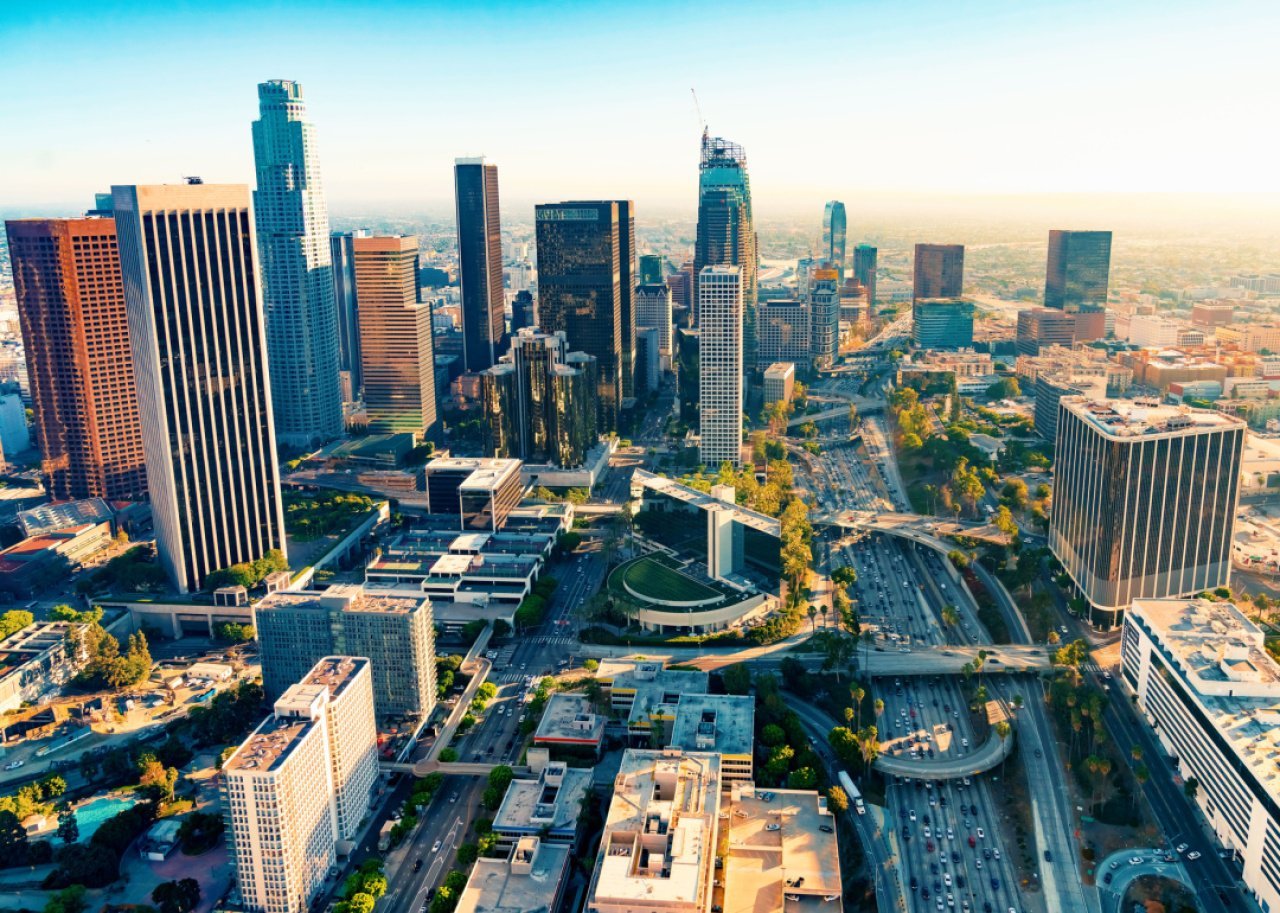
#34. Los Angeles
- Total score: 51.55
- Wallet friendliness rank: 343
- Social environment rank: 111
- Academic and economic opportunities rank: 75
Los Angeles's massive size and scope mean it's more a series of districts and neighborhoods than one distinct college town. LA has several higher education institutions within the city limits, from the massive University of California, Los Angeles, to the private Loyola Marymount University, Mount Saint Mary's University, and Occidental College. Given its proximity to Hollywood, there are also several film schools. Cultural and recreational opportunities abound, including world-renowned museums and beaches.
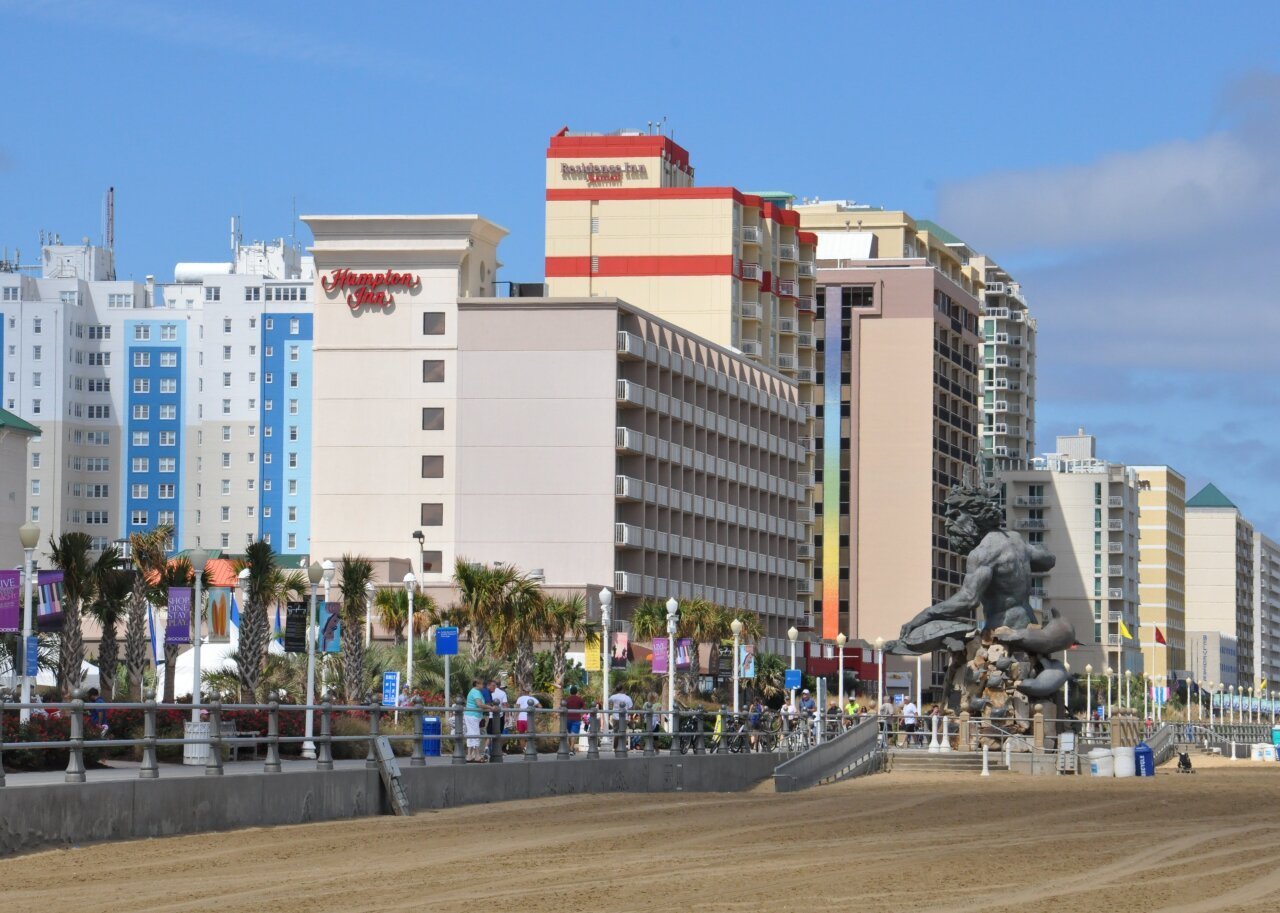
#33. Virginia Beach, Virginia
- Total score: 51.6
- Wallet friendliness rank: 248
- Social environment rank: 103
- Academic and economic opportunities rank: 179
Virginia Beach's main attraction is a three-mile oceanfront boardwalk, where the Chesapeake Bay meets the Atlantic Ocean. In recent years, the city's already pleasant coastal lifestyle has been spruced up by a bustling food and arts scene, a perfect complement to its centuries-old maritime history. Nearly 60,000 students attend four-year colleges in the area, including Regent University and Virginia Wesleyan University.
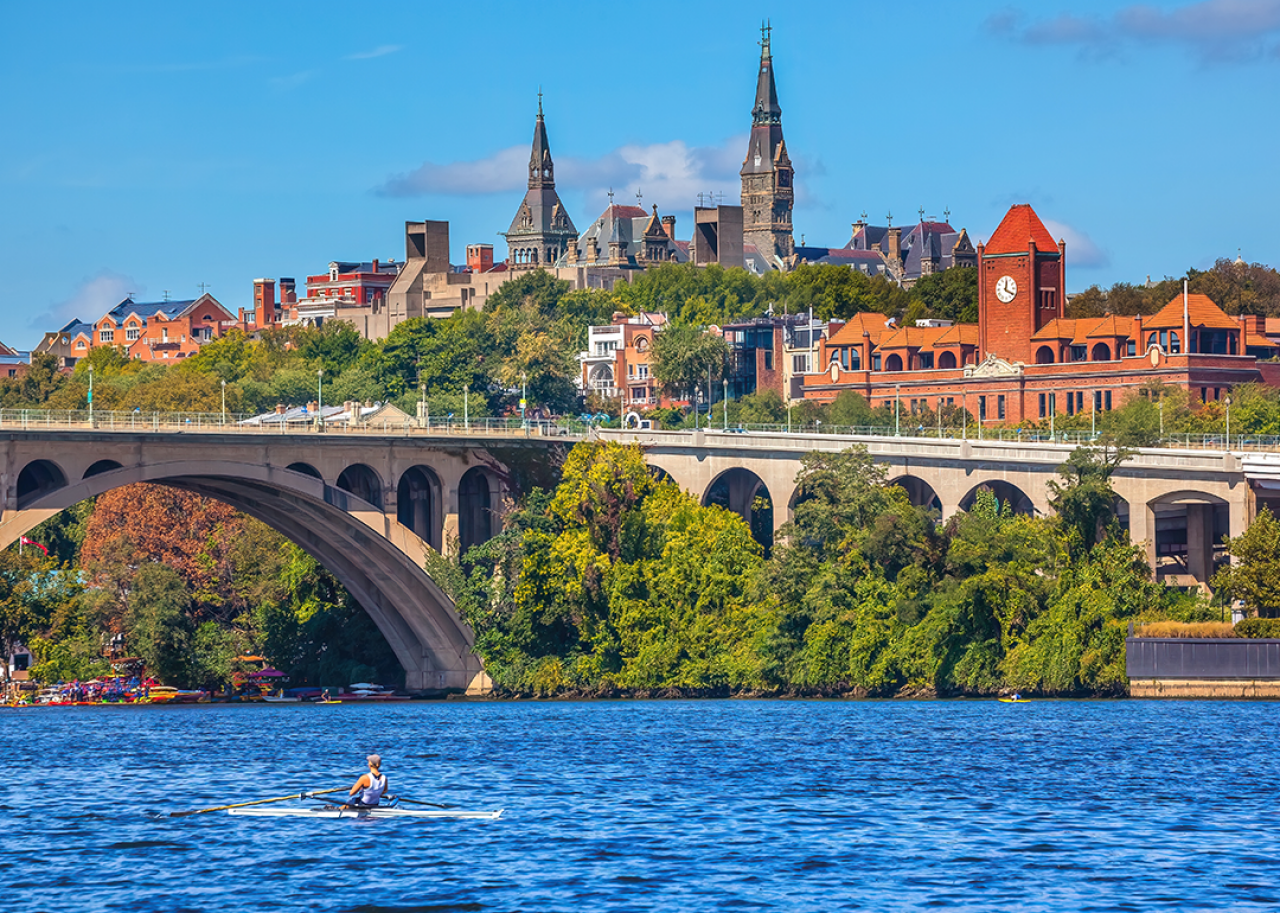
#32. Washington DC
- Total score: 51.75
- Wallet friendliness rank: 399
- Social environment rank: 21
- Academic and economic opportunities rank: 77
The nation's capital is home to several colleges and universities, including Georgetown University, George Washington University, American University, and HBCU Howard University, with education options for many students. In Washington D.C., students can explore the rich history and beautiful architecture of the United States, from the Capitol to the Lincoln Memorial to the Smithsonian Institution. That said, remember that the at 148% above the national average.
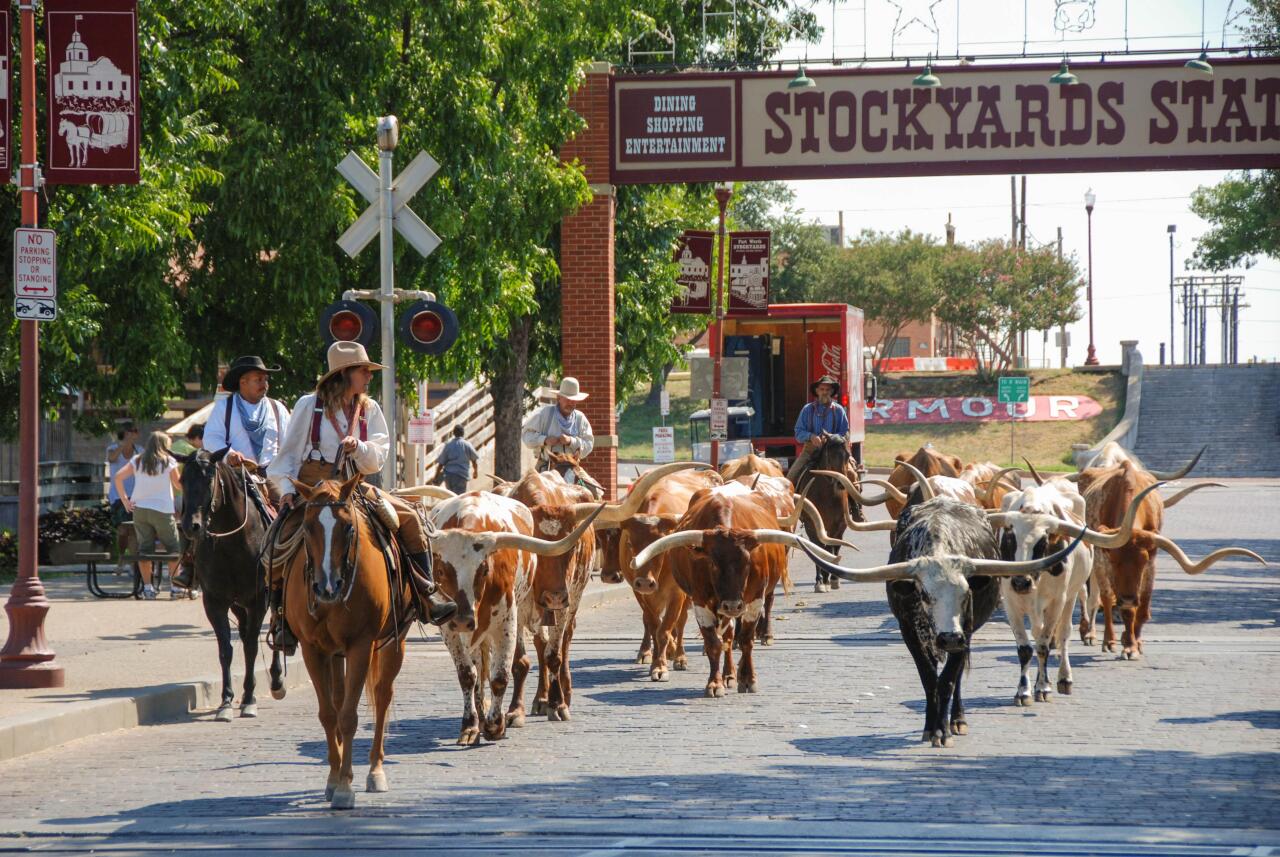
#31. Fort Worth, Texas
- Total score: 51.76
- Wallet friendliness rank: 228
- Social environment rank: 129
- Academic and economic opportunities rank: 181
Fort Worth, Texas, and the surrounding area are home to dozens of higher education institutions, including public universities like the University of North Texas and smaller private institutions like Texas Christian University and Texas Wesleyan University. The central transportation hub features the headquarters of American Airlines, GM Financial, and BNSF Railway, among others.
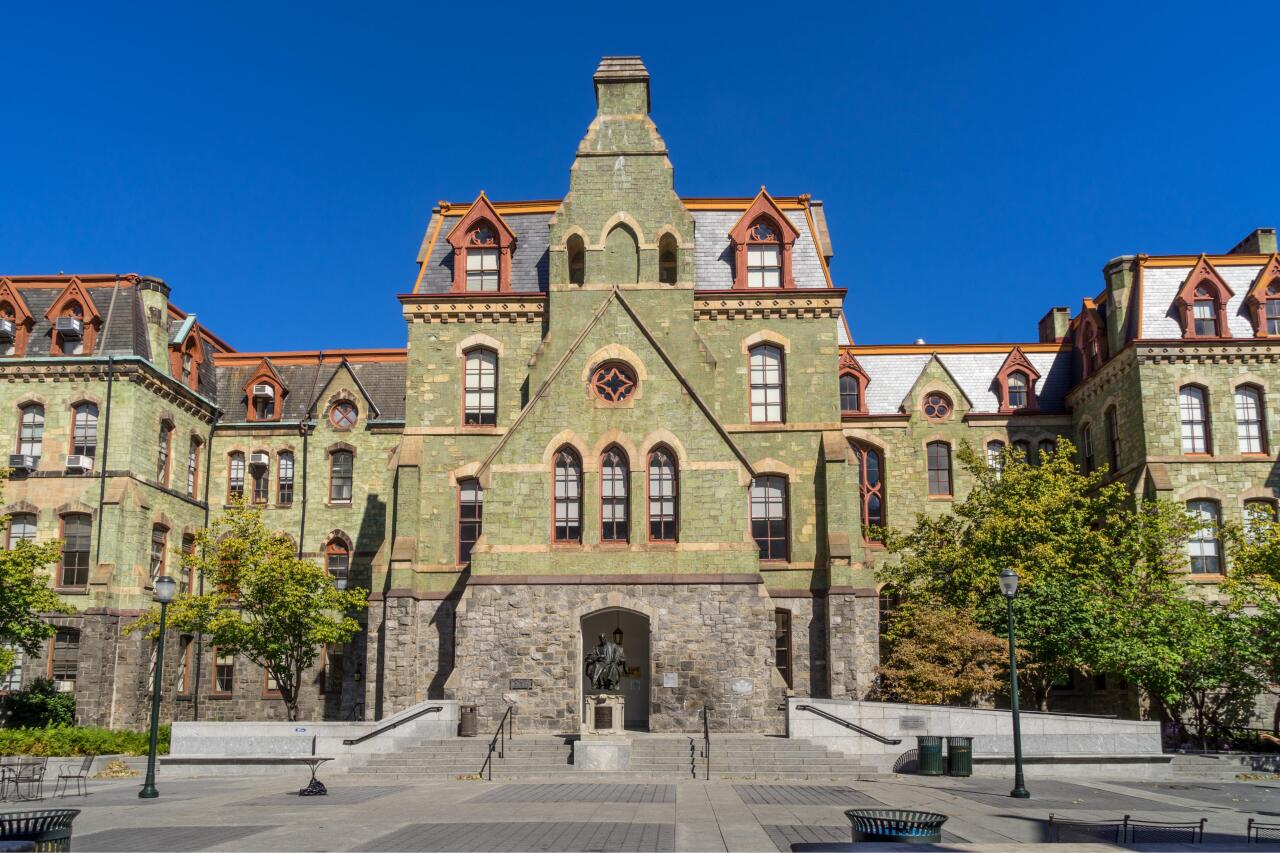
#30. Philadelphia
- Total score: 51.8
- Wallet friendliness rank: 261
- Social environment rank: 110
- Academic and economic opportunities rank: 166
Philadelphia is home to some of the nation's oldest and most storied educational institutions: Temple University, Drexel University, and the Ivy League University of Pennsylvania among them. The city's large student population is reflected in the number of bars and clubs scattered about Center City and East Passyunk. At the same time, historic tourist attractions and museums provide something for those of all interests. Major industries in the city include health care, education, and financial services.
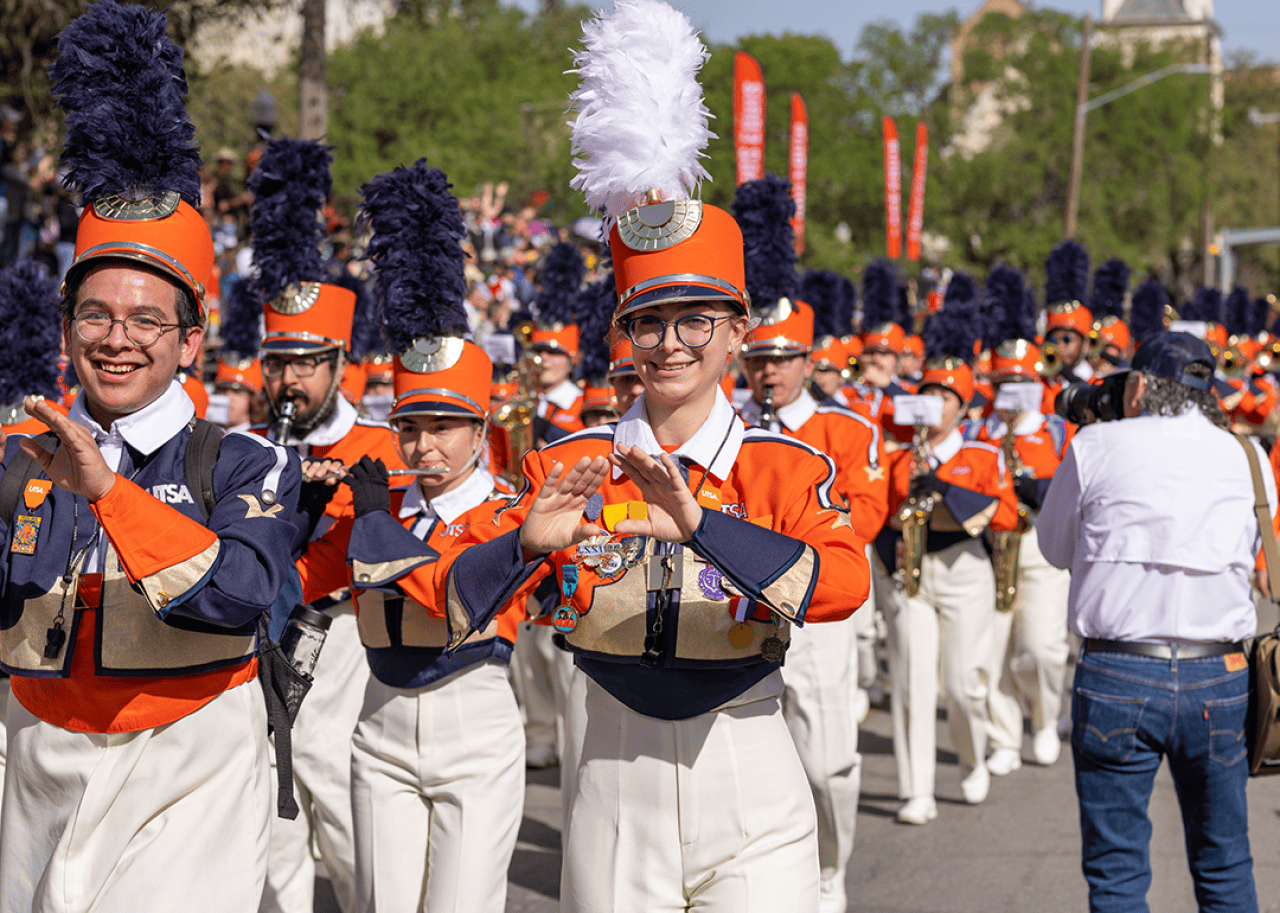
#29. San Antonio
- Total score: 51.94
- Wallet friendliness rank: 60
- Social environment rank: 92
- Academic and economic opportunities rank: 309
While Texas's two major public universities‚ÄĒthe University of Texas and Texas A&M University‚ÄĒhave campuses in San Antonio, there are also many private schools, including Trinity University and St. Mary's University. San Antonio is a popular destination for people within the state and across the country, with a major sports franchise (the NBA's San Antonio Spurs), a vibrant nightlife, and numerous historic attractions, such as the Alamo and River Walk. These features and a robust culinary scene make the city an exciting, if distracting, place to attend college.
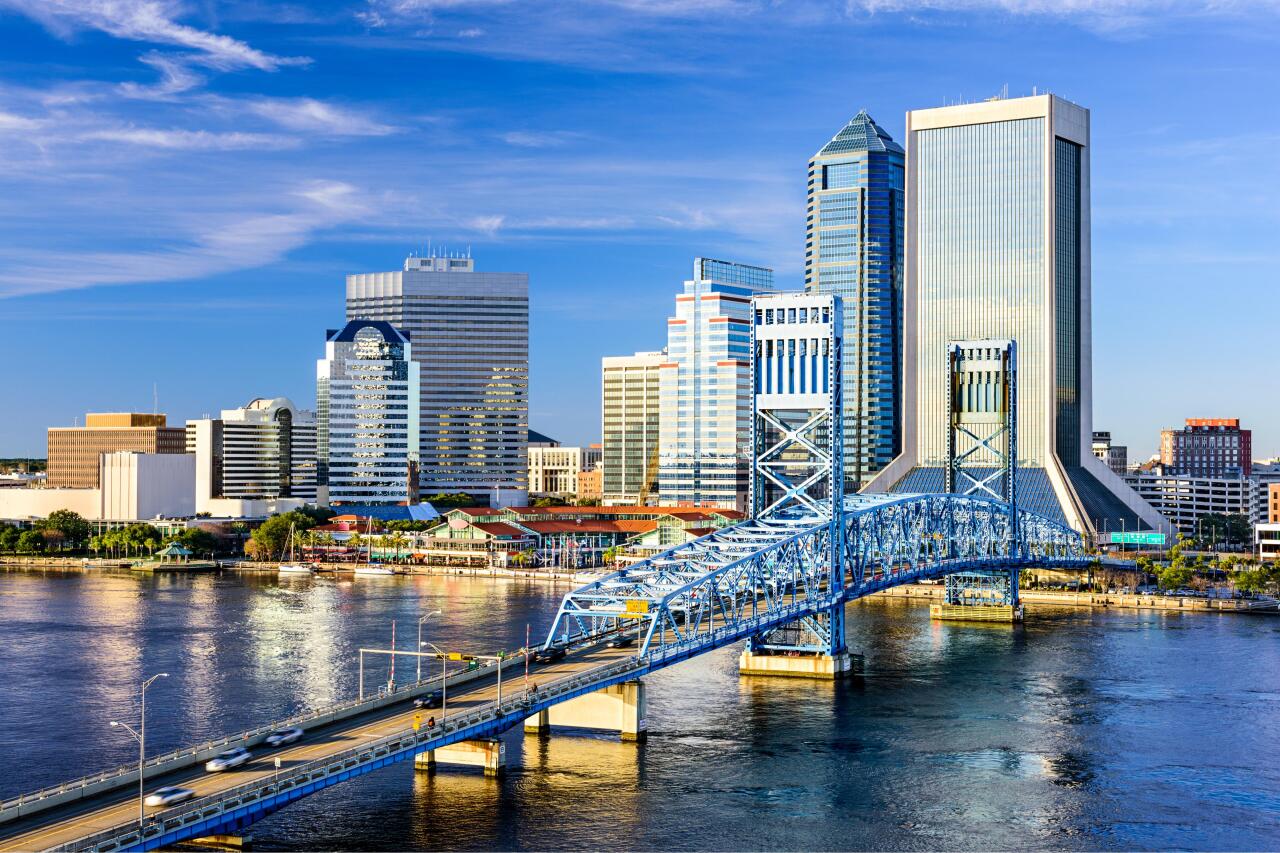
#28. Jacksonville, Florida
- Total score: 52.13
- Wallet friendliness rank: 116
- Social environment rank: 121
- Academic and economic opportunities rank: 254
Jacksonville, Florida, is home to several of the state's public higher education institutions, including the University of North Florida, Florida State College at Jacksonville, and the University of Florida's Health Science Center. Private institutions include Jacksonville University and Edward Waters University. Jacksonville is a port town that offers jobs in the transportation and shipping industries as well as the financial services field.
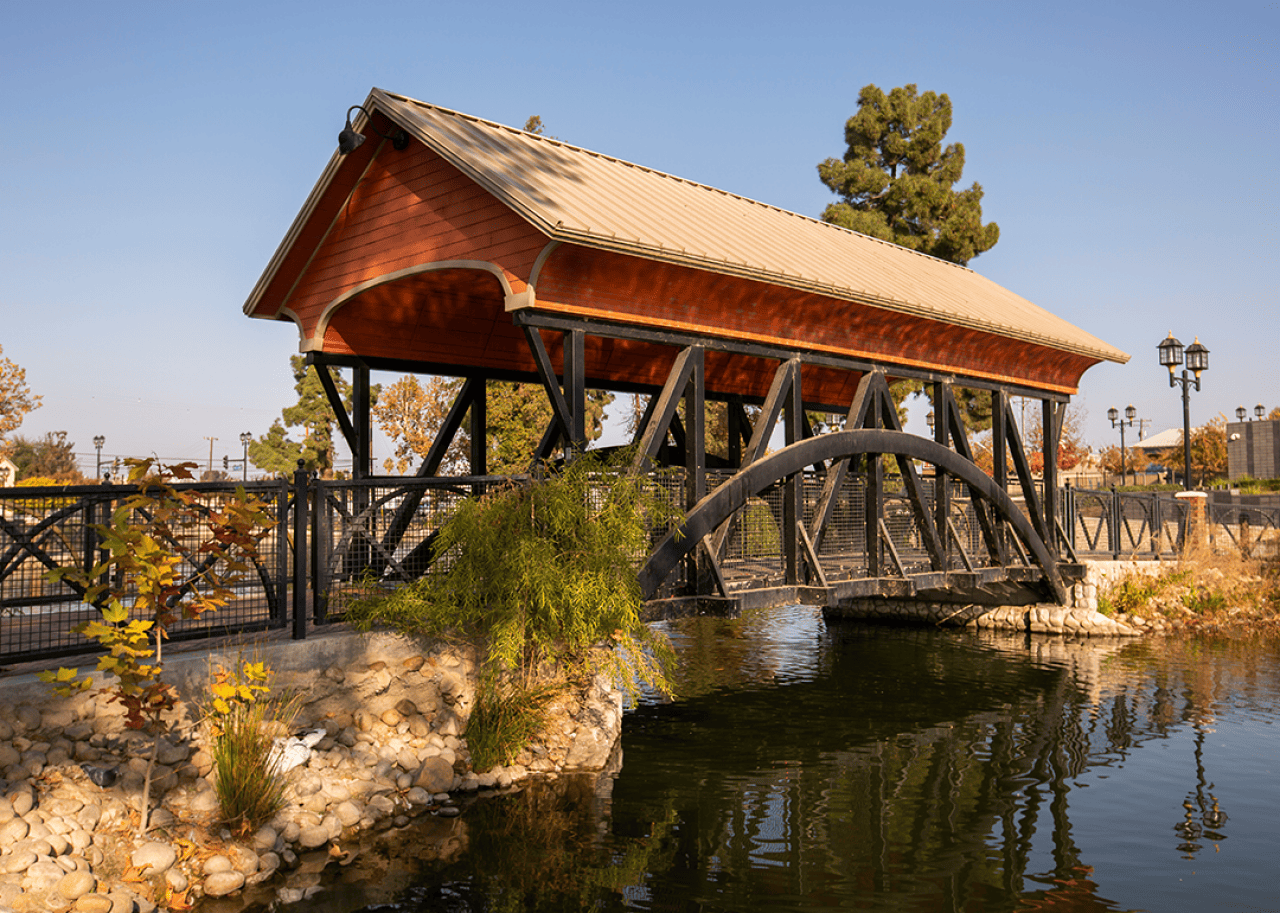
#27. Bakersfield, California
- Total score: 52.22
- Wallet friendliness rank: 223
- Social environment rank: 152
- Academic and economic opportunities rank: 129
The agriculture, energy, and oil industries prosper in Bakersfield, California, located on the southern end of the San Joaquin Valley to the west of the Sierra Nevada. The scenery of that part of the Golden State is breathtaking, and students attending California State University, Bakersfield, or Bakersfield College can enjoy various leisure options, like a brewery trail and farmers' markets.
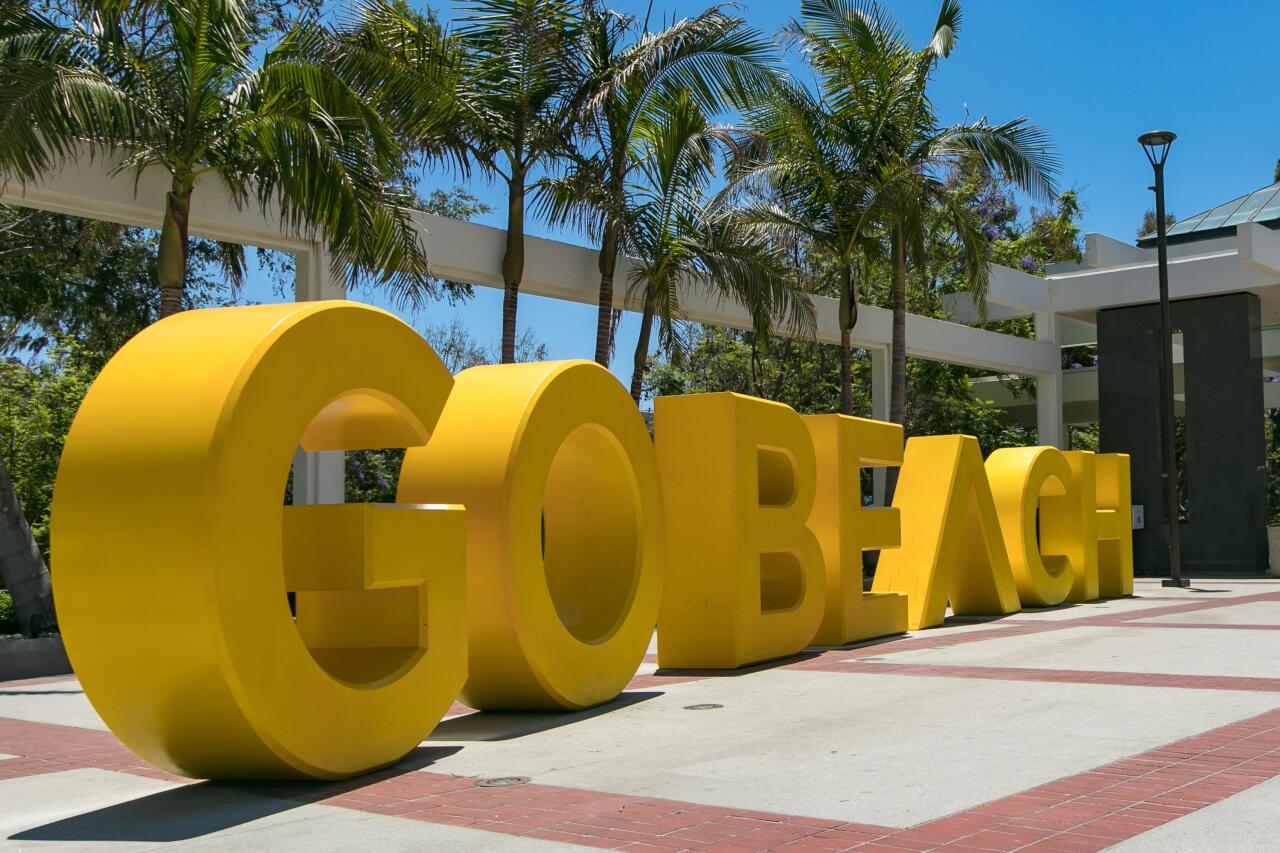
#26. Long Beach, California
- Total score: 52.3
- Wallet friendliness rank: 298
- Social environment rank: 56
- Academic and economic opportunities rank: 150
What Long Beach, California, lacks in educational offerings‚ÄĒthe only two schools within the city are California State University, Long Beach, and Long Beach City College‚ÄĒit more than makes up for in recreational and professional opportunities. Home to one of the busiest ports in the world and a significant oil industry presence, jobs are plentiful, and a vibrant arts scene includes numerous museums and live music venues. Plus, the city is near both Los Angeles and Orange County.

#25. Portland
- Total score: 52.3
- Wallet friendliness rank: 291
- Social environment rank: 32
- Academic and economic opportunities rank: 176
Portland ranks among the for its commitment to sustainability and proximity to outdoor activities. Several colleges, including the University of Portland, Portland State University, and Oregon Health & Science University, draw students to the Rose City. Portland has a vibrant food scene with hundreds of food carts and over 80 breweries. But, perhaps most importantly for those who hit the books, it's the , according to WalletHub. Bounded by the Columbia and Willamette Rivers, Portland is home to Forest Park, one of the country's largest urban forests, and Mt. Tabor, a volcanic cinder cone. A lack of a state sales tax is one reason to stick around after graduation, as are jobs at Nike, Columbia Sportswear, and Intel, some of the area's top employers.
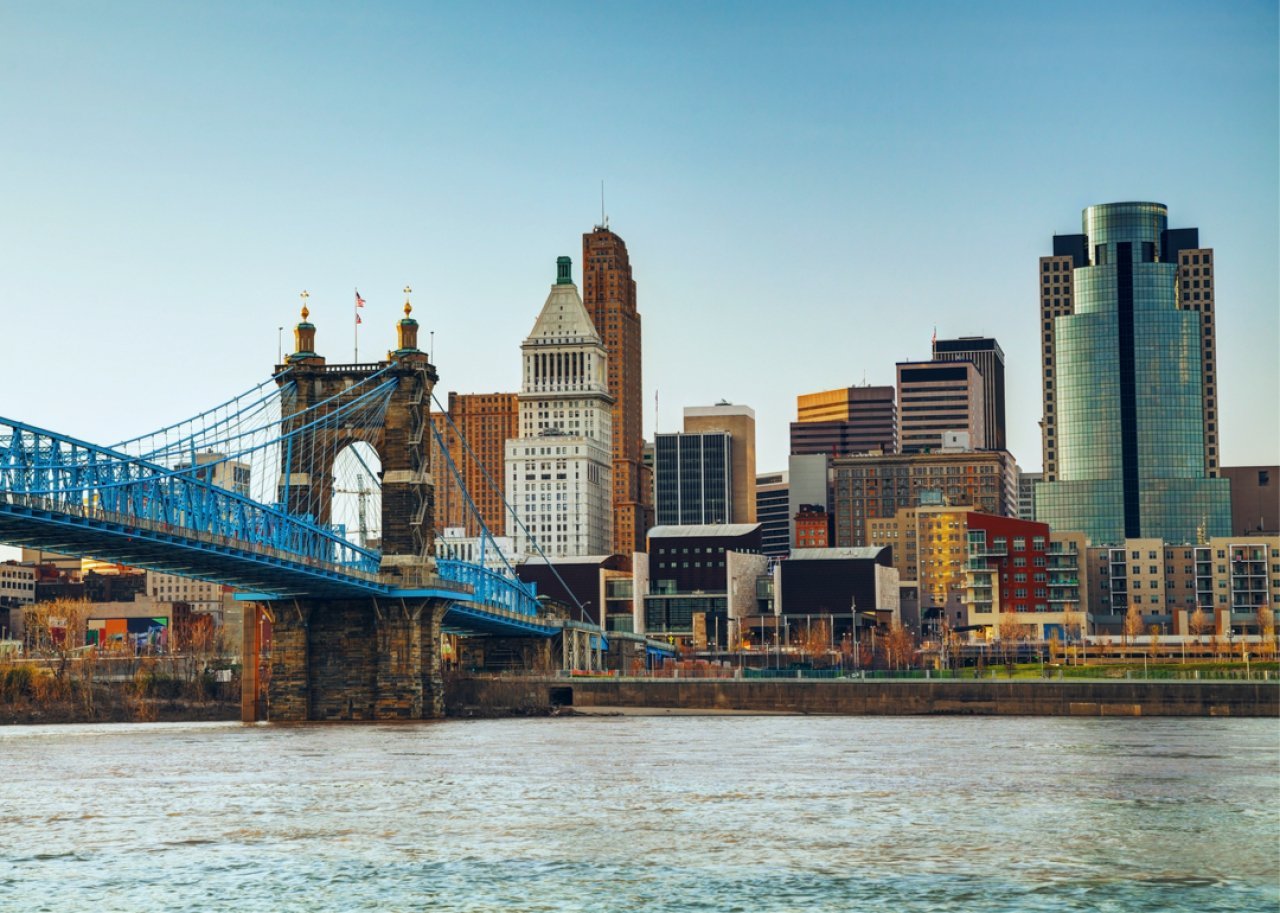
#24. Cincinnati
- Total score: 52.41
- Wallet friendliness rank: 109
- Social environment rank: 15
- Academic and economic opportunities rank: 342
Cincinnati lives up to its nickname: Queen City. With rich architectural, historical, and cultural traditions, the third-largest city in the state is a flourishing metropolis meticulously designed to balance urban infrastructure with plentiful green spaces. Artisanal brewing is popular, and the Over-the-Rhine district is famous for its 19th-century buildings. The University of Cincinnati stands out as one of the city's best schools, and other institutions include Mount St. Joseph University and schools focused on careers in health care.
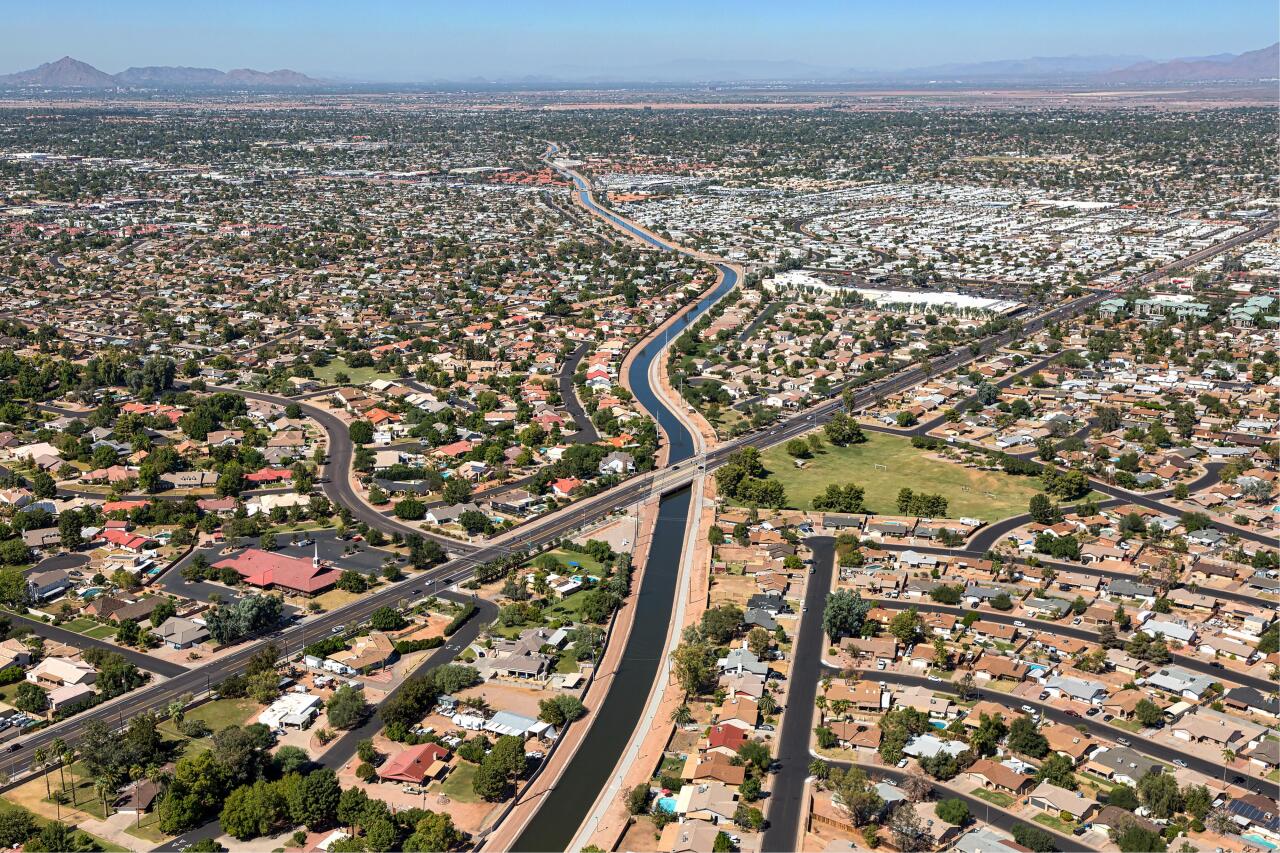
#23. Mesa, Arizona
- Total score: 53.14
- Wallet friendliness rank: 282
- Social environment rank: 207
- Academic and economic opportunities rank: 31
A suburb of Phoenix, Mesa provides access to that city's institutions of higher learning and satellite campuses, including Arizona State University's Polytechnic campus and Mesa Community College. Mesa also hosts the Sonoran Desert and Tonto National Forest, highlighting the area's rich indigenous history. The Mesa Arts Center is renowned, and nightlife includes breweries and wineries.
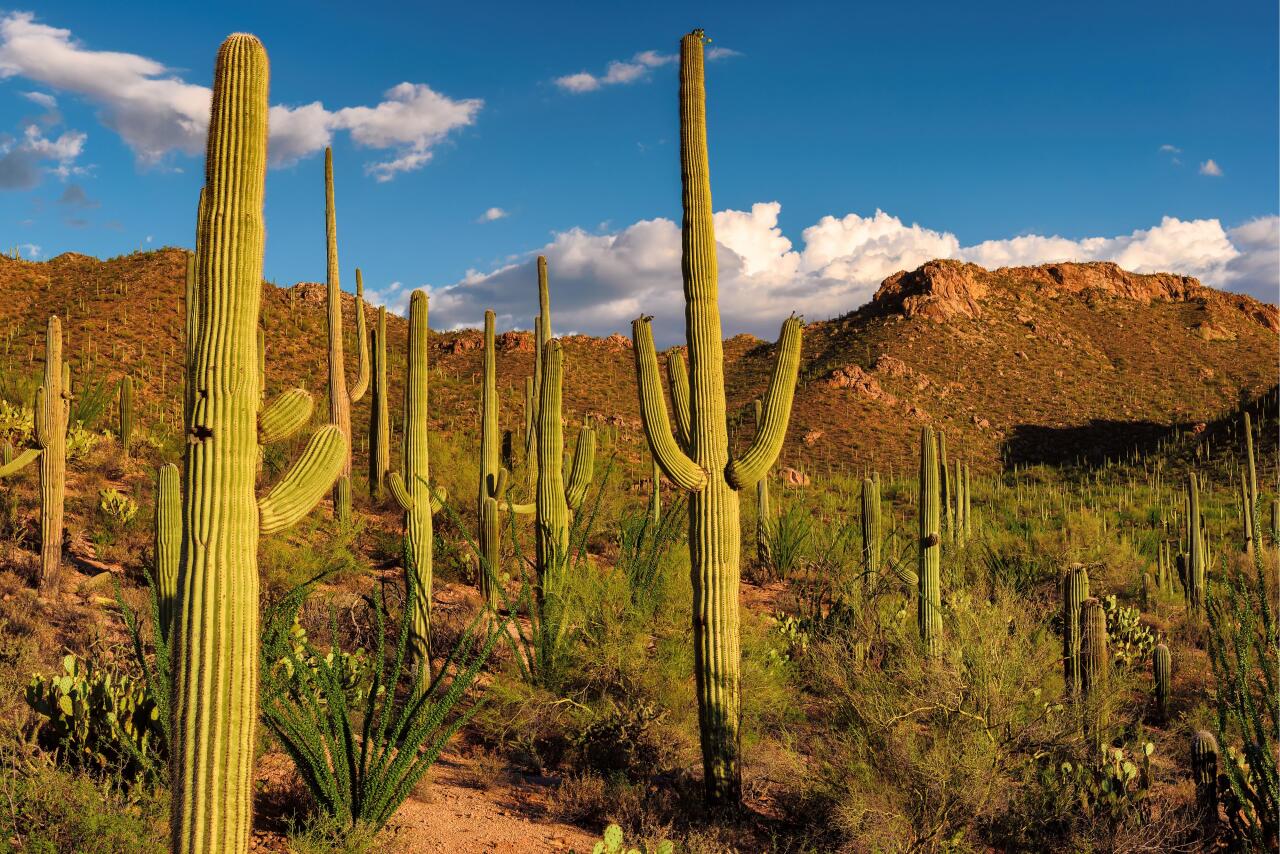
#22. Tucson, Arizona
- Total score: 53.33
- Wallet friendliness rank: 110
- Social environment rank: 34
- Academic and economic opportunities rank: 293
Arizona's second-largest city is home to the University of Arizona, one of the largest schools in the country and one of Tucson's largest employers. Tucson also features a national park, national forest, mountain range, other outdoor destinations, and trendy bars and restaurants, making it the choice for over 50,000 students.
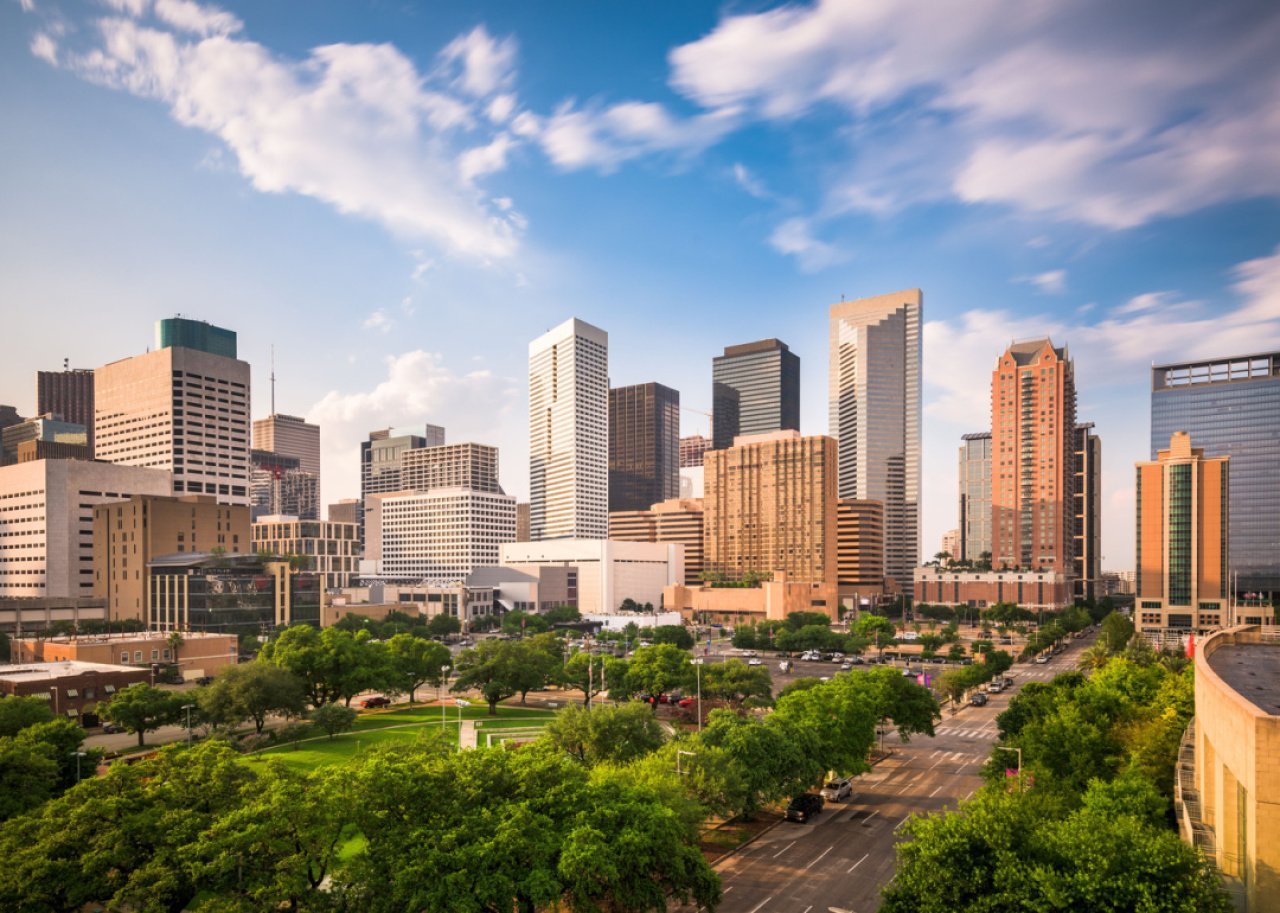
#21. Houston
- Total score: 53.38
- Wallet friendliness rank: 83
- Social environment rank: 120
- Academic and economic opportunities rank: 236
The University of Houston's flagship campus and its Downtown and Clear Lake campuses, along with Texas Southern University and the private Rice University, are based in this Texan city. The city is a hub for the energy sector, featuring the headquarters of ConocoPhillips, Halliburton, and Phillips 66. Space City, the country's fourth-largest metropolis, is also home to diverse arts, culinary, and sports scenes.
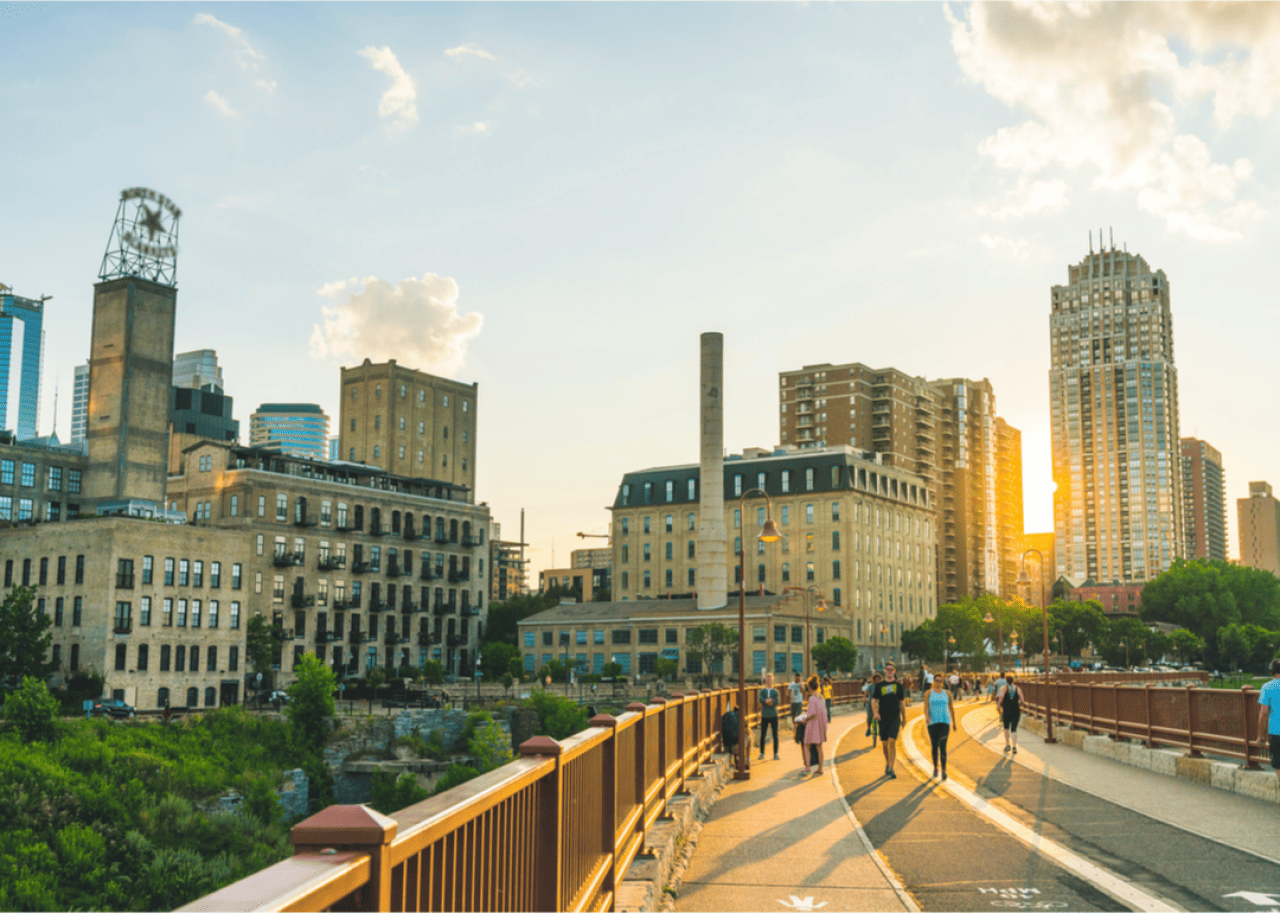
#20. Minneapolis
- Total score: 53.4
- Wallet friendliness rank: 179
- Social environment rank: 51
- Academic and economic opportunities rank: 220
Minneapolis is a cultural center of the Midwest and home to some colleges and universities, including the University of Minnesota, the Minneapolis College of Art and Design, and North Central University. The city has a celebrated parks system that encourages activity among residents and representation in all major North American sports leagues. Light rail and commuter lines also link the city's neighborhoods with nearby suburbs.
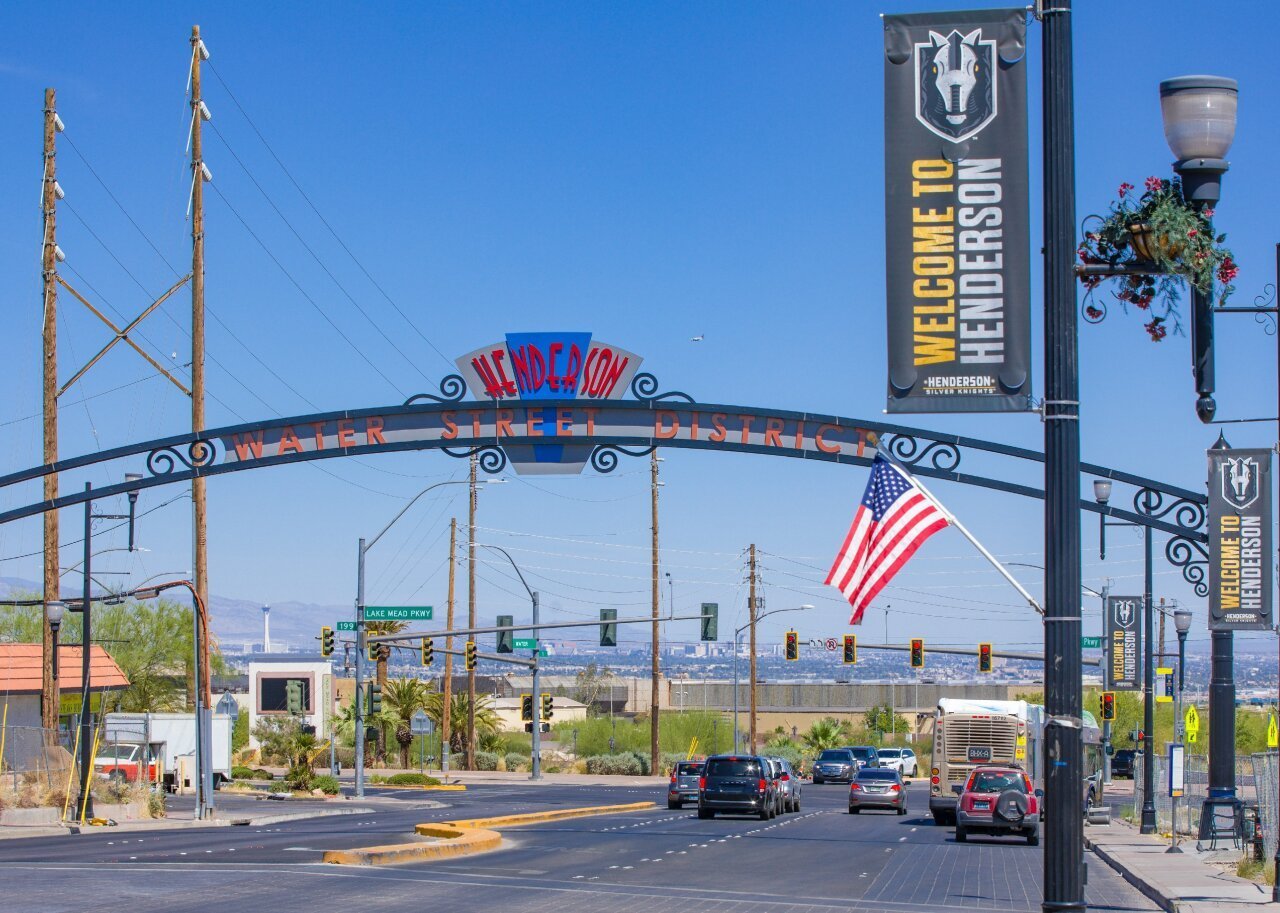
#19. Henderson, Nevada
- Total score: 53.43
- Wallet friendliness rank: 250
- Social environment rank: 333
- Academic and economic opportunities rank: 5
A relatively new and thriving suburb located only a few miles southeast of the Las Vegas Strip, Henderson is an ideal setting for college students. With mild winters and 300 sunny days yearly, Henderson, Nevada, is a desirable place to shape your future. It also attracts students who enjoy outdoor activities and an "open 24 hours" lifestyle without the frenzy of its world-famous neighbor. There are several colleges in Henderson, including Nevada State University, and a handful of others less than 20 miles away.
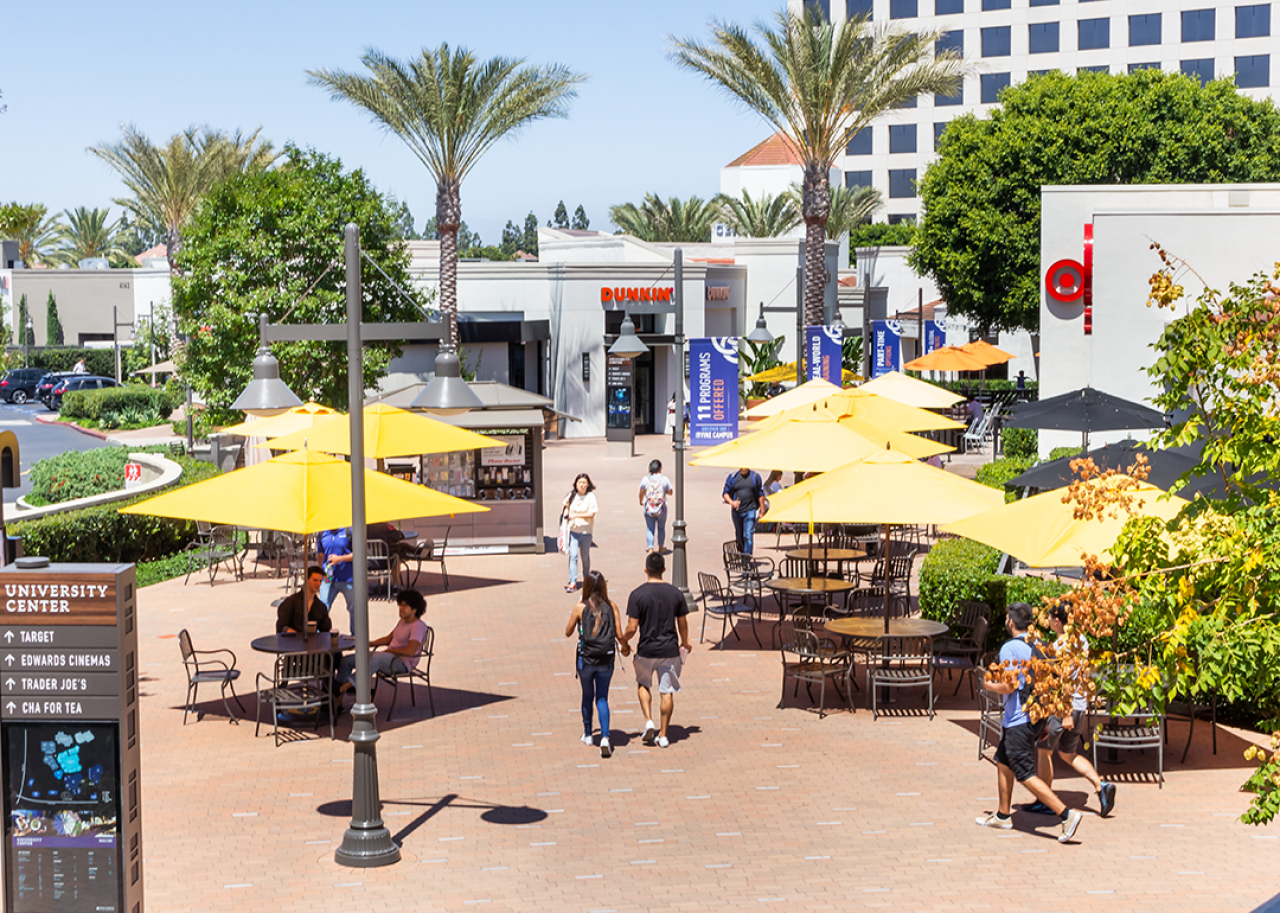
#18. Irvine, California
- Total score: 53.77
- Wallet friendliness rank: 379
- Social environment rank: 100
- Academic and economic opportunities rank: 19
Students in this central Orange County city have access to the best of Southern California. The city has several colleges, including the top-ranked ; Westcliff University; Concordia University Irvine; and Stanbridge University, a nursing and allied health school. Lovers of outdoor recreation have convenient access to the Pacific Ocean and the city's Great Park, a 500-plus-acre playground with an amphitheater and facilities for several sports. Nearby John Wayne International Airport for customer satisfaction.
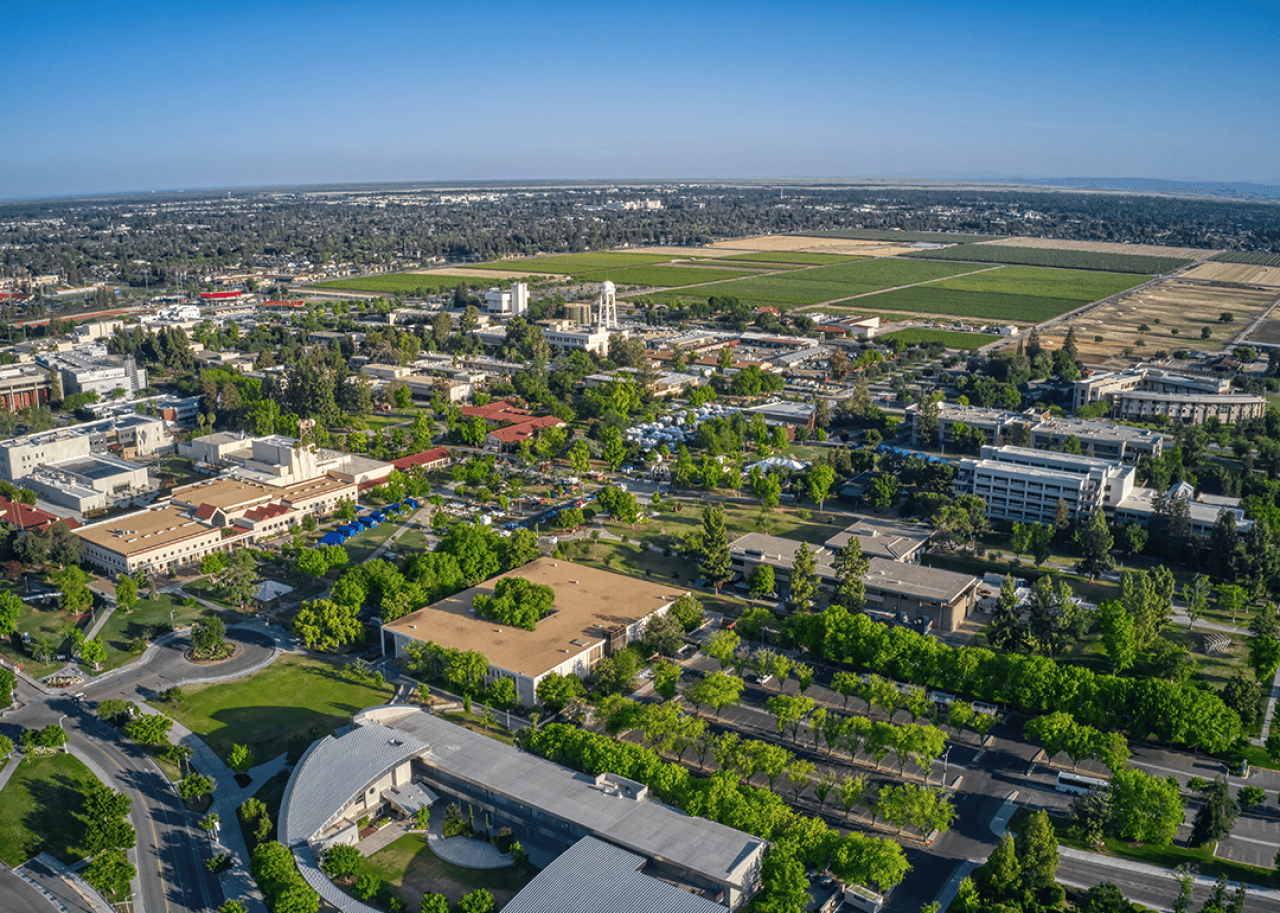
#17. Fresno, California
- Total score: 53.91
- Wallet friendliness rank: 141
- Social environment rank: 144
- Academic and economic opportunities rank: 167
California's fifth-largest city beckons students to experience the best urban and rural living at Fresno State University and Fresno Pacific University, among other schools. Fresno's half-million residents enjoy the city's bustling cultural scene. However, the city is also located within the state's rich agricultural heartland. Furthermore, Fresno is within a 90-minute drive from Yosemite, Kings Canyon, and Sequoia National Parks. Students at Fresno State can study at the nation's first collegiate commercially bonded winery, which has since it opened in 1997.
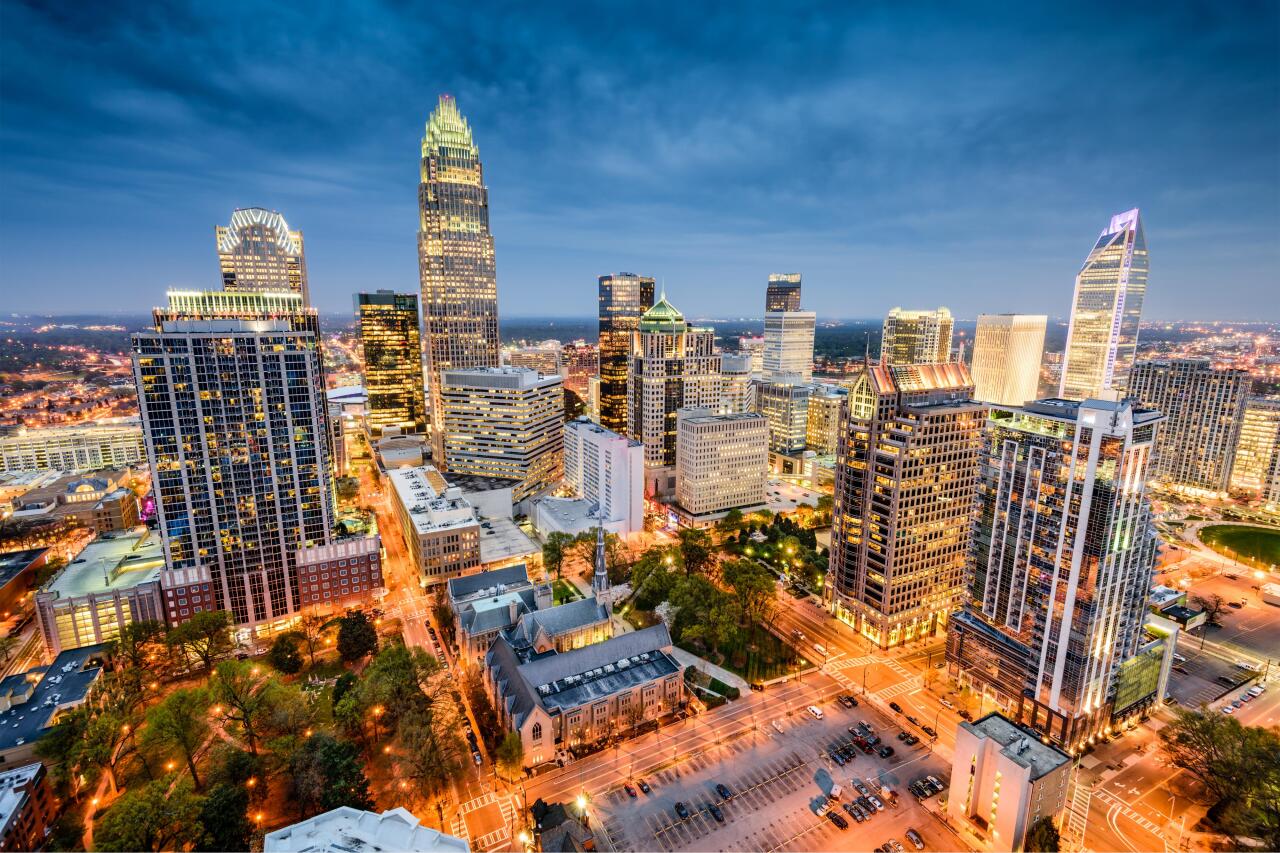
#16. Charlotte, North Carolina
- Total score: 54.16
- Wallet friendliness rank: 209
- Social environment rank: 35
- Academic and economic opportunities rank: 201
Tens of thousands of students move to Charlotte, North Carolina, to attend the University of North Carolina at Charlotte, highly-ranked Davidson College, and the smaller Queens University of Charlotte. Just up the road, the North Carolina Research Campus offers opportunities in various areas of study for both undergrad and graduate students. Charlotte is a major financial services and banking hub‚ÄĒthe city is now the second-largest banking center behind New York.
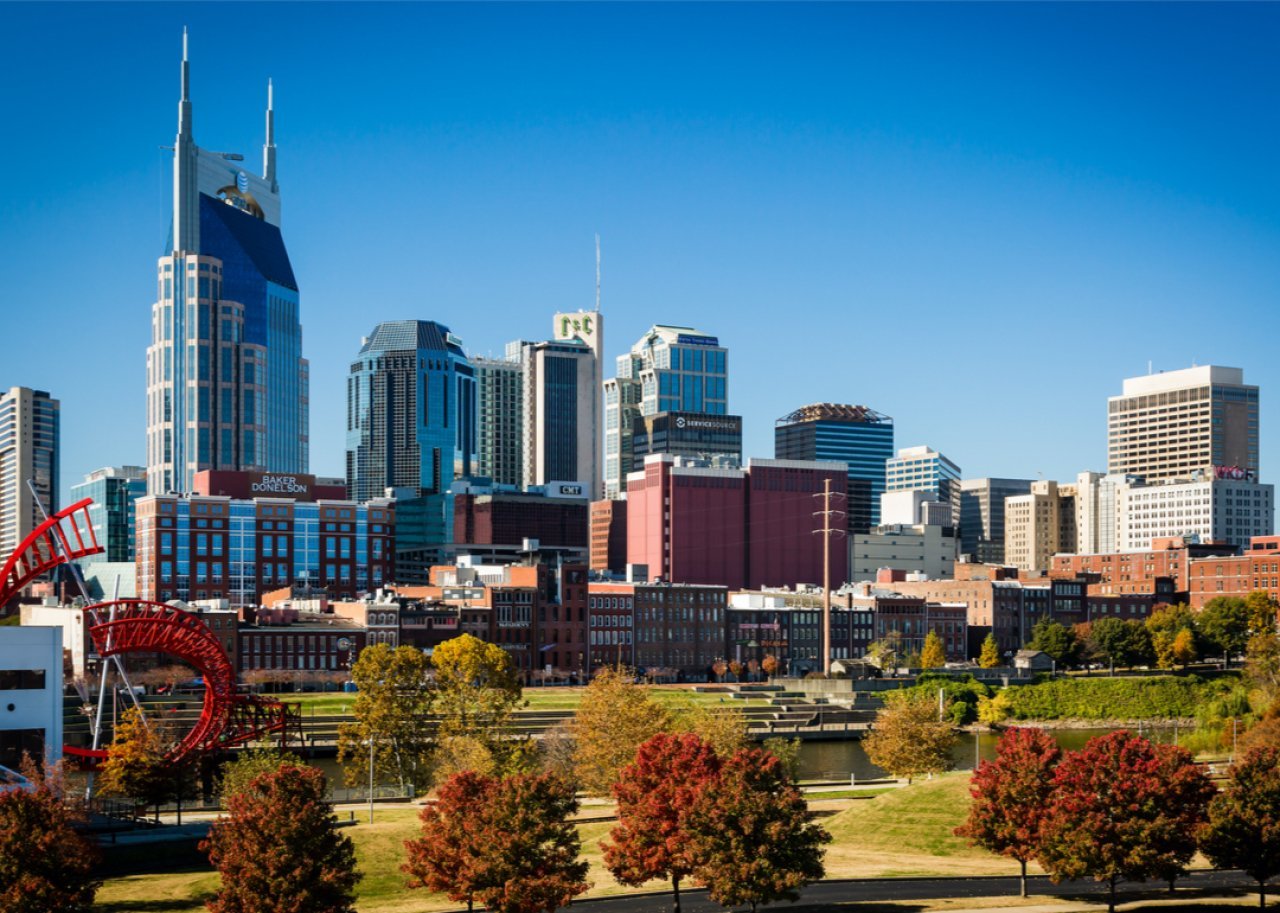
#15. Nashville, Tennessee
- Total score: 54.21
- Wallet friendliness rank: 262
- Social environment rank: 73
- Academic and economic opportunities rank: 130
Vanderbilt University is the most highly ranked college in Nashville, Tennessee, home to over 13,000 undergraduate and graduate students. Nashville also boasts a couple of HBCUs: Tennessee State University and Fisk University. Nashville's reputation as a lively tourist destination extends to its status as a top-notch college town, with students enjoying a wide selection of live music, nightlife, and Southern cuisine.
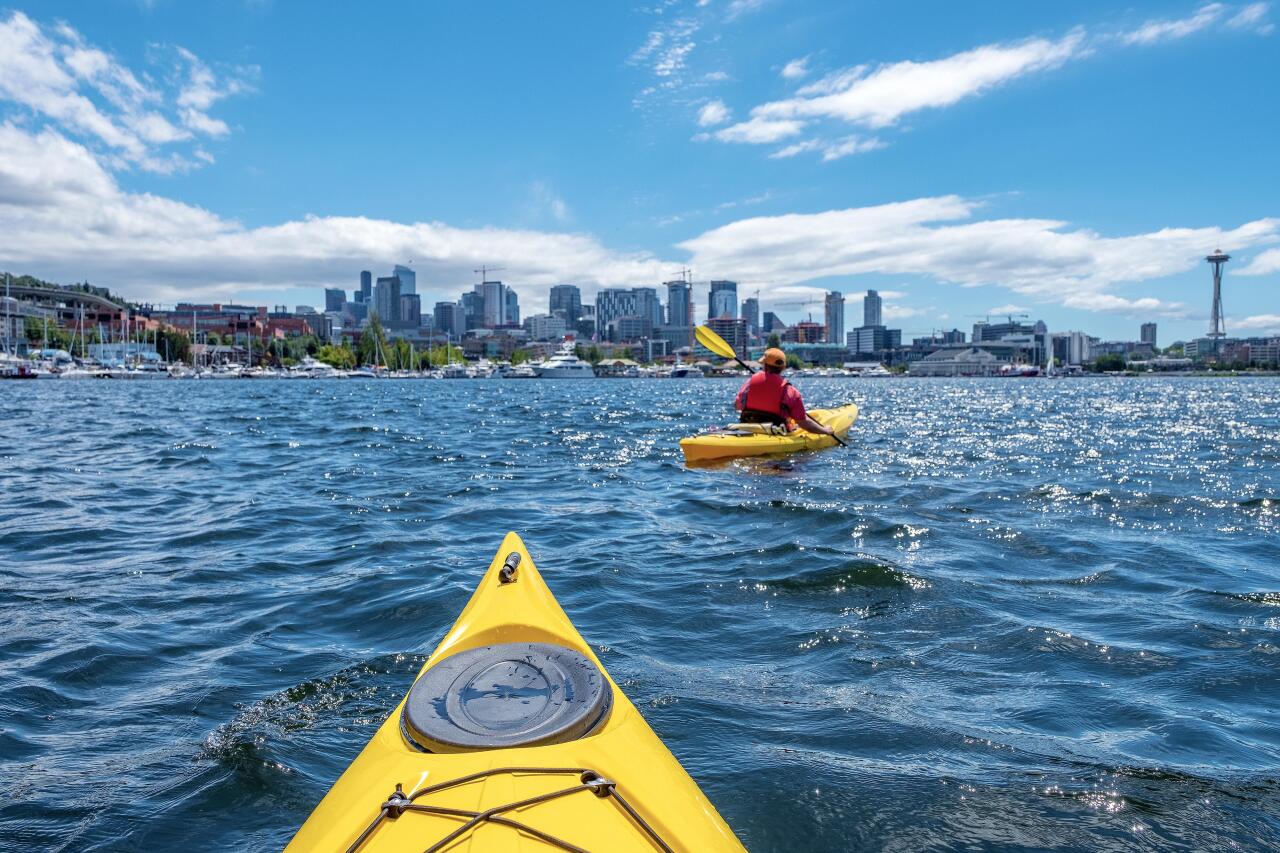
#14. Seattle
- Total score: 54.38
- Wallet friendliness rank: 364
- Social environment rank: 12
- Academic and economic opportunities rank: 83
Seattle's biggest educational institution is the University of Washington, which is so large that it takes up an entire neighborhood. Other schools in the area include Seattle University and Seattle Pacific University. Like its counterparts in Silicon Valley, Seattle draws students interested in the tech and business sectors, with neighboring major corporations including Amazon, Microsoft, Starbucks, and Boeing. That said, thanks to its history as a breeding ground for alternative music and its multitude of recreational opportunities, the city draws students across a wide swath of interests.
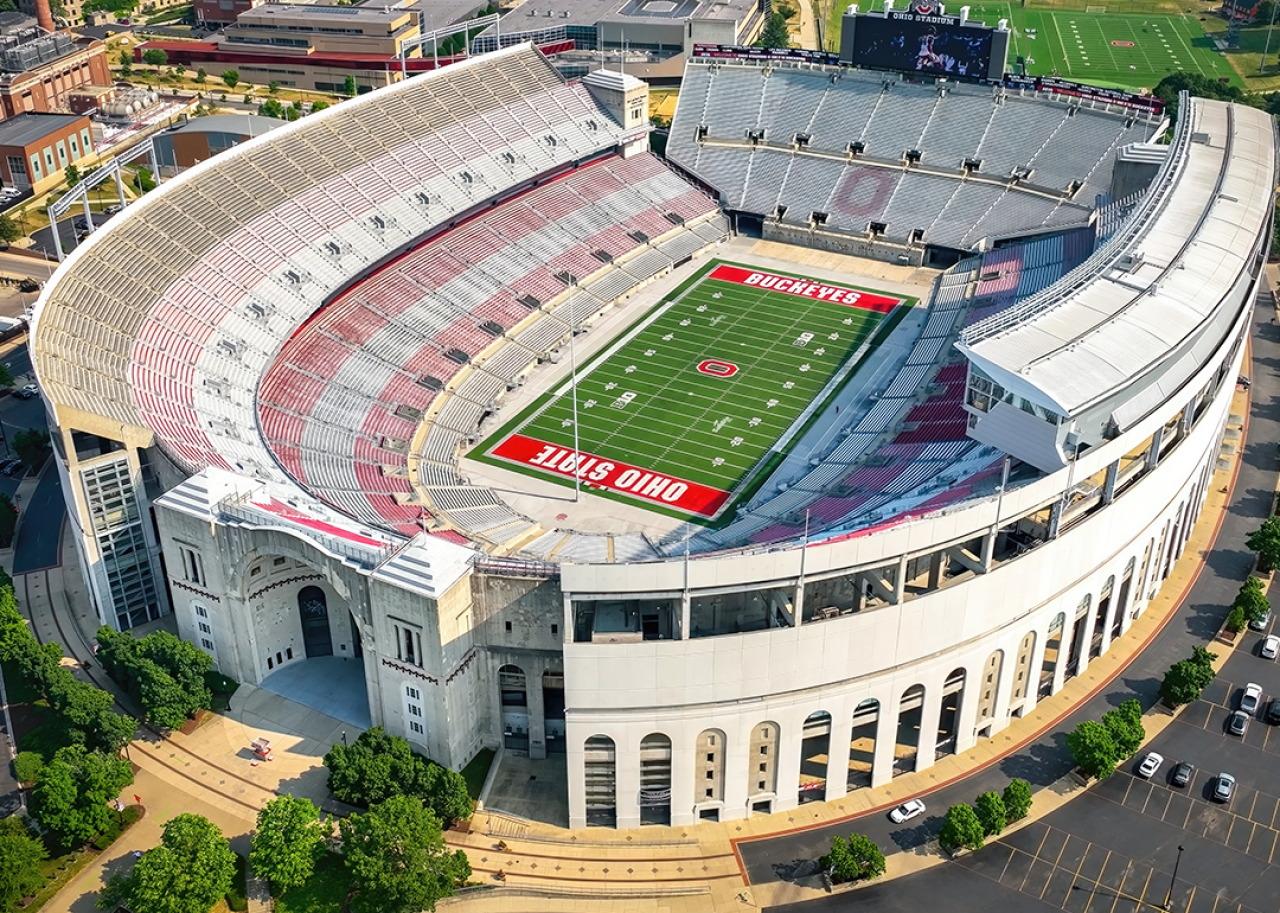
#13. Columbus, Ohio
- Total score: 54.63
- Wallet friendliness rank: 113
- Social environment rank: 72
- Academic and economic opportunities rank: 212
Columbus, Ohio, is home to one of the largest colleges by enrollment in the country: Ohio State University. Columbus also hosts Columbus State Community College and the Columbus College of Art and Design. Bustling neighborhoods such as the Short North feature street parades and festivals. Meanwhile, college football is a huge draw for almost everyone in town, whether or not they're students.

#12. Albuquerque, New Mexico
- Total score: 55.76
- Wallet friendliness rank: 165
- Social environment rank: 83
- Academic and economic opportunities rank: 138
Educational opportunities in Albuquerque include the University of New Mexico, Central New Mexico Community College, Trinity Southwest University, and the University of St. Francis. As for recreation, students can enjoy Old Town, the Sandia Peak Tramway, and the ABQ BioPark. The city is also home to a vibrant restaurant scene and the world-famous International Balloon Fiesta, held every October.
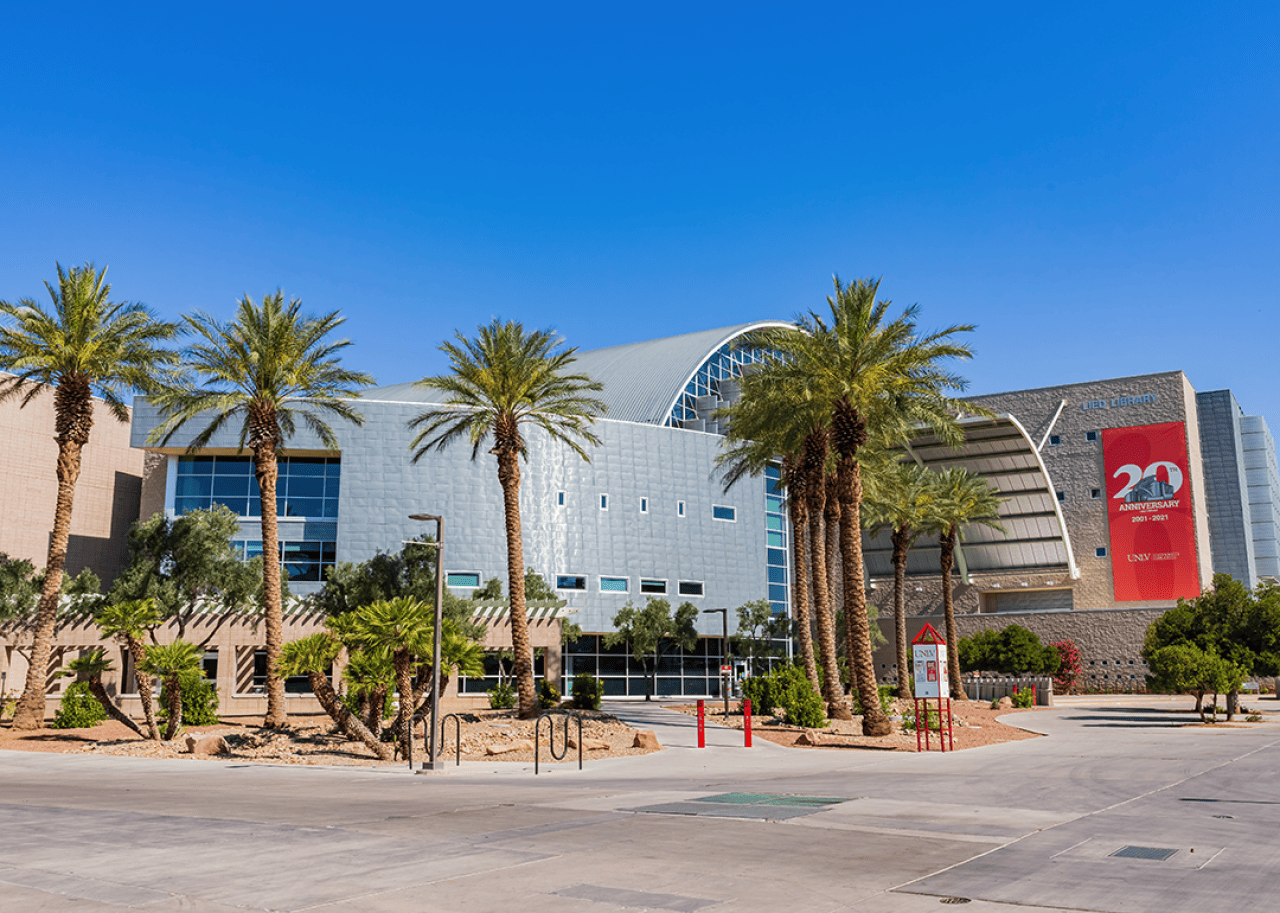
#11. Las Vegas
- Total score: 55.76
- Wallet friendliness rank: 178
- Social environment rank: 8
- Academic and economic opportunities rank: 235
The University of Nevada, Las Vegas is the main contributor of students to Sin City. With an iconic nightlife scene and plenty of jobs in the hospitality industry, Vegas attracts those looking for a different kind of urban experience. While public transit isn't robust and there isn't much parkland, what the city lacks in infrastructure it makes up for in recreational and cultural offerings.
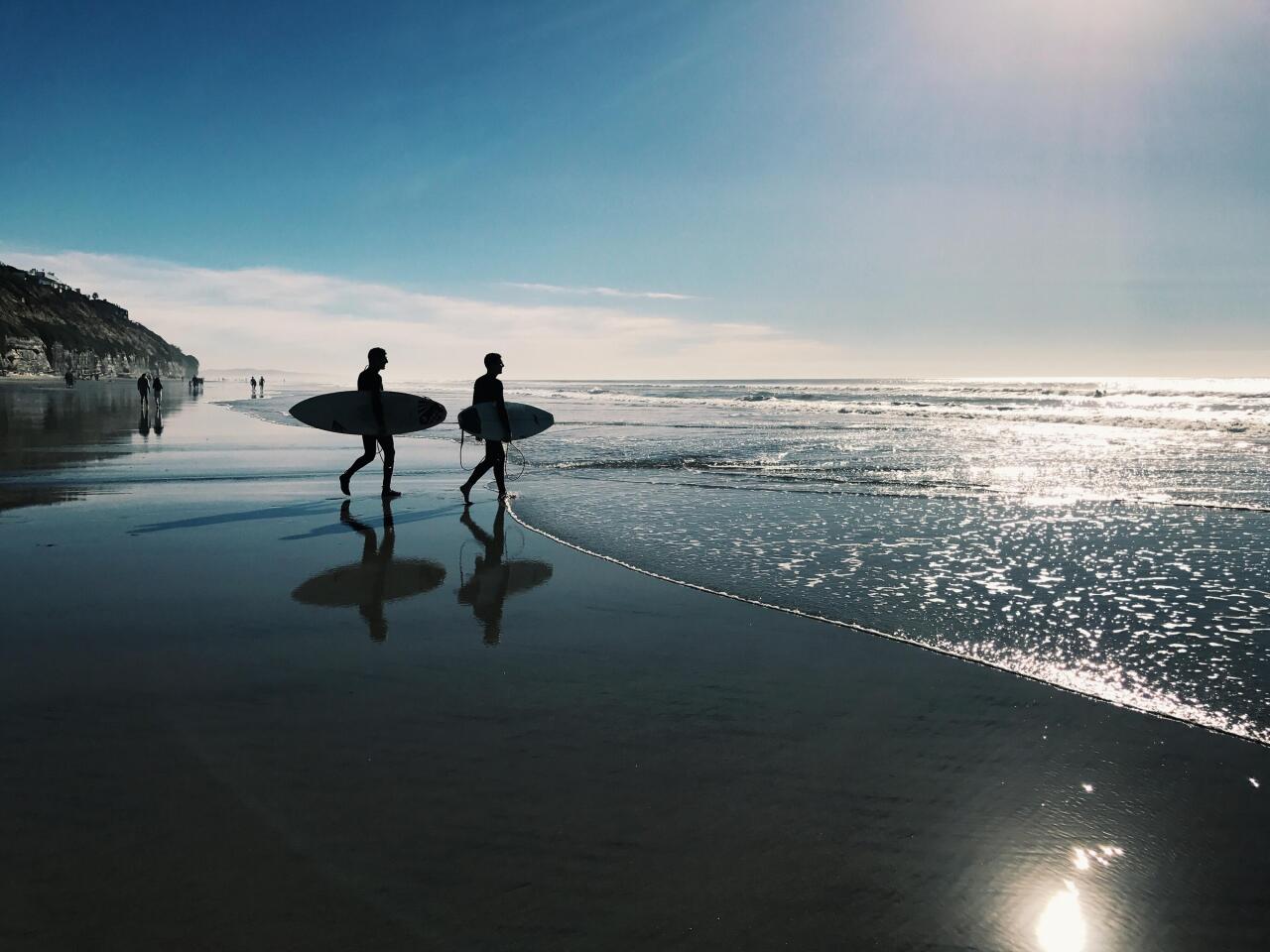
#10. San Diego
- Total score: 55.97
- Wallet friendliness rank: 382
- Social environment rank: 6
- Academic and economic opportunities rank: 24
Sunny San Diego may not be known as a college town, but it should be: There are nearly 30 colleges and universities in the city and beyond, including the University of California, San Diego; San Diego State University; and the private University of San Diego and Point Loma Nazarene University. Beach culture strongly holds students, who can be found surfing between classes or roller skating along Mission Beach. There is also a significant military presence thanks to Naval Base San Diego, the U.S. Navy's largest West Coast base and the principal homeport of the Pacific Fleet.
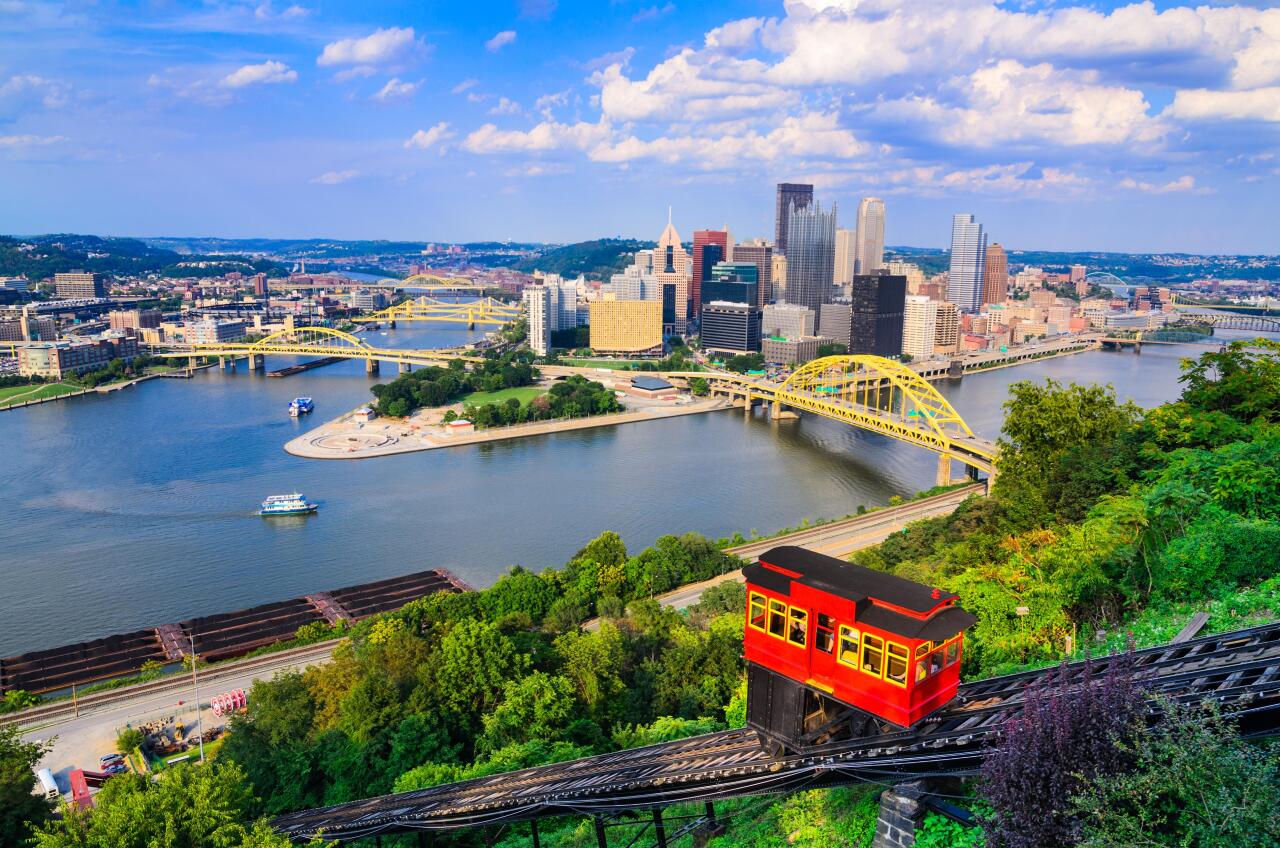
#9. Pittsburgh
- Total score: 56.44
- Wallet friendliness rank: 203
- Social environment rank: 4
- Academic and economic opportunities rank: 224
One of the Rust Belt's anchor cities, Pittsburgh is home to close to 30 universities, including the highly ranked Carnegie Mellon University and the University of Pittsburgh. Forbes and The Economist of London have called Pittsburgh the , which makes it a very attractive destination for students. While U.S. Steel still has a big presence, a growing number of biotech, health care, and financial services companies are based in the state's second-largest metropolis.
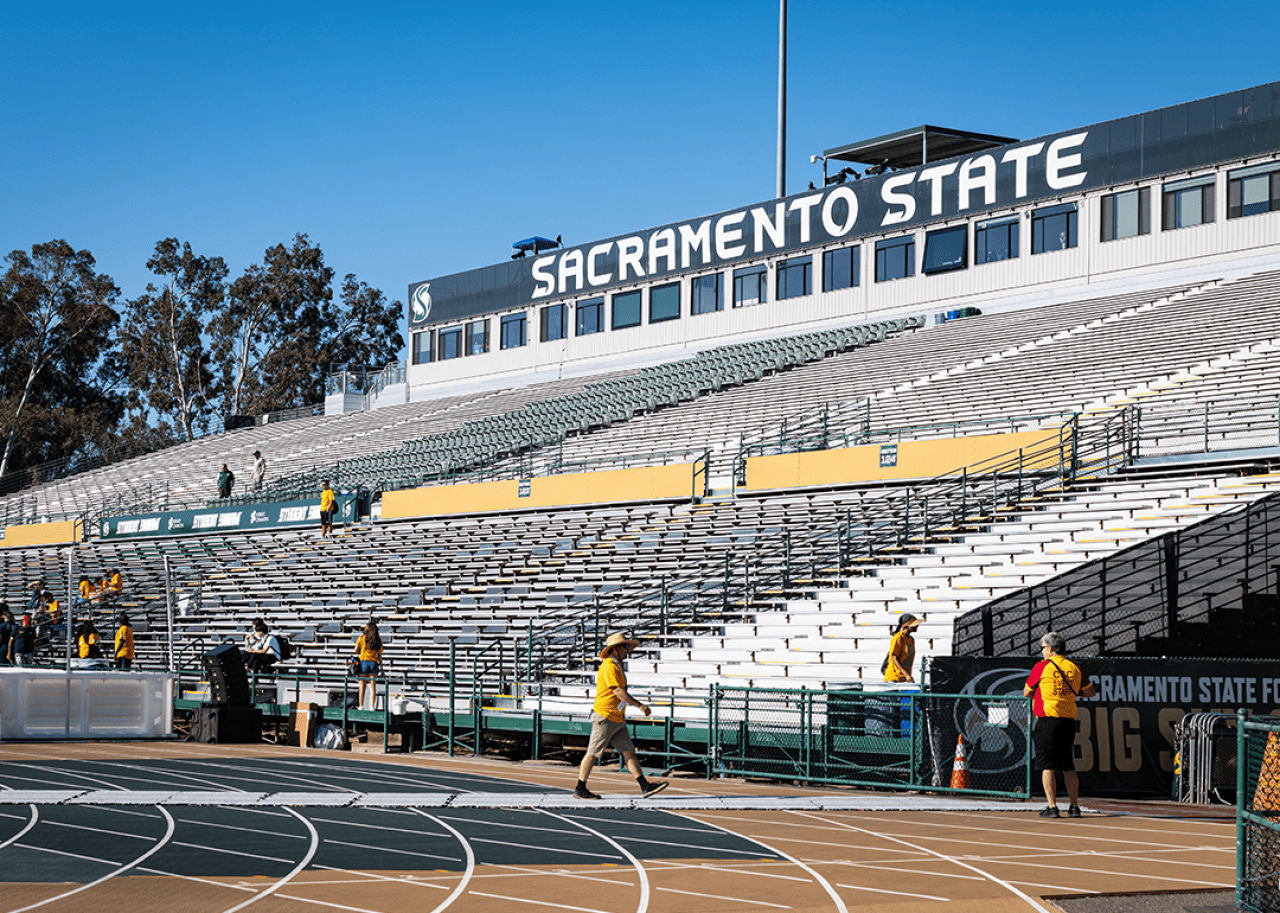
#8. Sacramento, California
- Total score: 57.1
- Wallet friendliness rank: 255
- Social environment rank: 22
- Academic and economic opportunities rank: 91
The educational offerings in Sacramento, California, are surprisingly limited: California State University, Sacramento (a.k.a. Sacramento State) is the only traditional four-year college in the capital city. Other institutions with satellites in the city include the University of San Francisco and the University of the Pacific, while the University of California, Davis, is a short drive away. But what the city lacks in higher education opportunities, it makes up for in its growing popularity as a cultural destination. And compared with the nearby Bay Area, Sacramento's cost of living is relatively affordable.
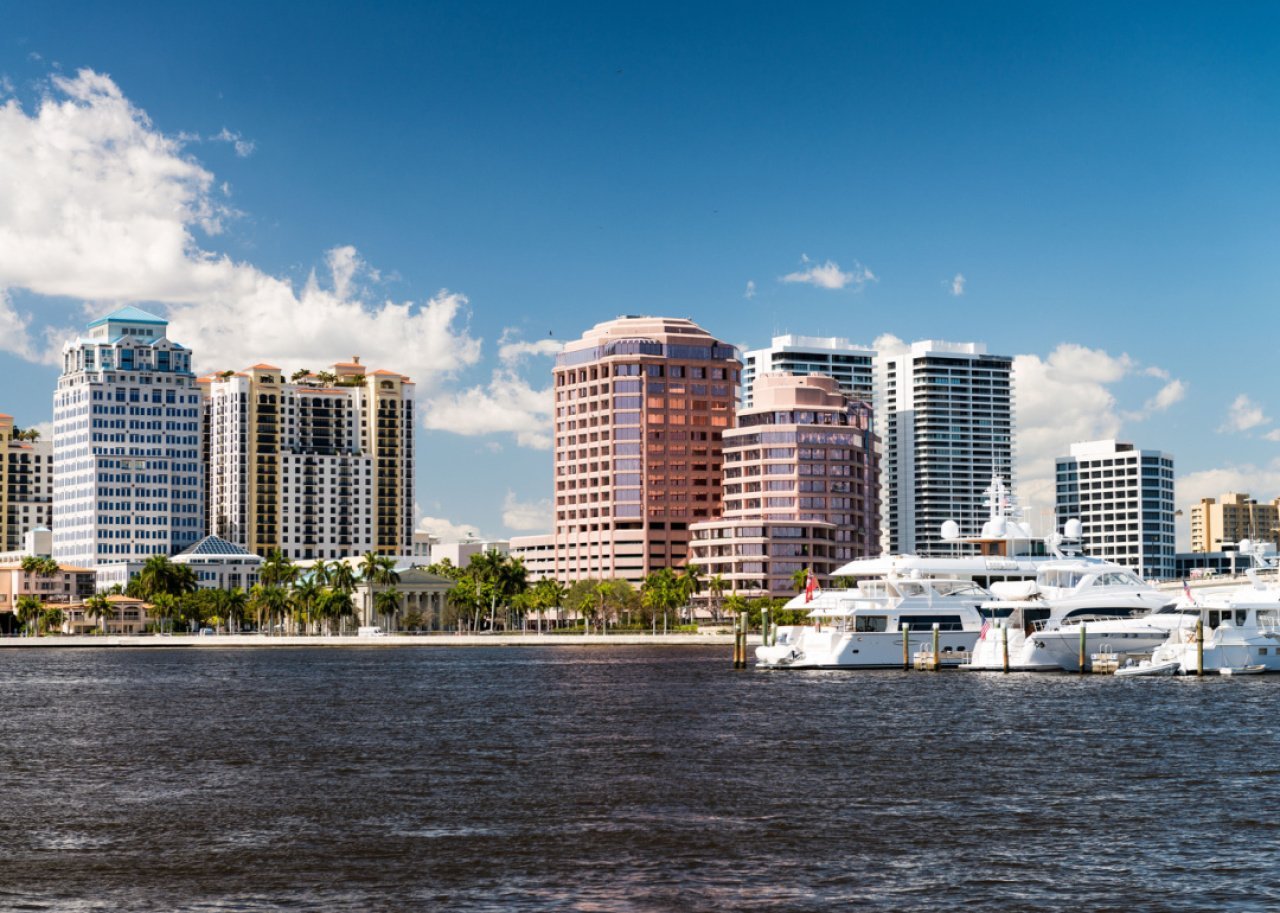
#7. Miami
- Total score: 57.69
- Wallet friendliness rank: 240
- Social environment rank: 5
- Academic and economic opportunities rank: 162
Colorful Miami hosts students from several colleges and universities. The University of Miami, Barry University, and Florida International University all enjoy the city as their backdrop. The lure of attending school in one of America's most famous nightlife destinations is obvious, and the warm weather and diverse cuisine make it an easy choice for thousands of students every year.
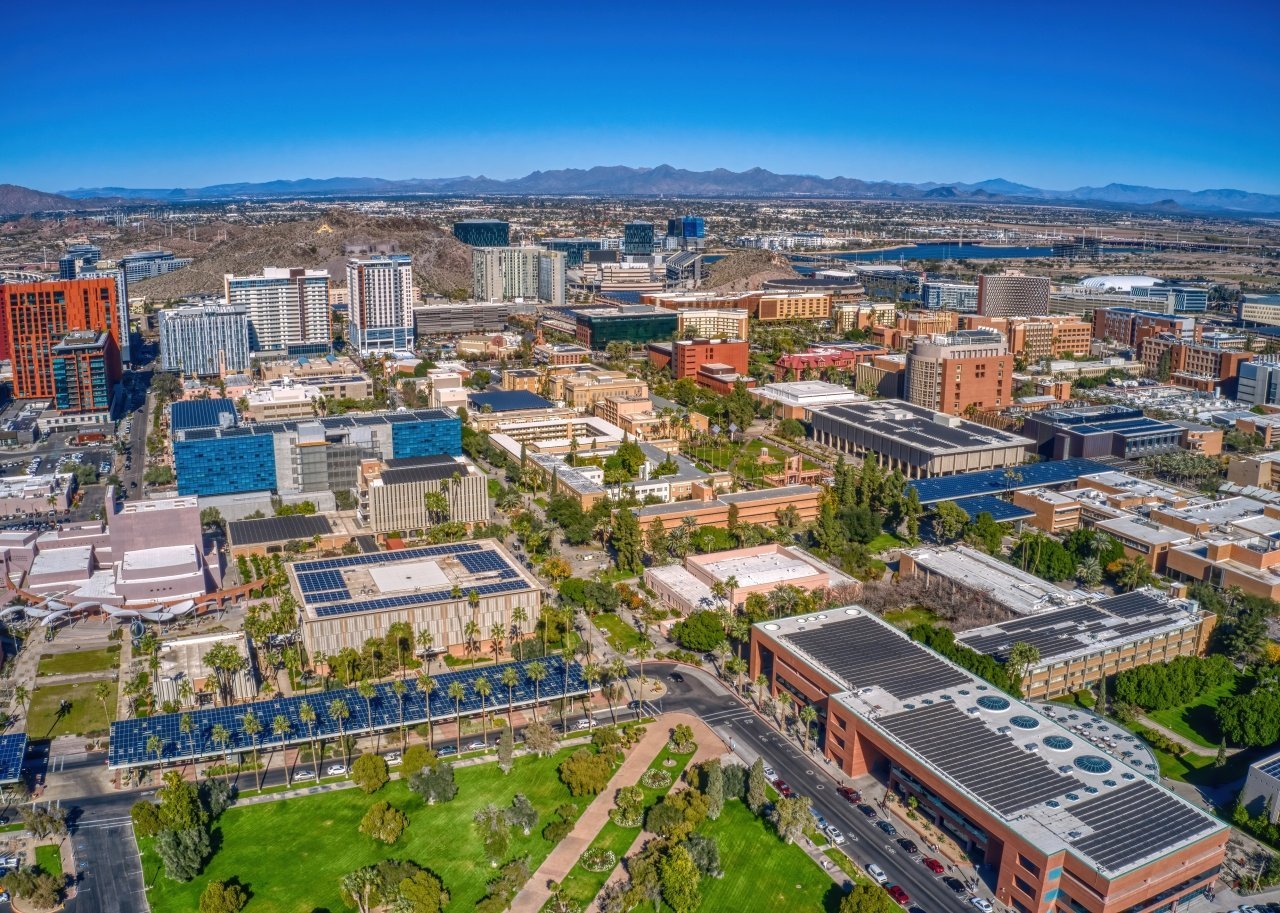
#6. Phoenix
- Total score: 58.54
- Wallet friendliness rank: 204
- Social environment rank: 76
- Academic and economic opportunities rank: 45
Phoenix may be notorious for its scorching heat, but that doesn't mean students of Grand Canyon University, the neighboring Arizona State University, and Arizona Christian University won't find much to love. The unique climate allows the Valley of the Sun to boast attractions such as the Desert Botanical Garden and Camelback Mountain. At the same time, students can also take advantage of the city's diverse culture. The Heard Museum has 12 galleries of Native American art and installations and an outdoor sculpture collection.
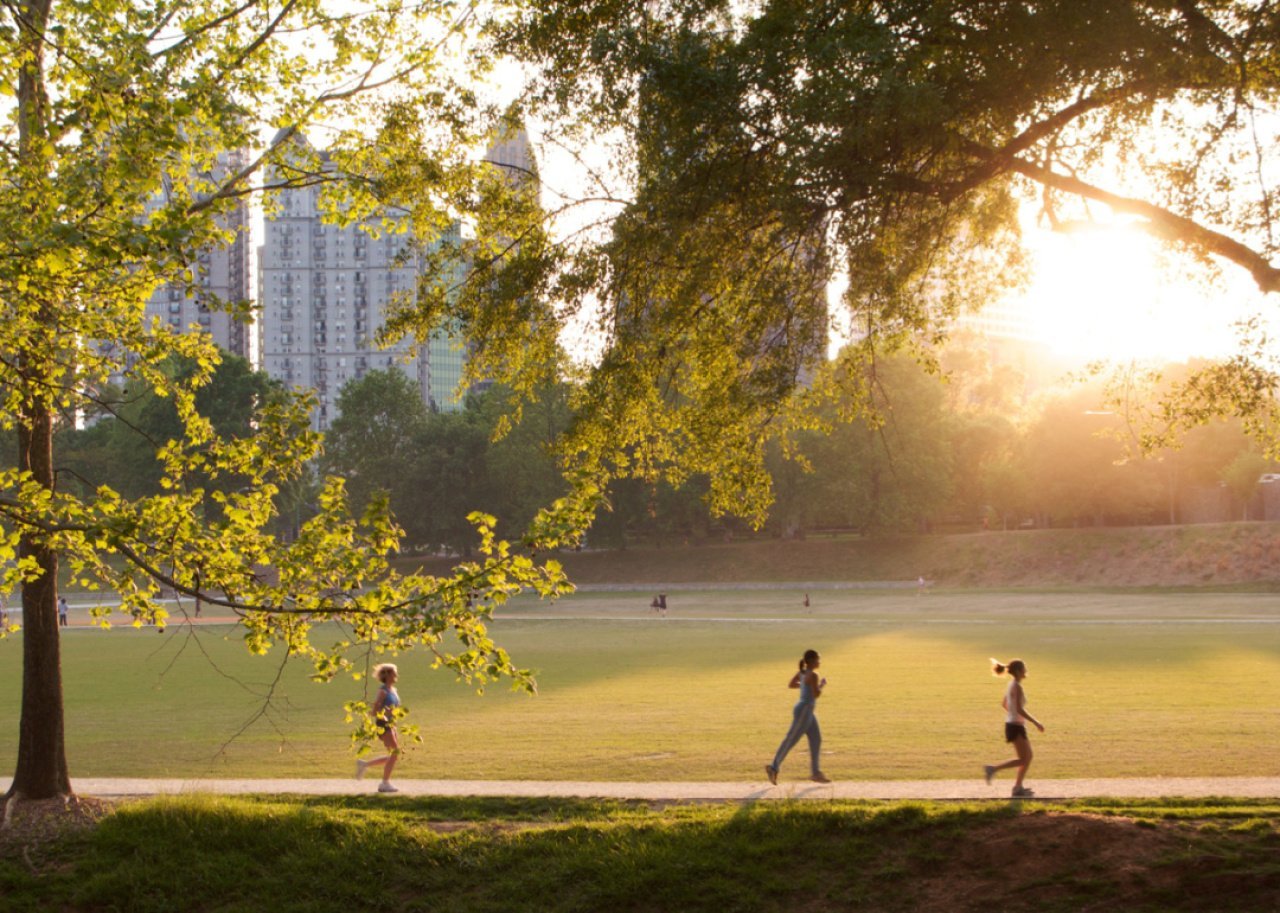
#5. Atlanta
- Total score: 58.92
- Wallet friendliness rank: 259
- Social environment rank: 1
- Academic and economic opportunities rank: 133
Home to the highly ranked Emory University and Georgia Institute of Technology, Atlanta also has a significant concentration of HBCUs, including Morehouse College, Spelman College, and Clark Atlanta University. The city is known for its nightlife and a relatively affordable cost of living. Students can fill their downtime with visits to museums and theaters, Underground Atlanta, and The King Center.
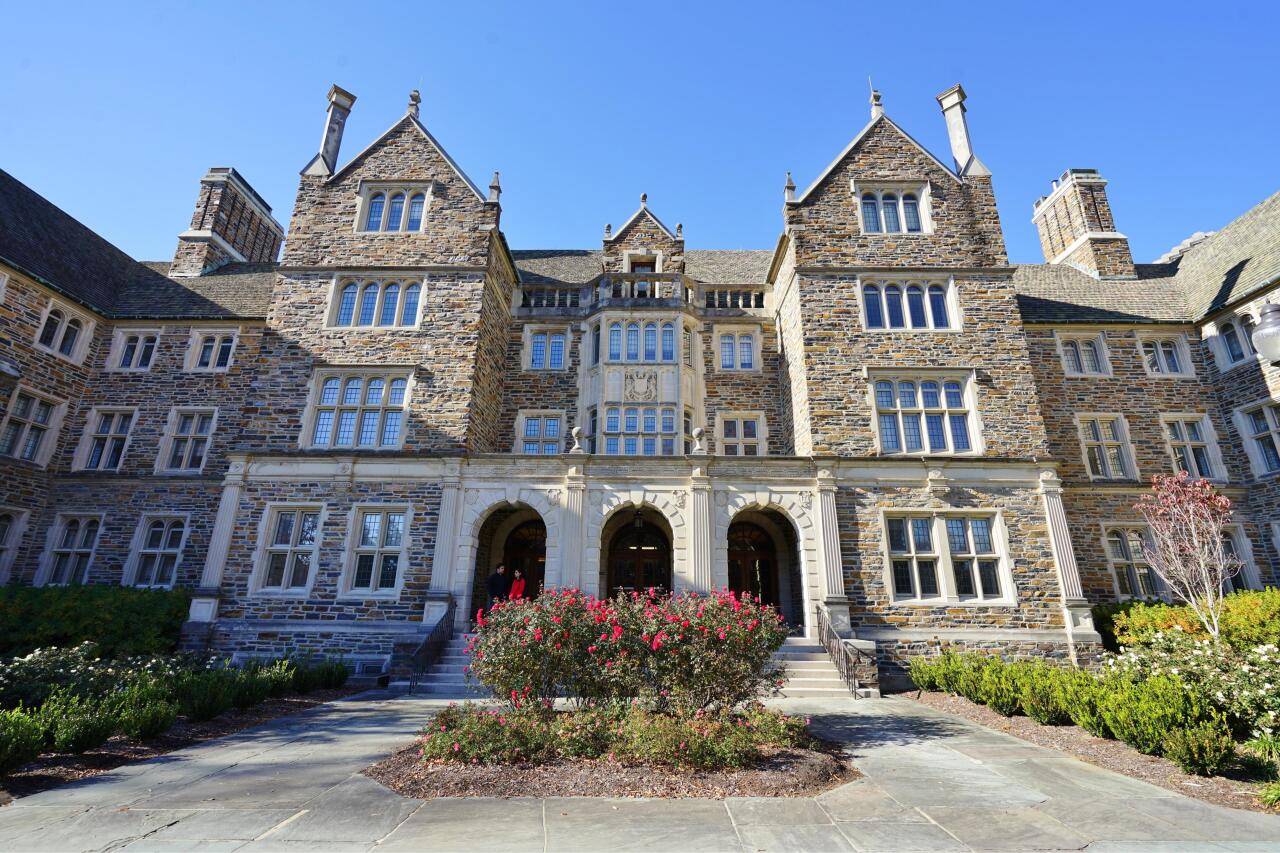
#4. Raleigh, North Carolina
- Total score: 60.99
- Wallet friendliness rank: 176
- Social environment rank: 29
- Academic and economic opportunities rank: 63
Raleigh, North Carolina, the state's quaint but vibrant capital, attracts students to several schools, including North Carolina State University, William Peace University, and HBCU Saint Augustine's University. The nearby Duke University and the University of North Carolina at Chapel Hill complete Research Triangle Park with NC State. Fayetteville Street and Glenwood South are popular among Raleigh locals for their bars and coffee shops, and the city's bus service is easy to navigate.
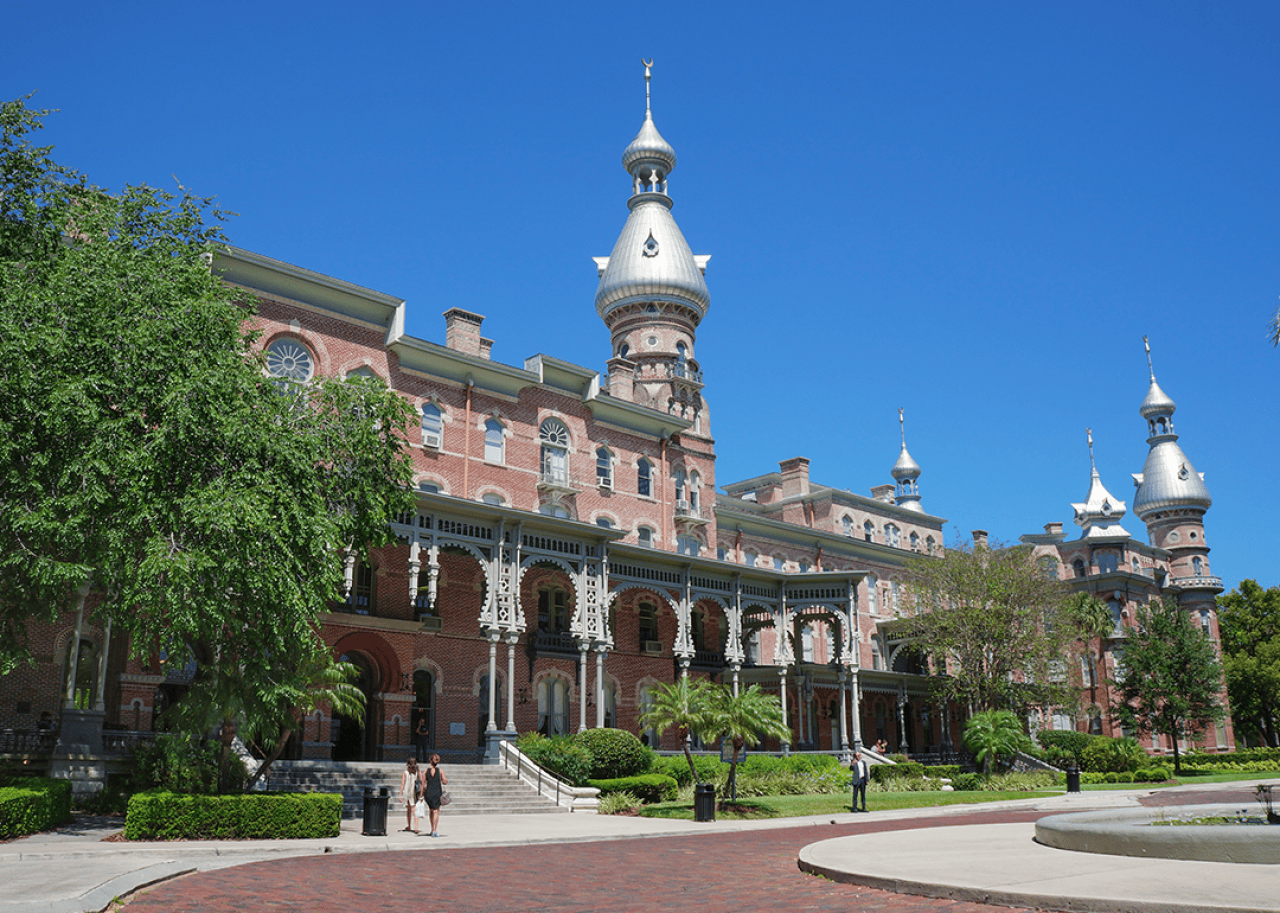
#3. Tampa, Florida
- Total score: 60.99
- Wallet friendliness rank: 161
- Social environment rank: 7
- Academic and economic opportunities rank: 127
Two schools bring college students to Tampa, Florida: the main campus of the massive, public University of South Florida and the smaller, private University of Tampa. Warm weather year-round and a relatively low cost of living make the city a popular destination. Tampa is also a major cruise port and tourist destination, providing ample opportunities for those looking to enter the hospitality industry.
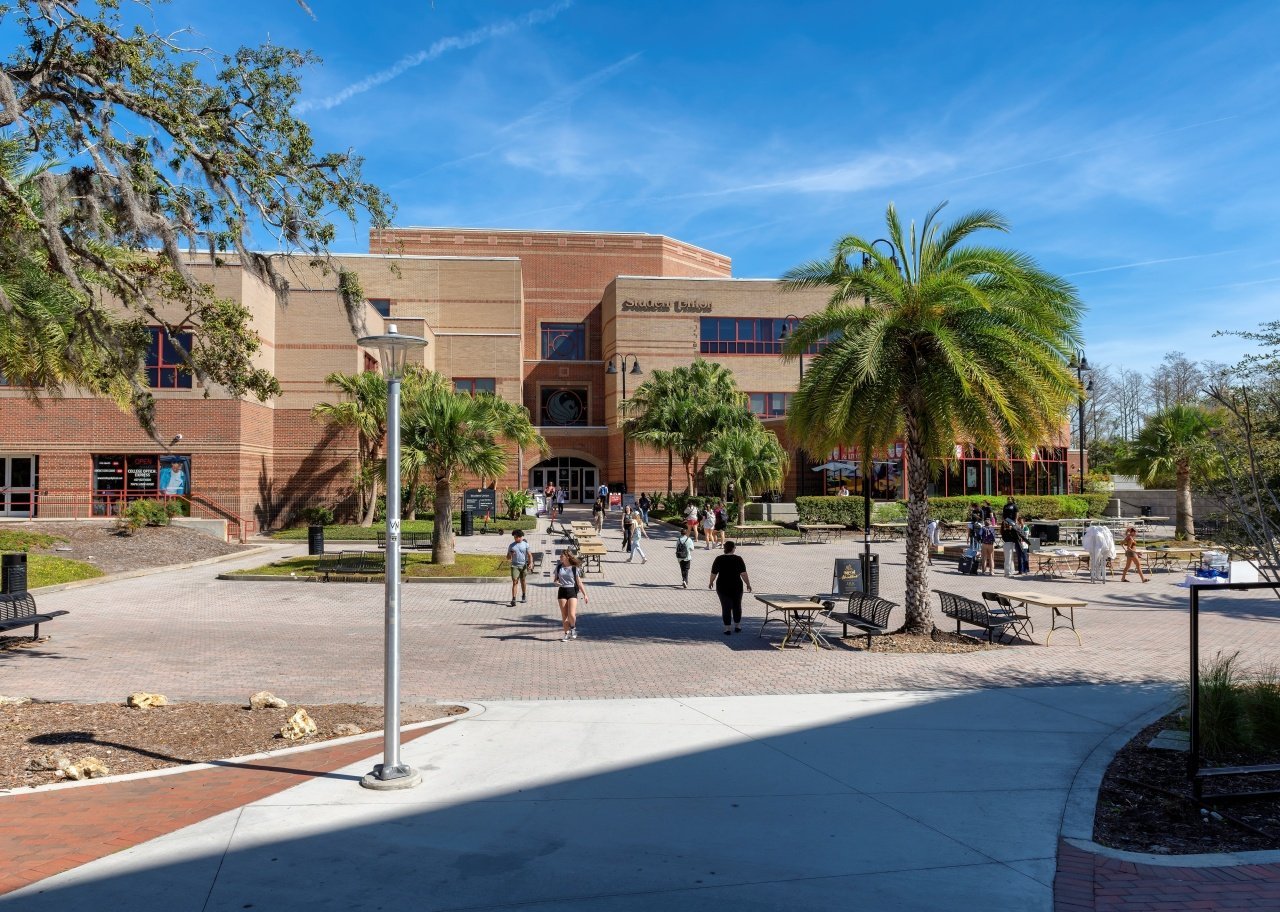
#2. Orlando, Florida
- Total score: 62.35
- Wallet friendliness rank: 164
- Social environment rank: 3
- Academic and economic opportunities rank: 94
Orlando, Florida, is home to more than Walt Disney World and Universal Studios, though students who call the city home will find no shortage of theme parks. The city's schools include the University of Central Florida, Valencia College, and neighboring smaller institutions. Orlando is also an hour drive to beach towns like Cape Canaveral and Cocoa Beach‚ÄĒor you can opt to stick around and check out all the city has to offer from the vantage point of the Orlando Eye.
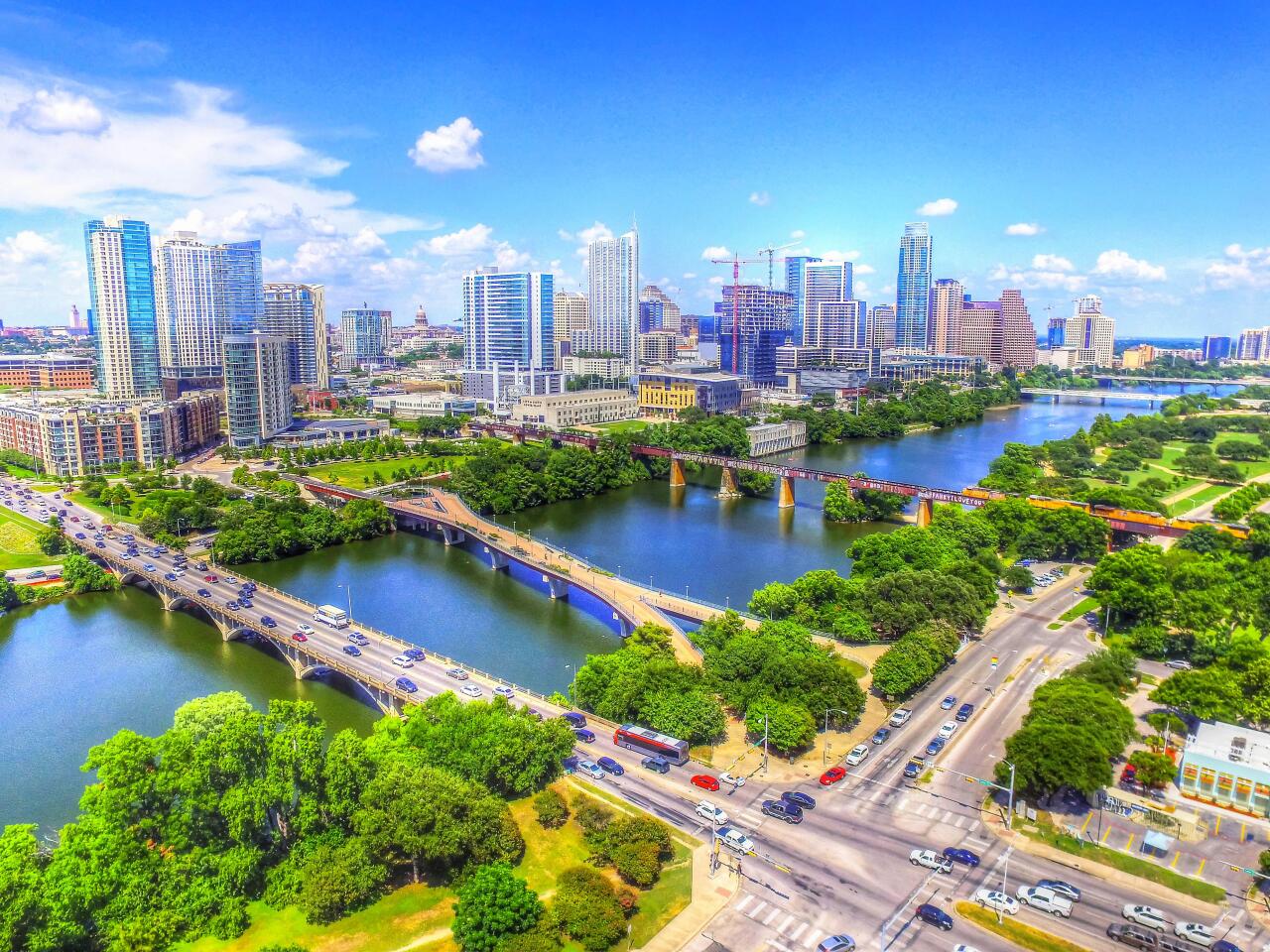
#1. Austin, Texas
- Total score: 65.16
- Wallet friendliness rank: 191
- Social environment rank: 17
- Academic and economic opportunities rank: 14
It's no surprise that Austin, Texas, with its distinct counterculture, vibrant nightlife, hot culinary scene, and innumerable music venues, ranks as the best big college town in the United States. College students have taken notice: The University of Texas at Austin has more than 40,000 undergraduates alone. Add in grad students and those attending other schools in and around the area‚ÄĒincluding St. Edward's University and Huston-Tillotson University‚ÄĒand it's clear that Austin is a major college town.
Data reporting by Wade Zhou. Additional writing by Jill Jaracz. Story editing by Mike Taylor. Copy editing by Meg Shields. Photo selection by Clarese Moller and Elizabeth Ciano.
Every year, students across the country must make an agonizing decision: where to go to college. The choices are endless: Big university or small private school? Close to home or far away? Urban life or tiny town? Even for those committed to certain ideas, choices abound.
College towns of all shapes and sizes often make major impacts on their surroundings. Rent is typically more expensive in college towns (and unfortunately, it's only ). But that doesn't deter people from moving in. Many college towns have grown significantly in recent years, which has affected everything from to .
Some of those developments are most apparent in big-city college towns. identified the 50 best big-city college towns using the Best College Towns in America report from , published in November 2023. Towns and cities were rated using 31 metrics, including housing cost, cost of higher education, city accessibility, crime rate, and median income of part-time workers.
Those metrics were broken into three ranked categories: wallet friendliness, social environment, and academic and economic opportunities. Every city in the rankings has at least 300,000 residents and a university or college population of at least 7,500 students. Some locations have a number of schools that fit the criteria, while others have one flagship university.
Read on to learn of the best big college towns in America.
You may also like:
![]()










